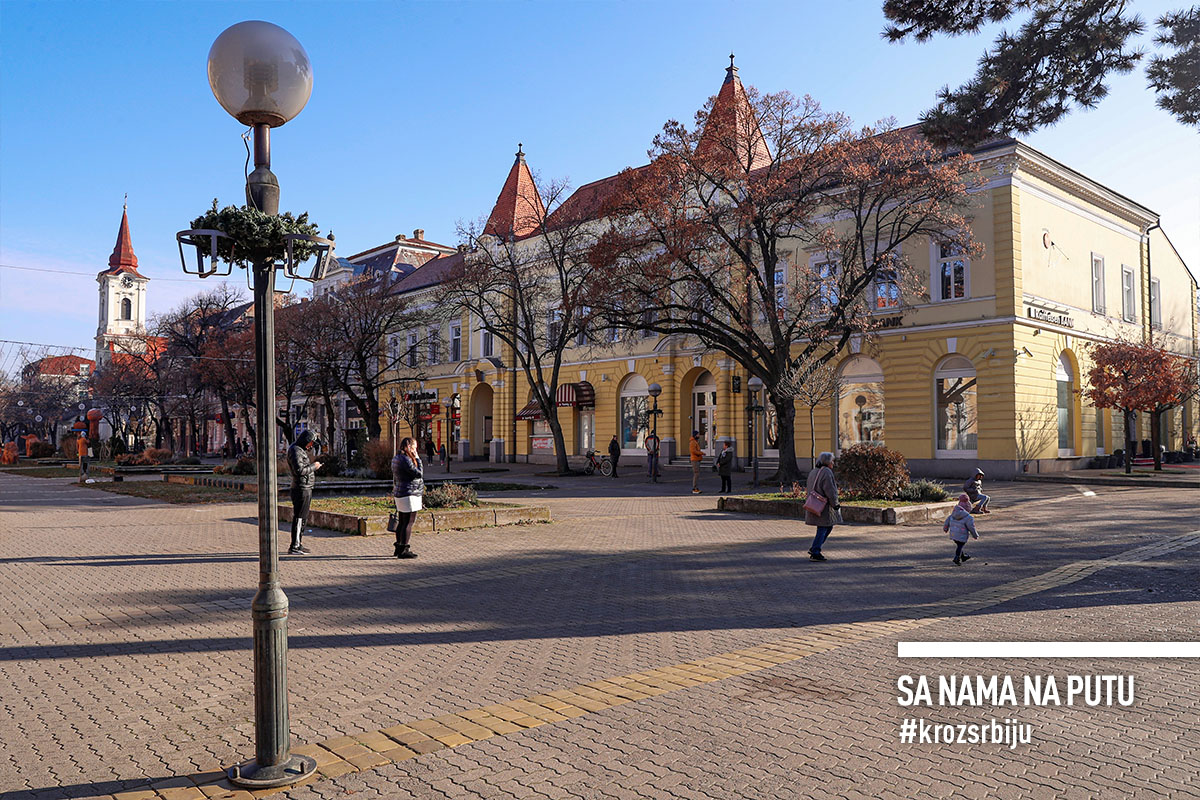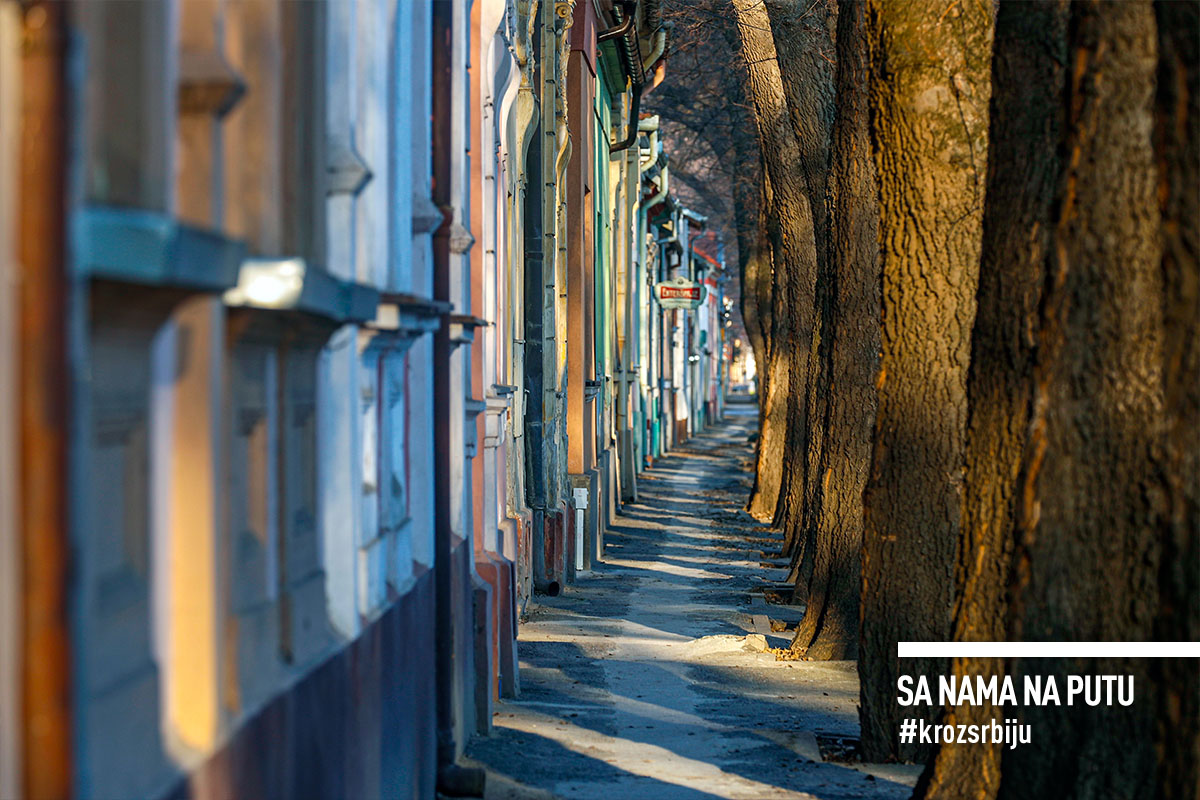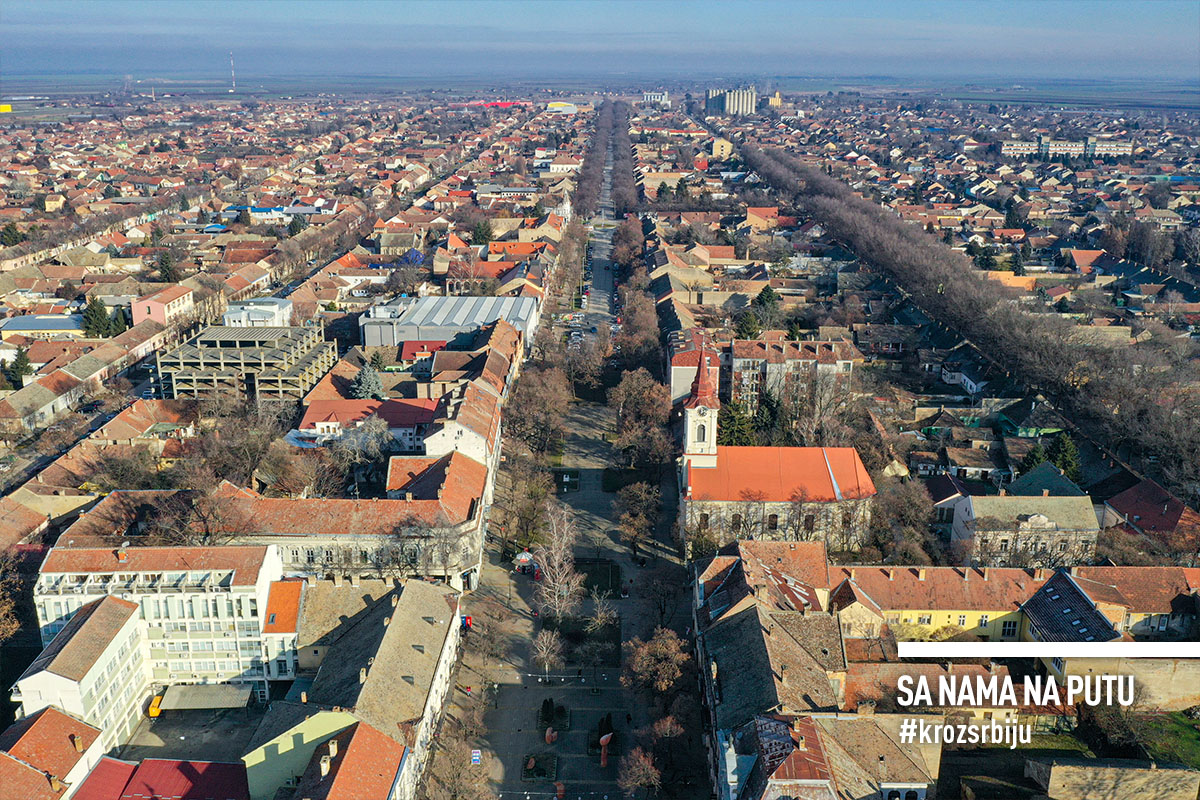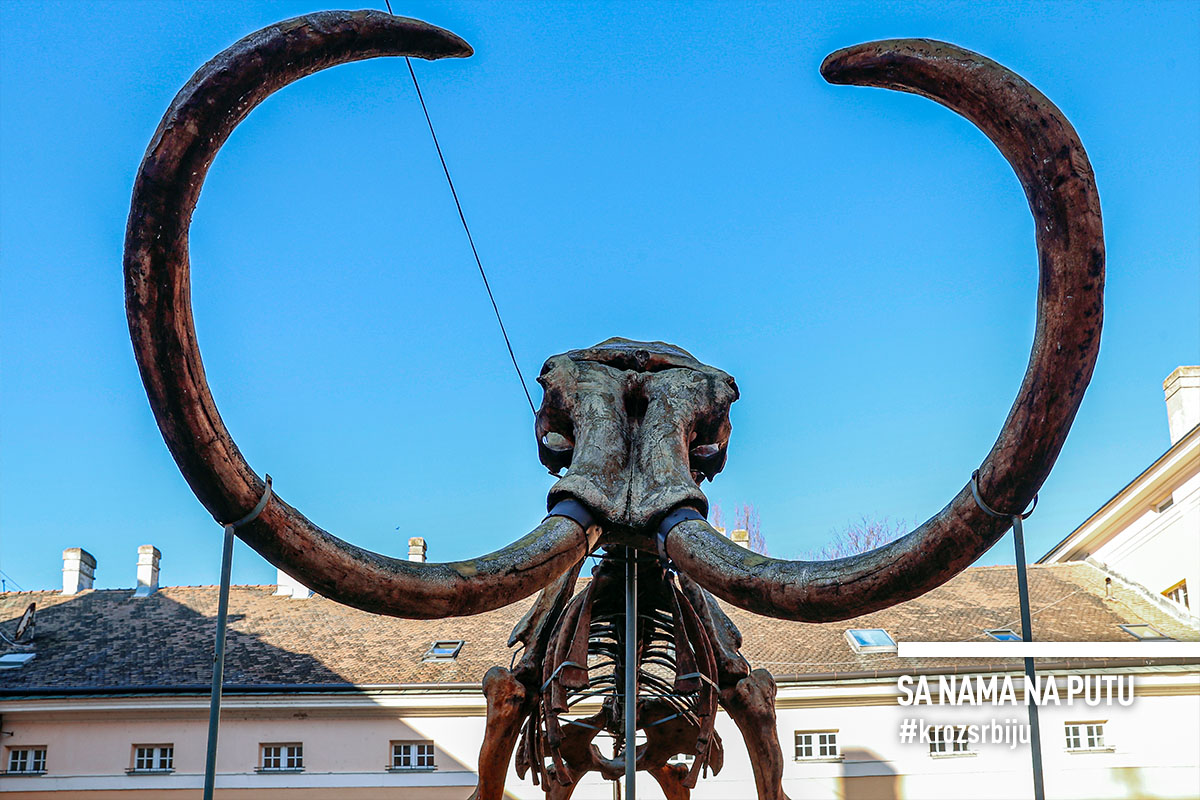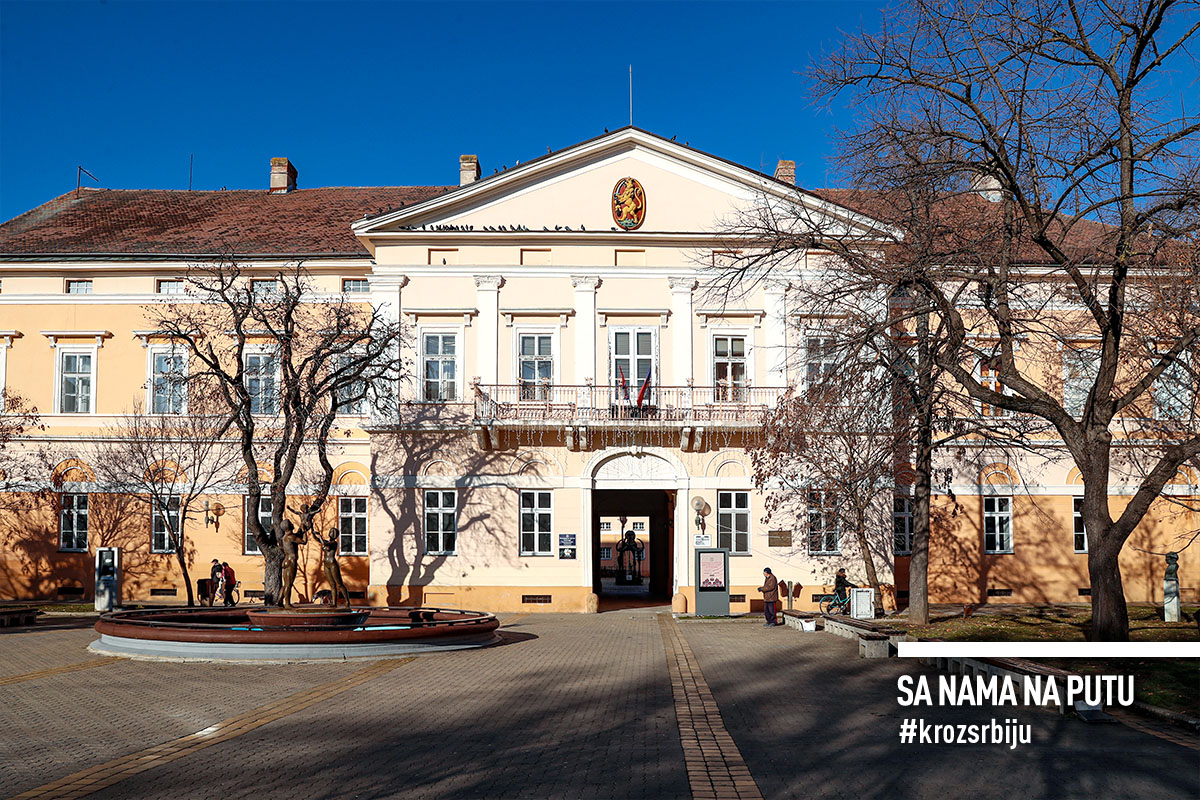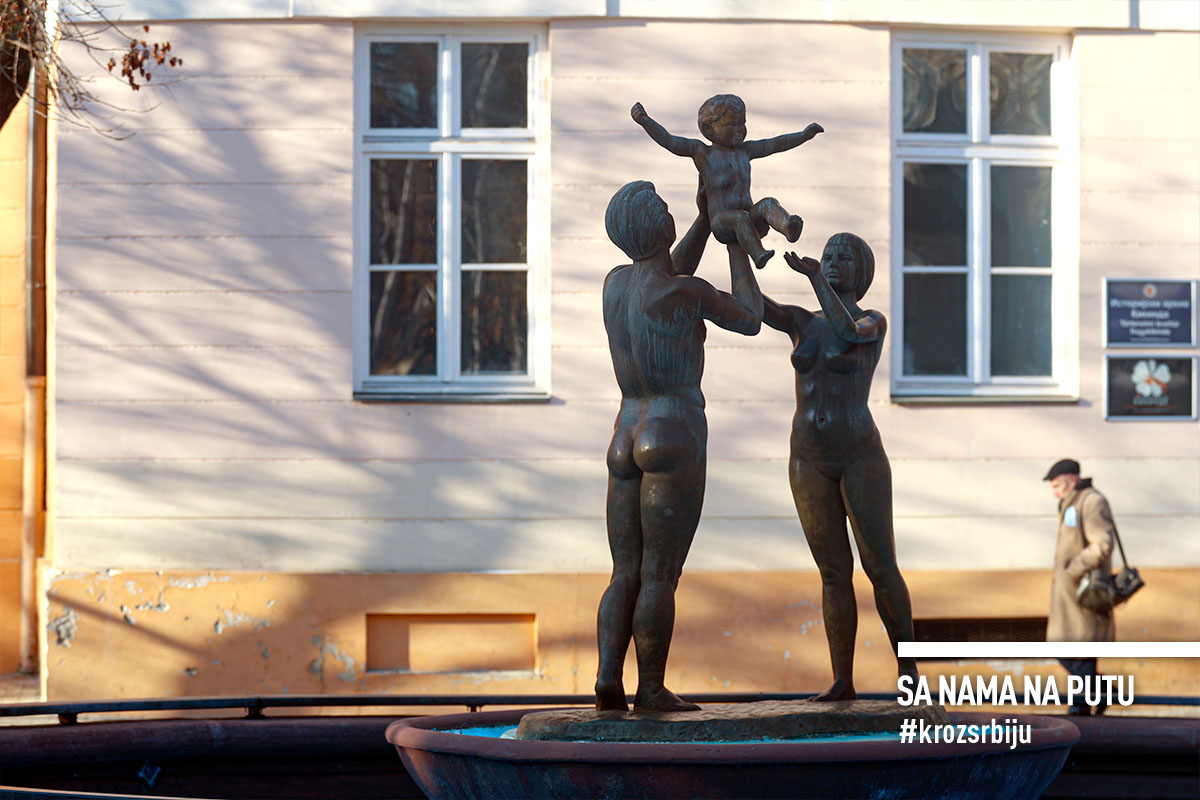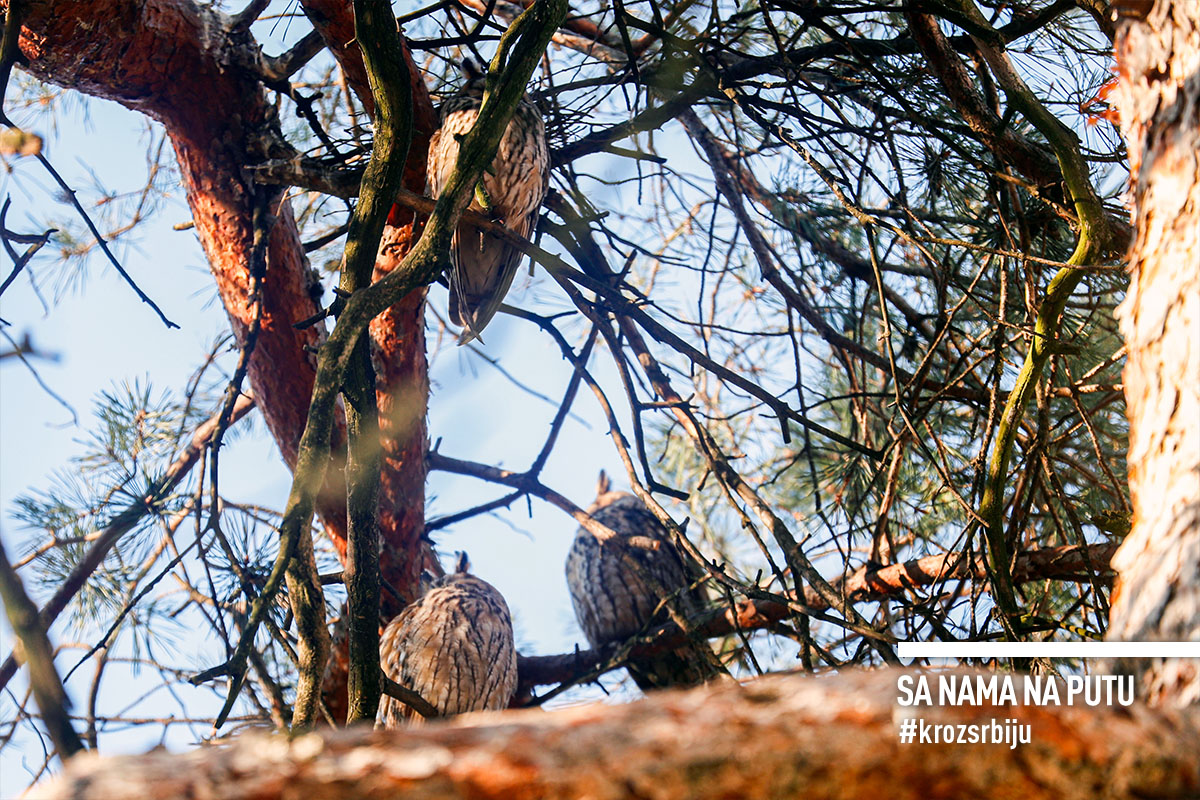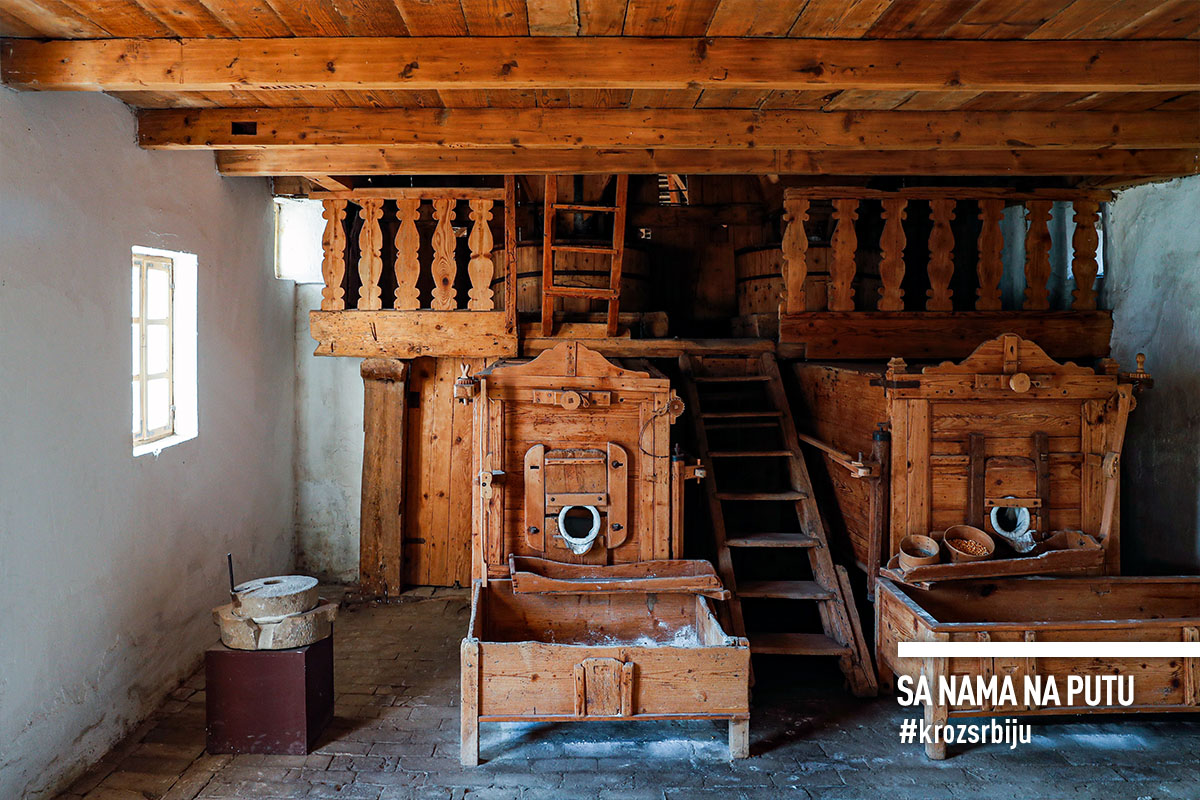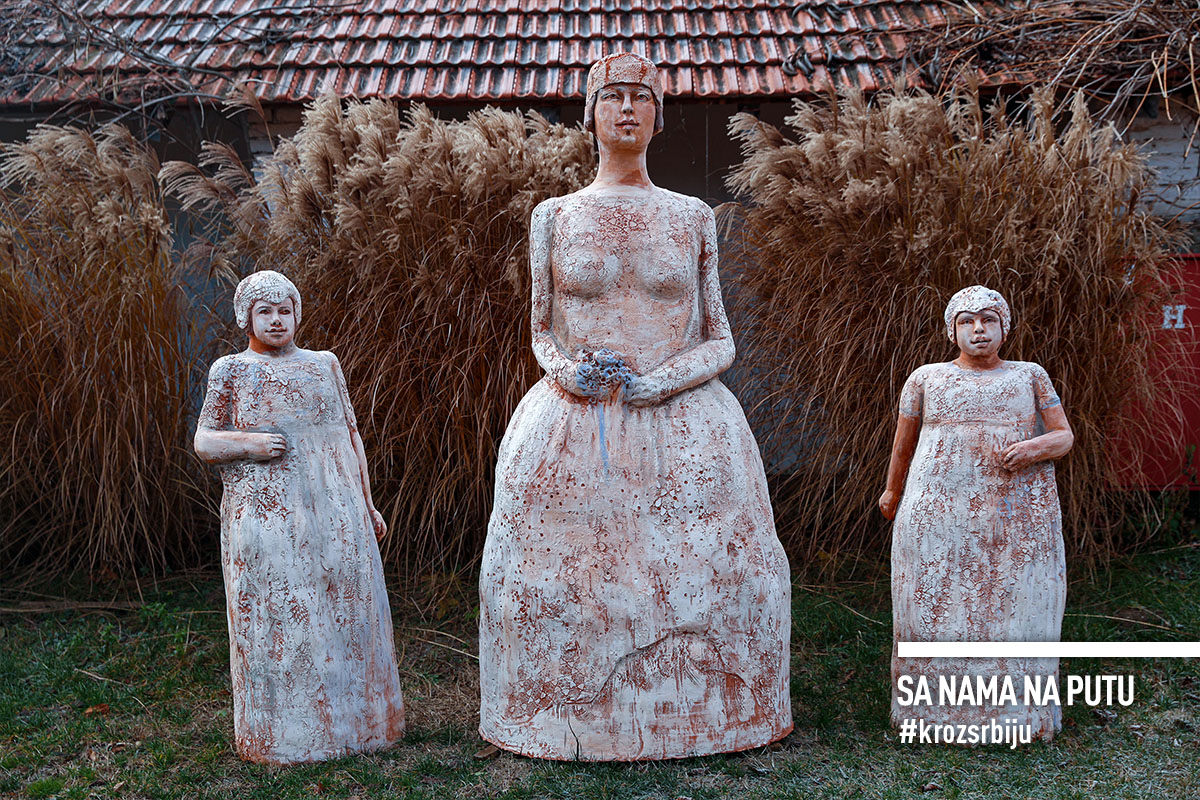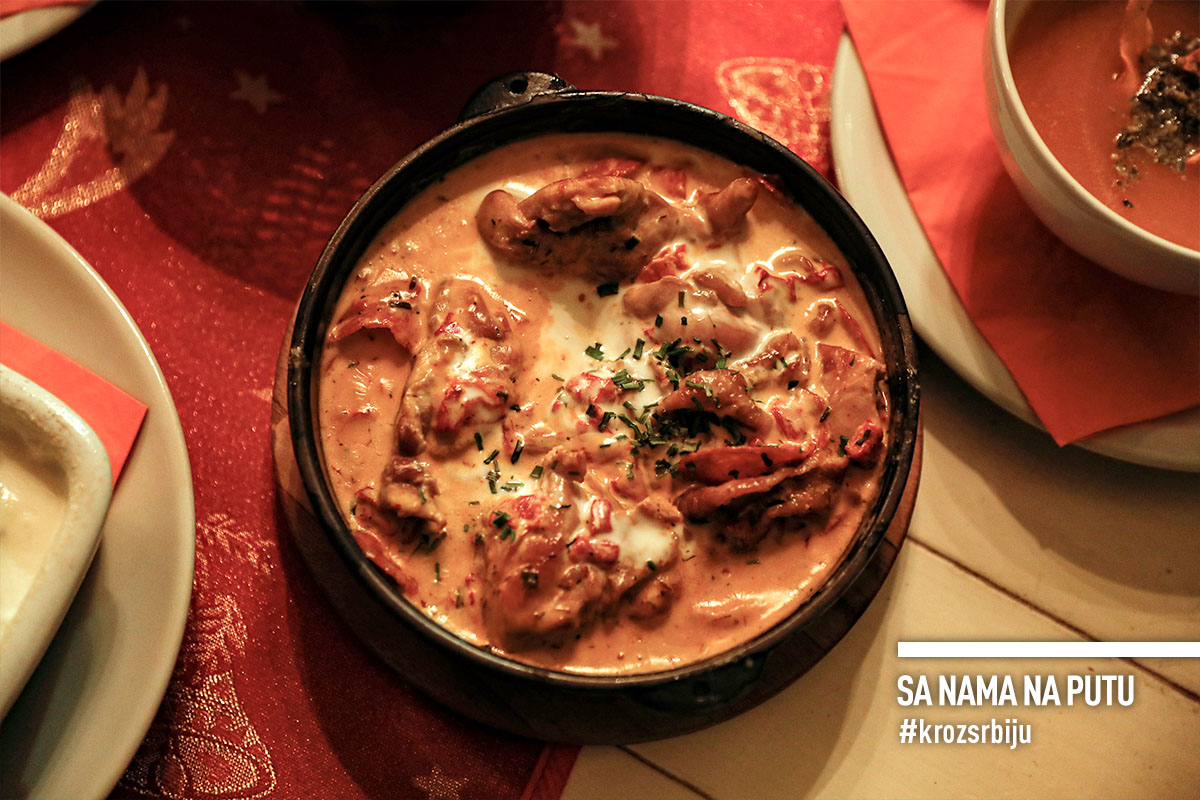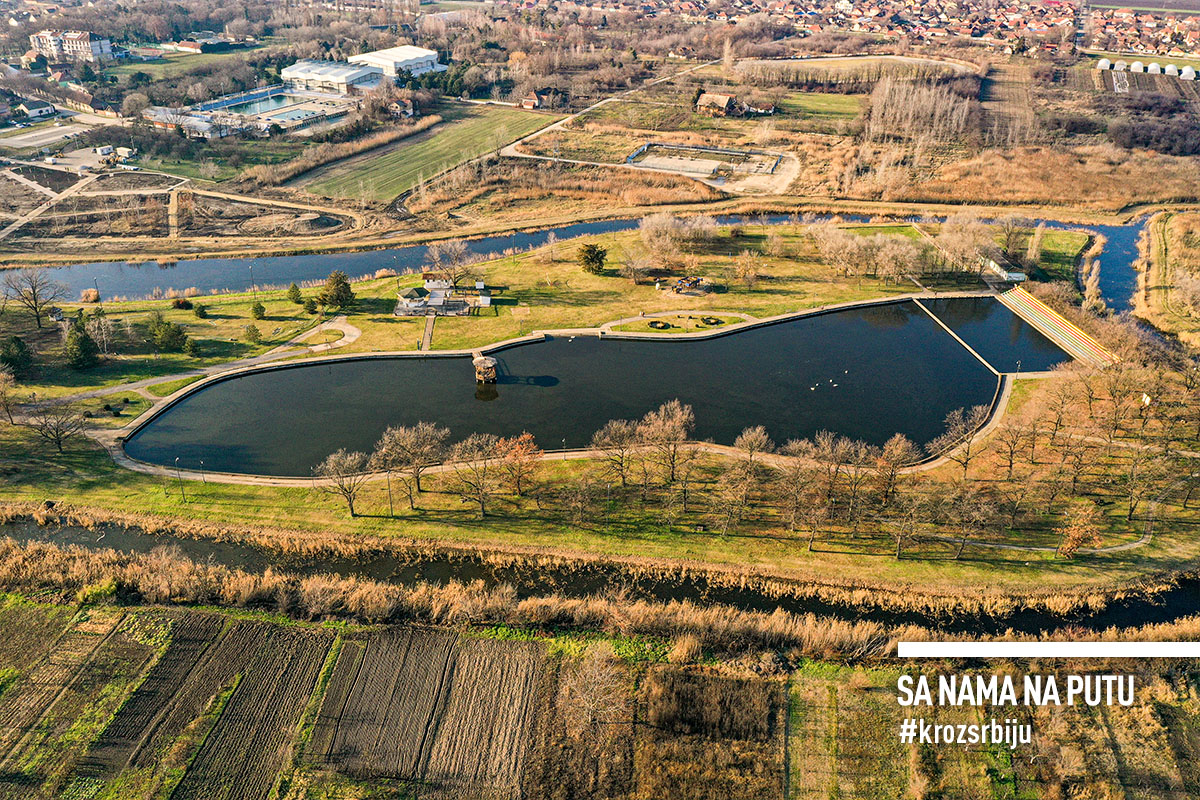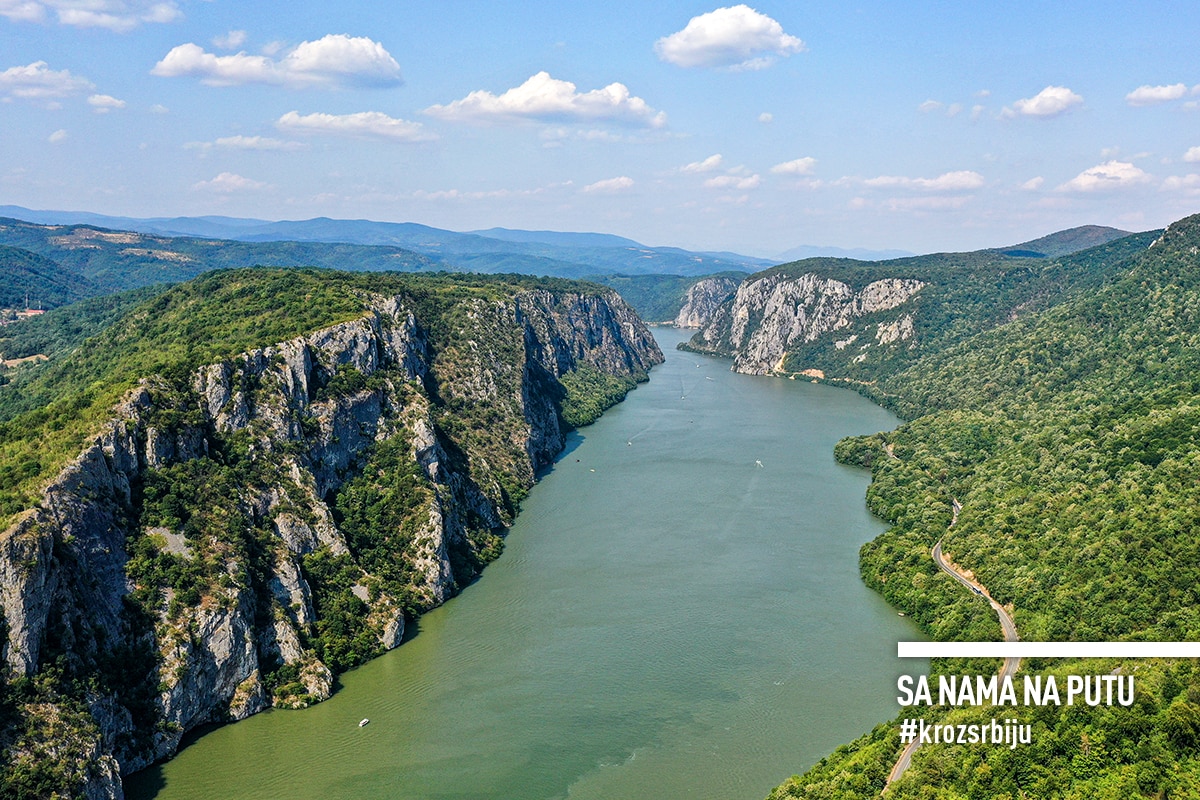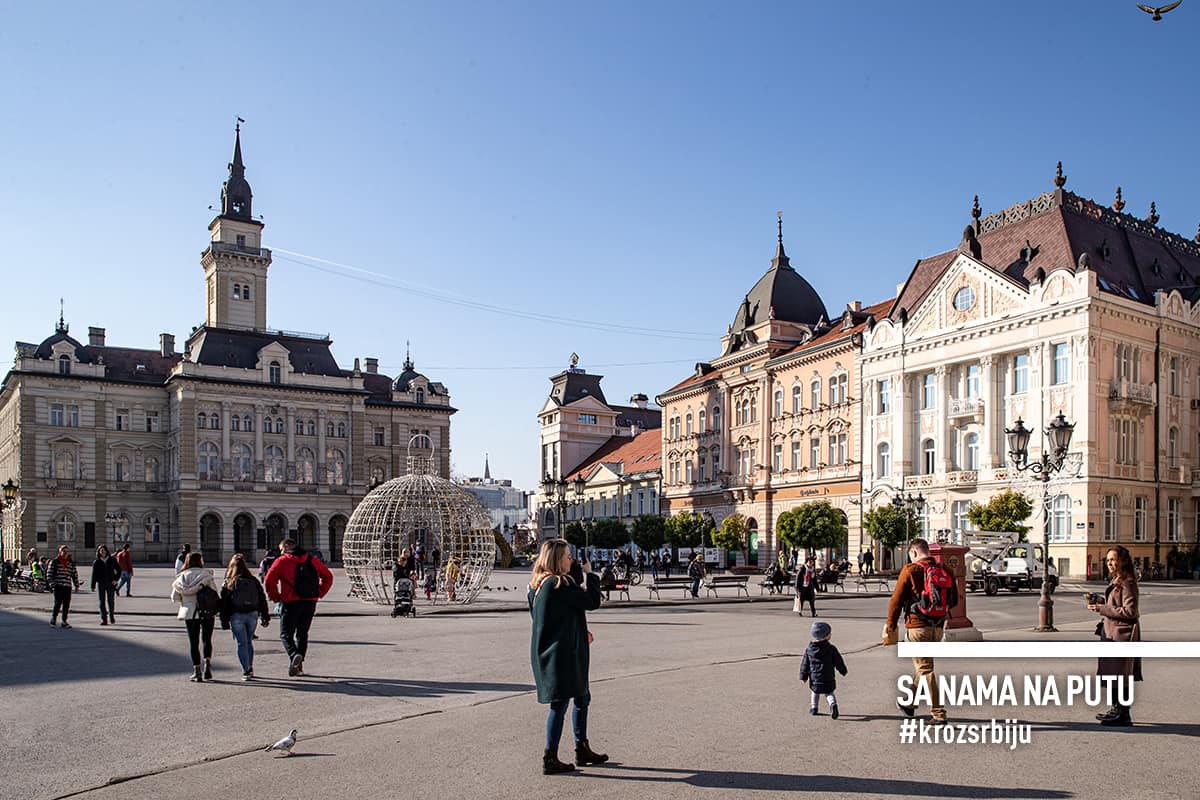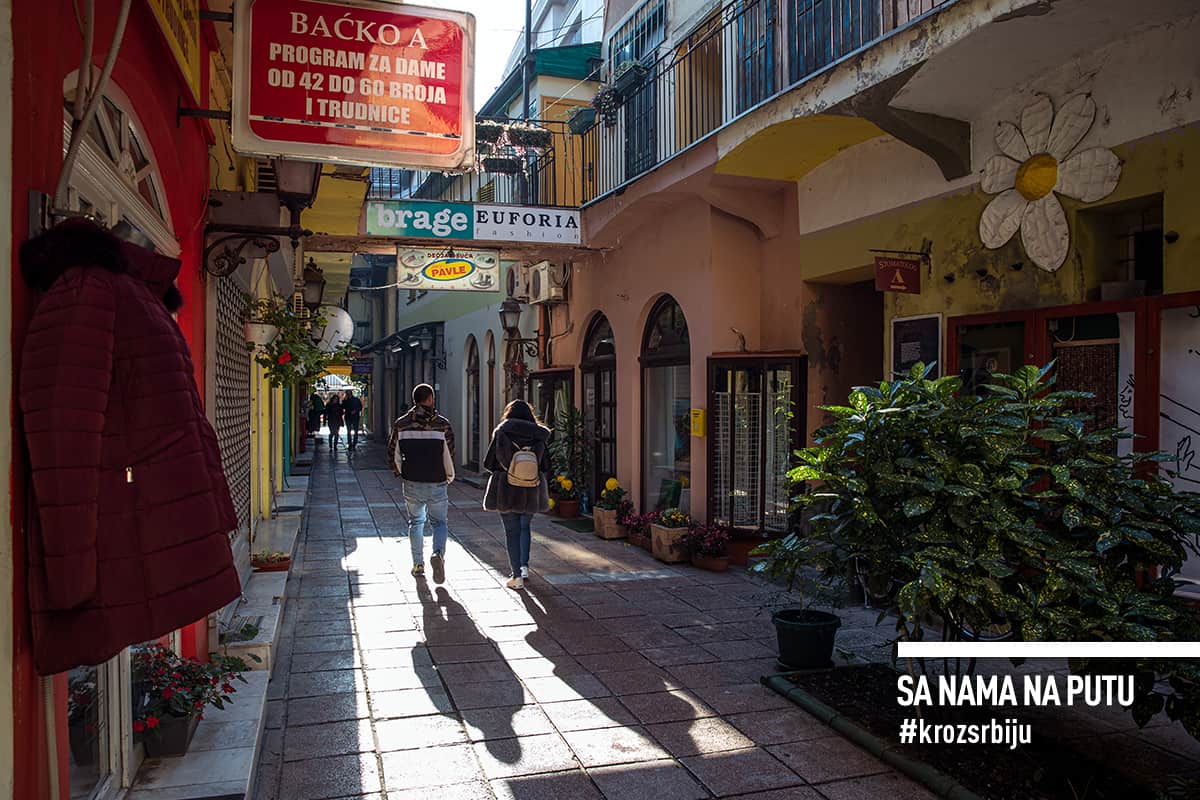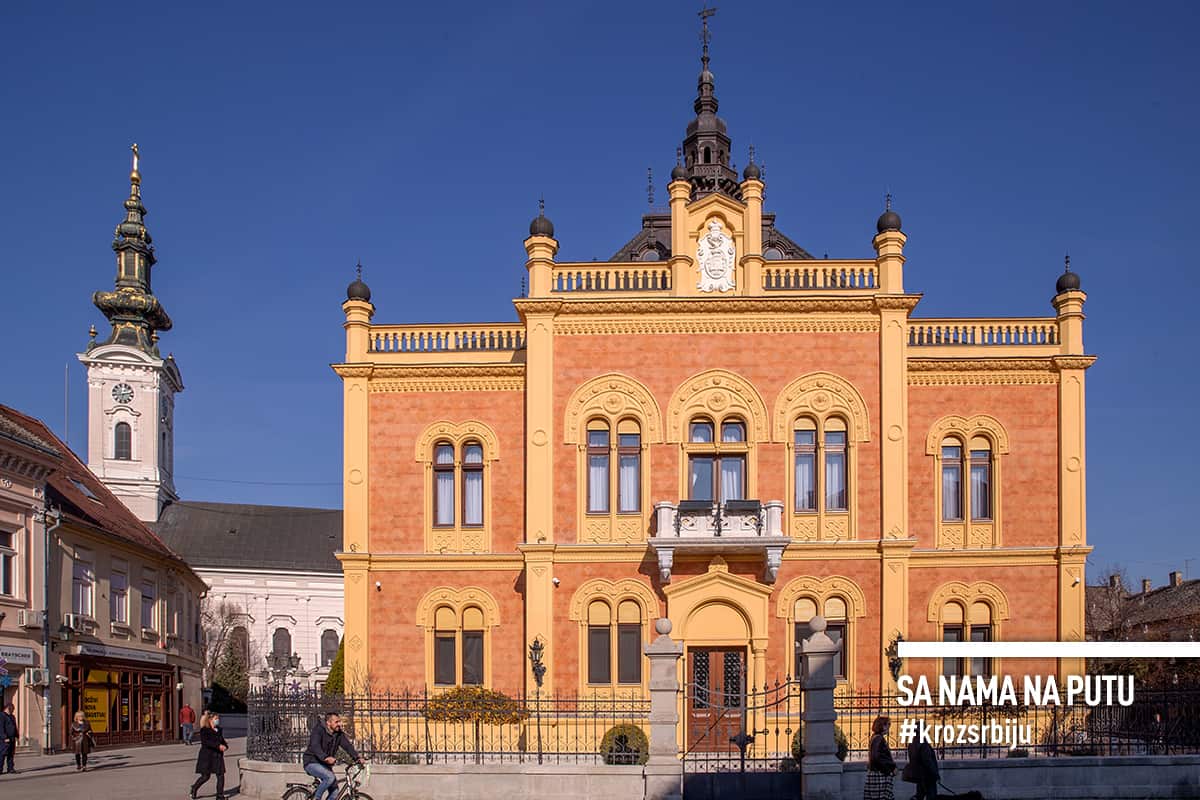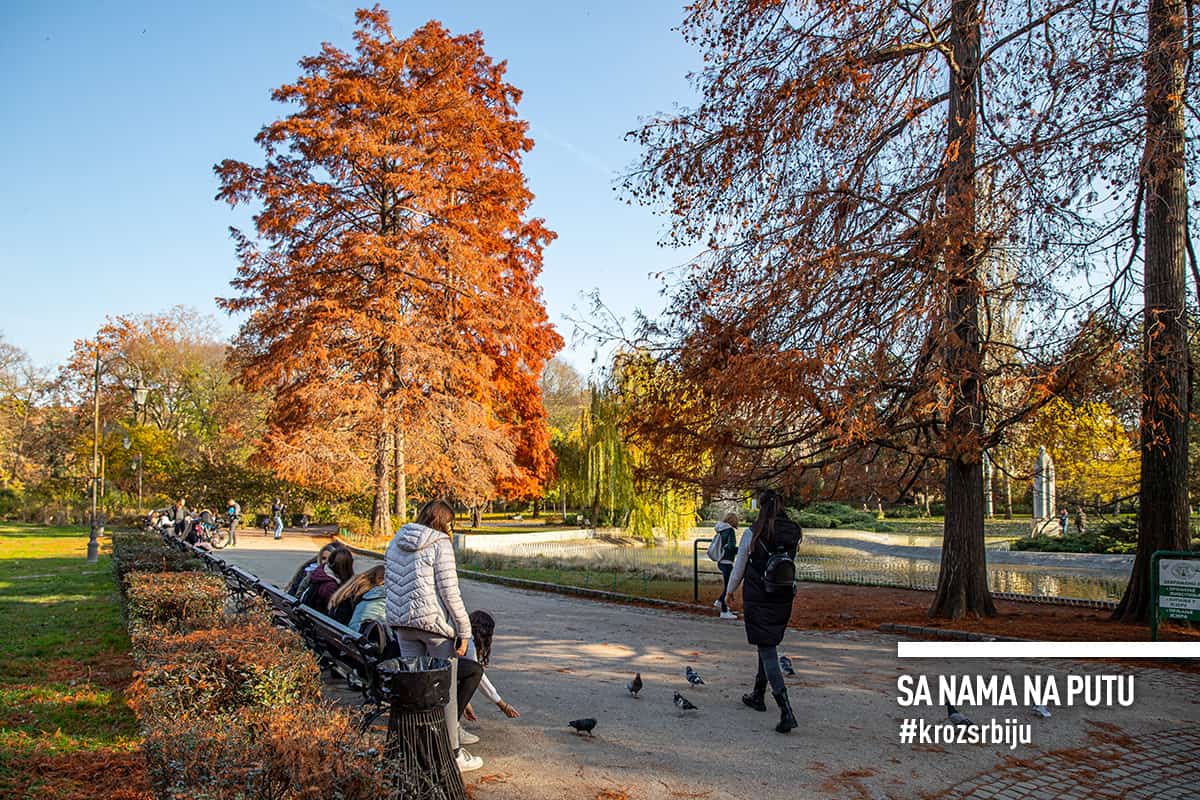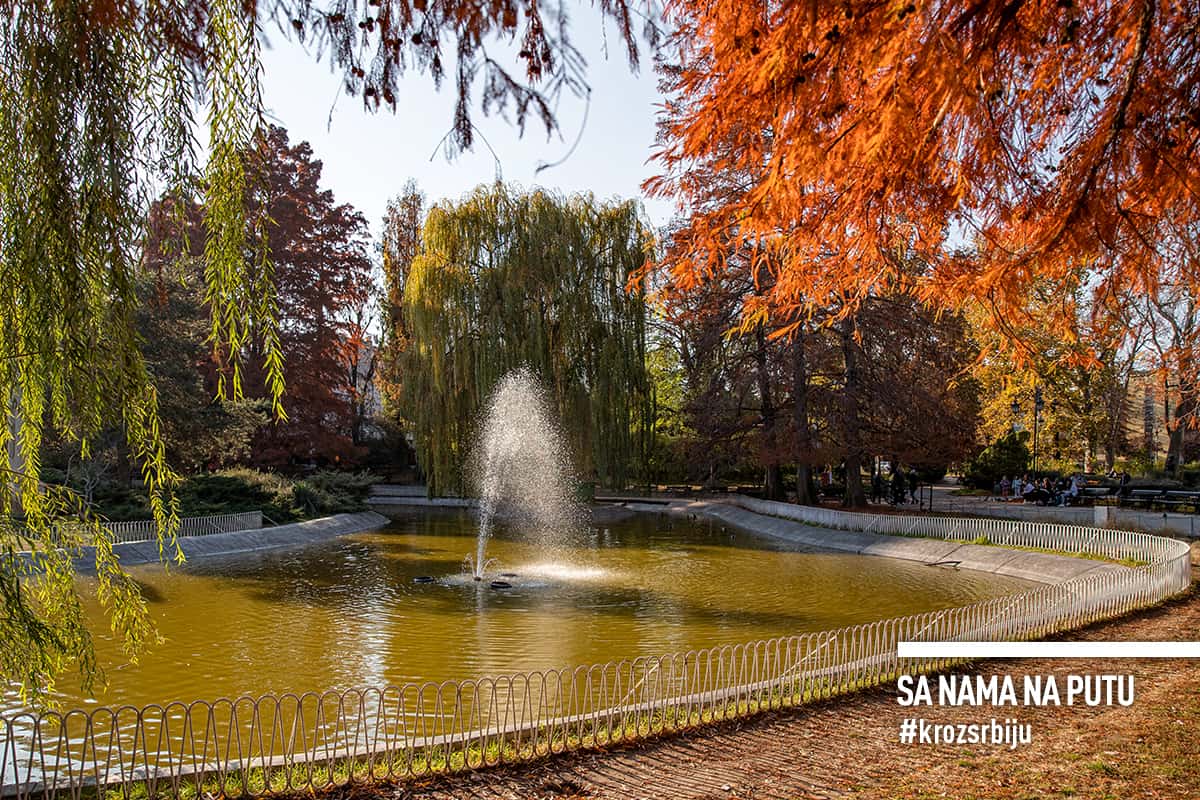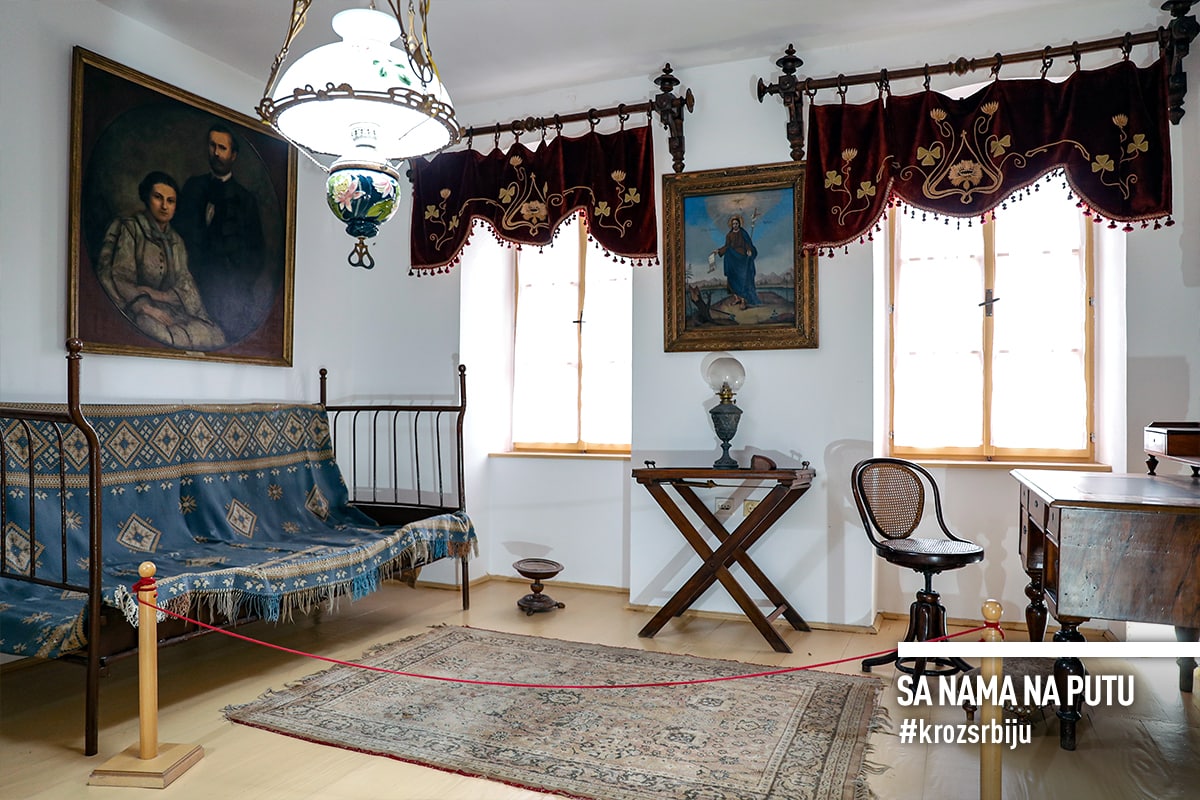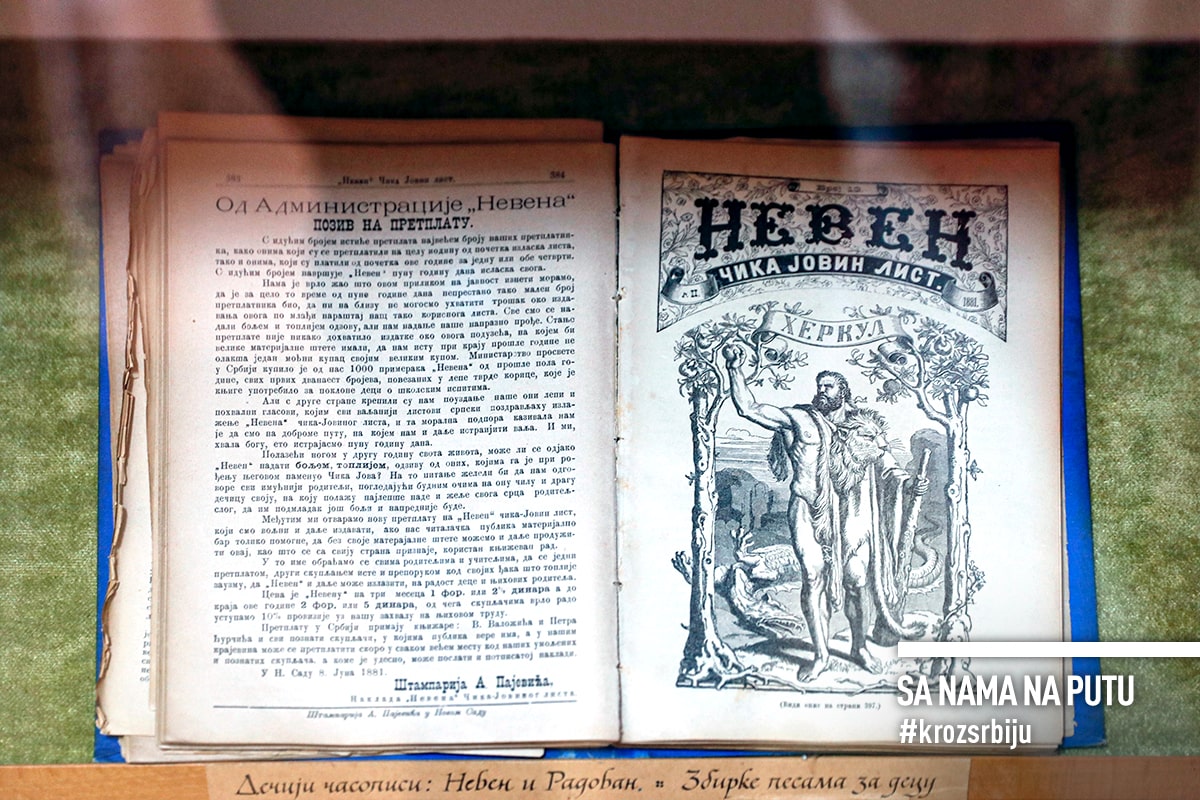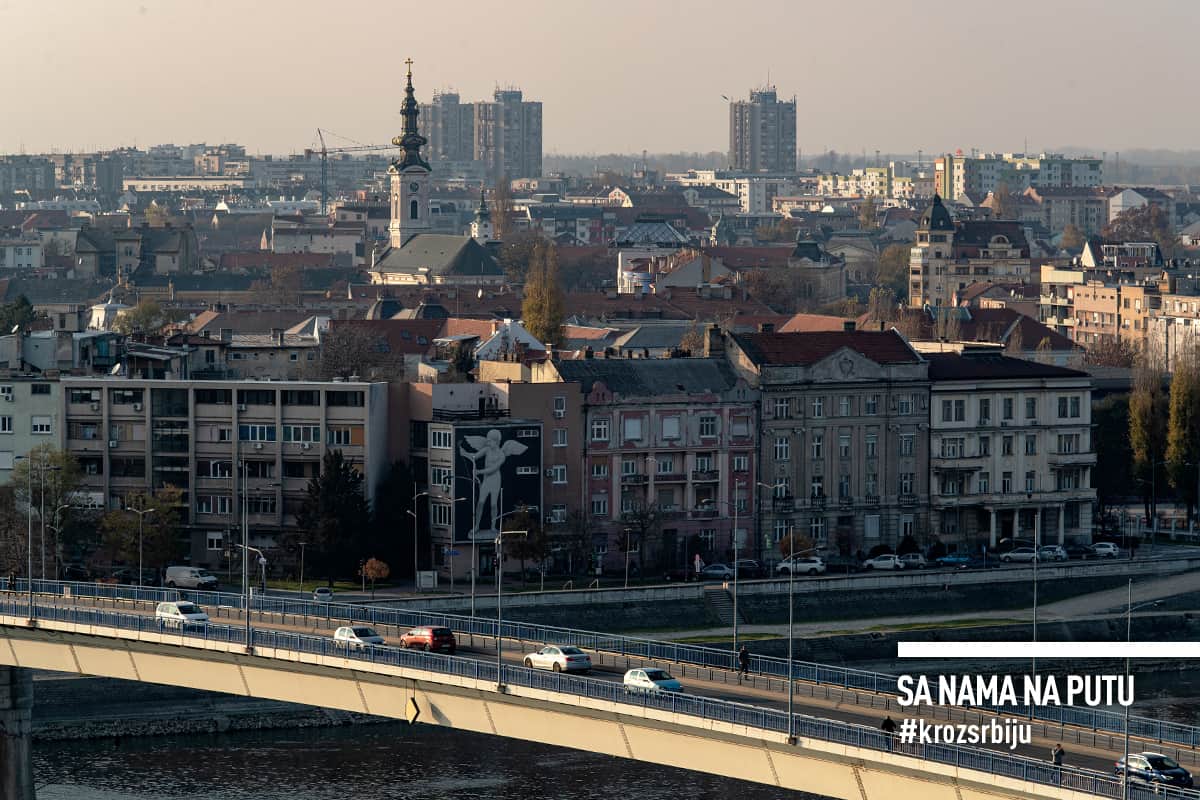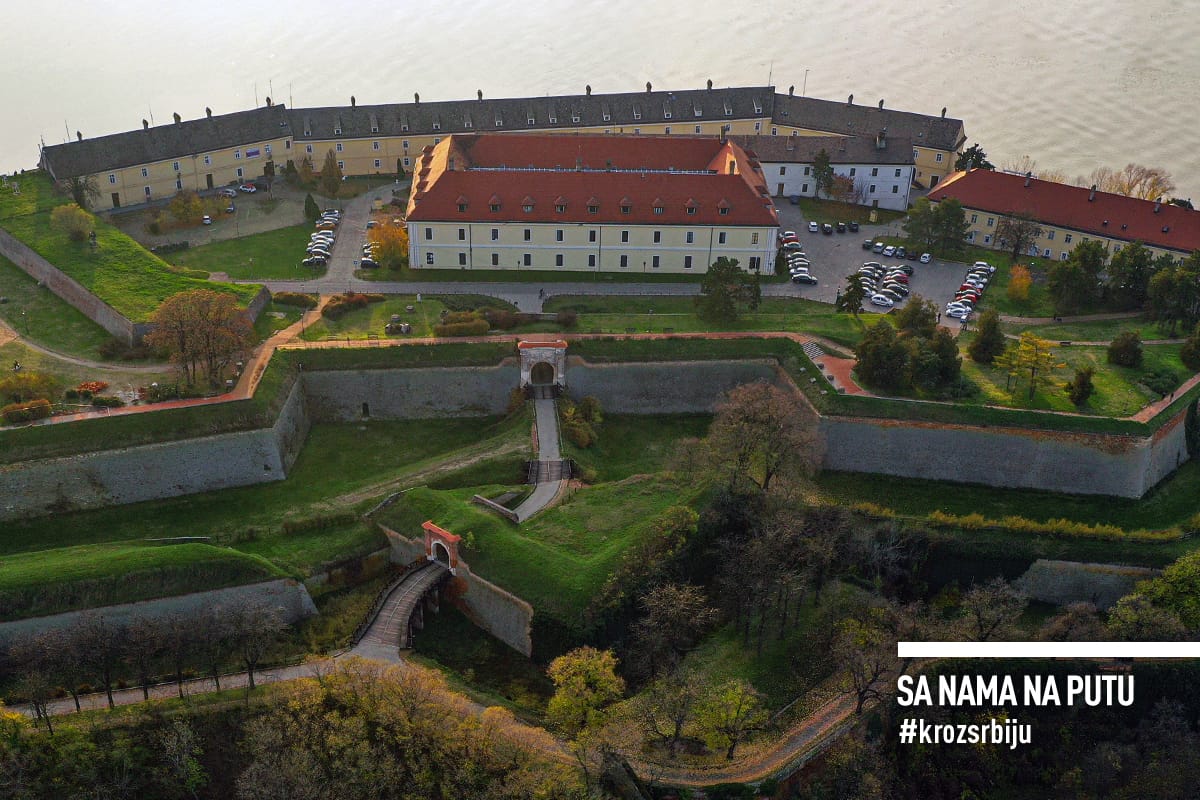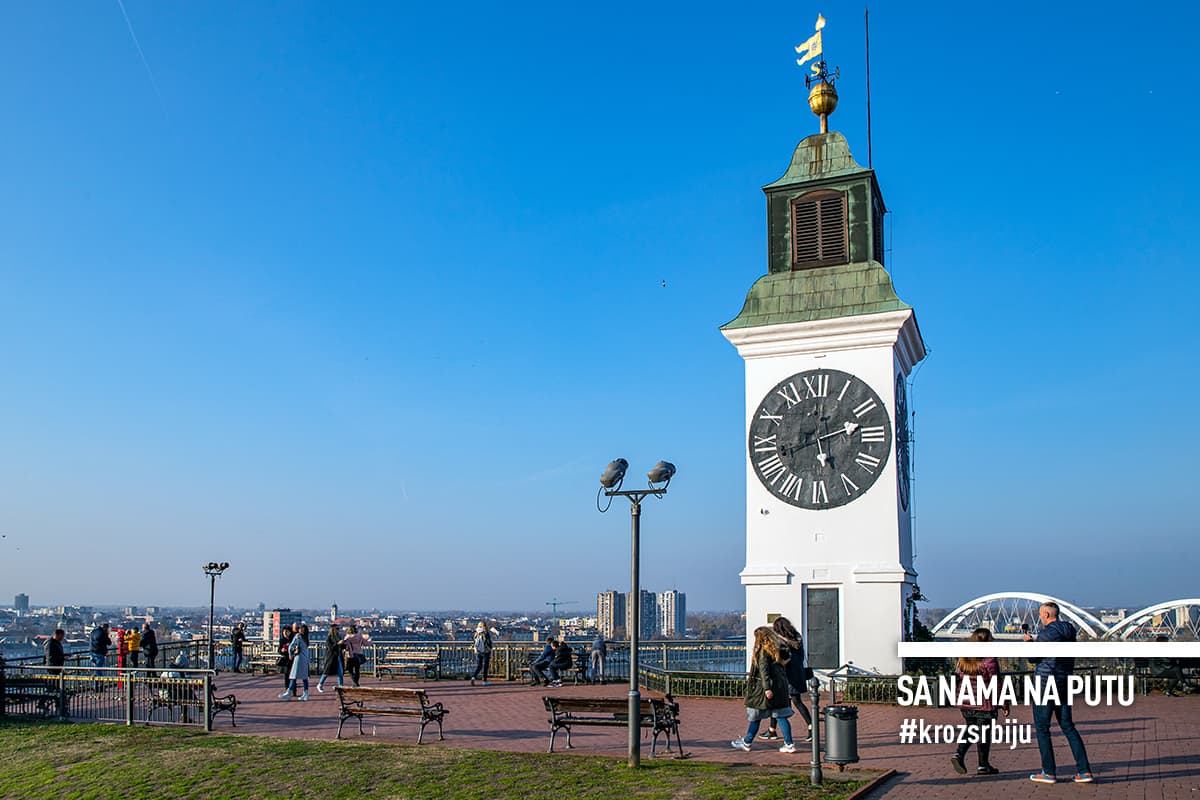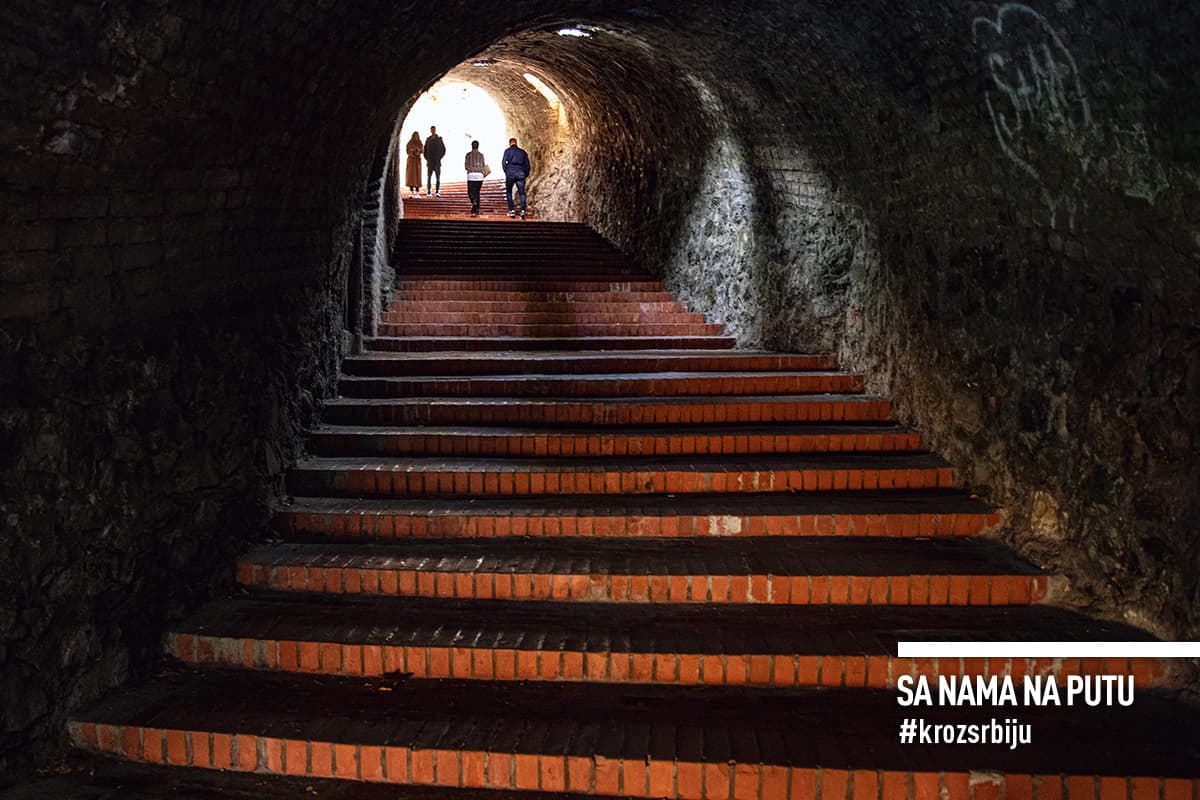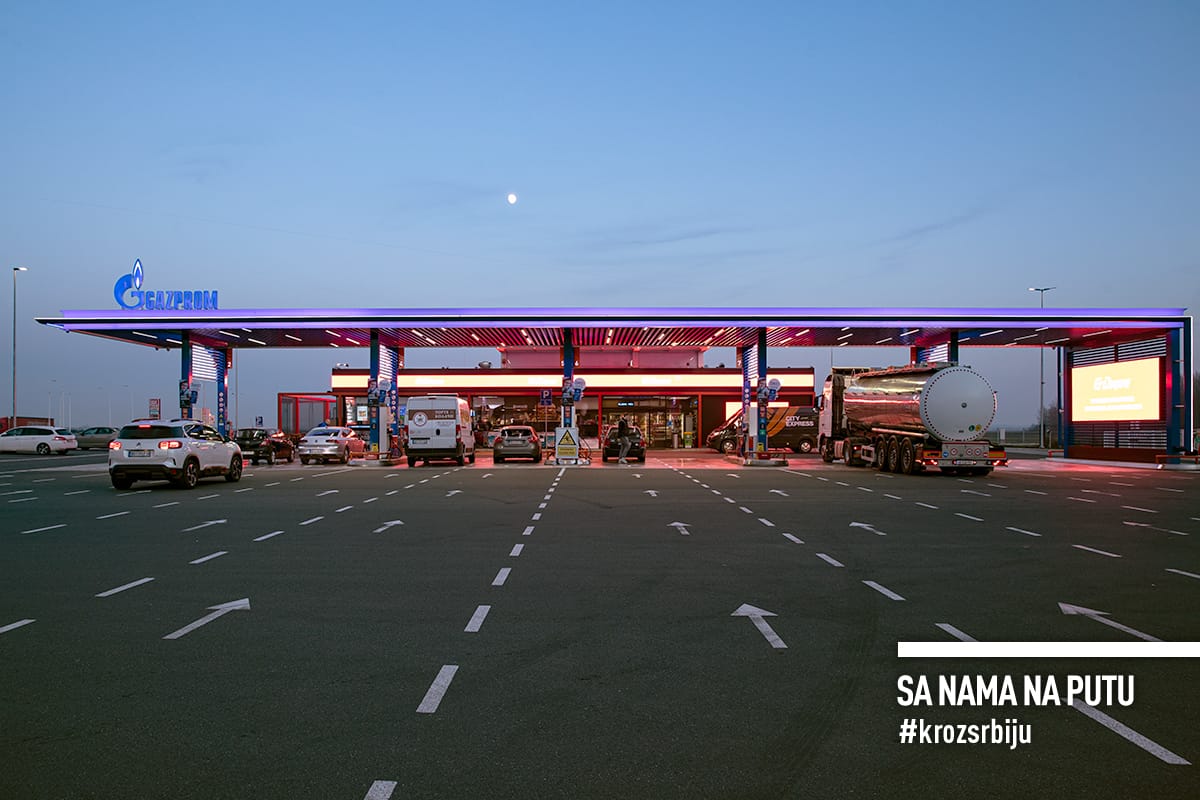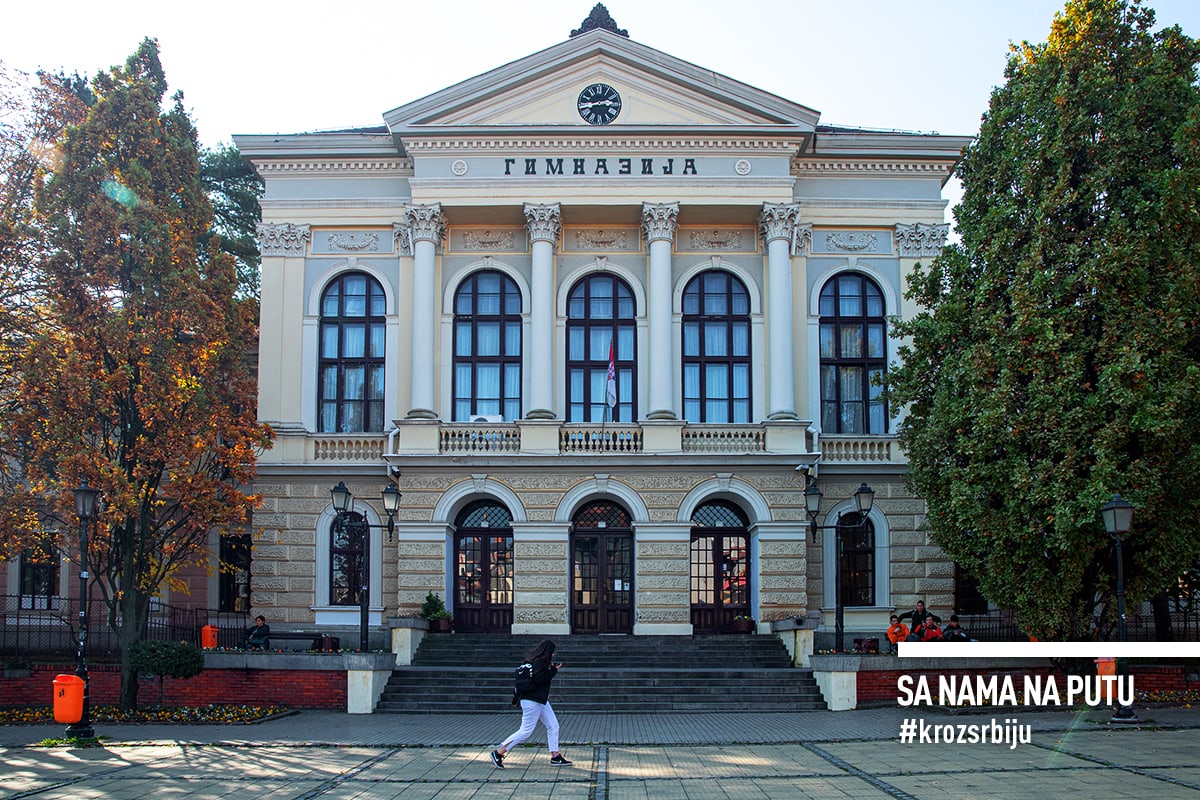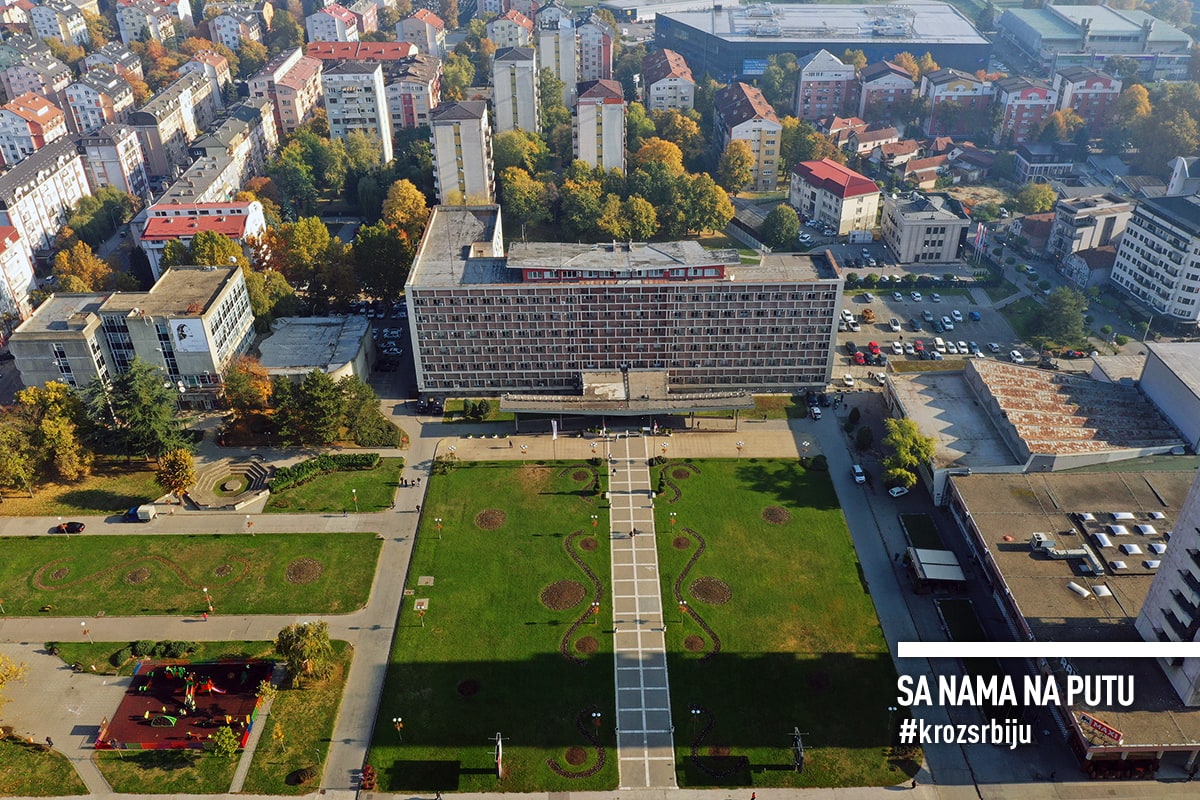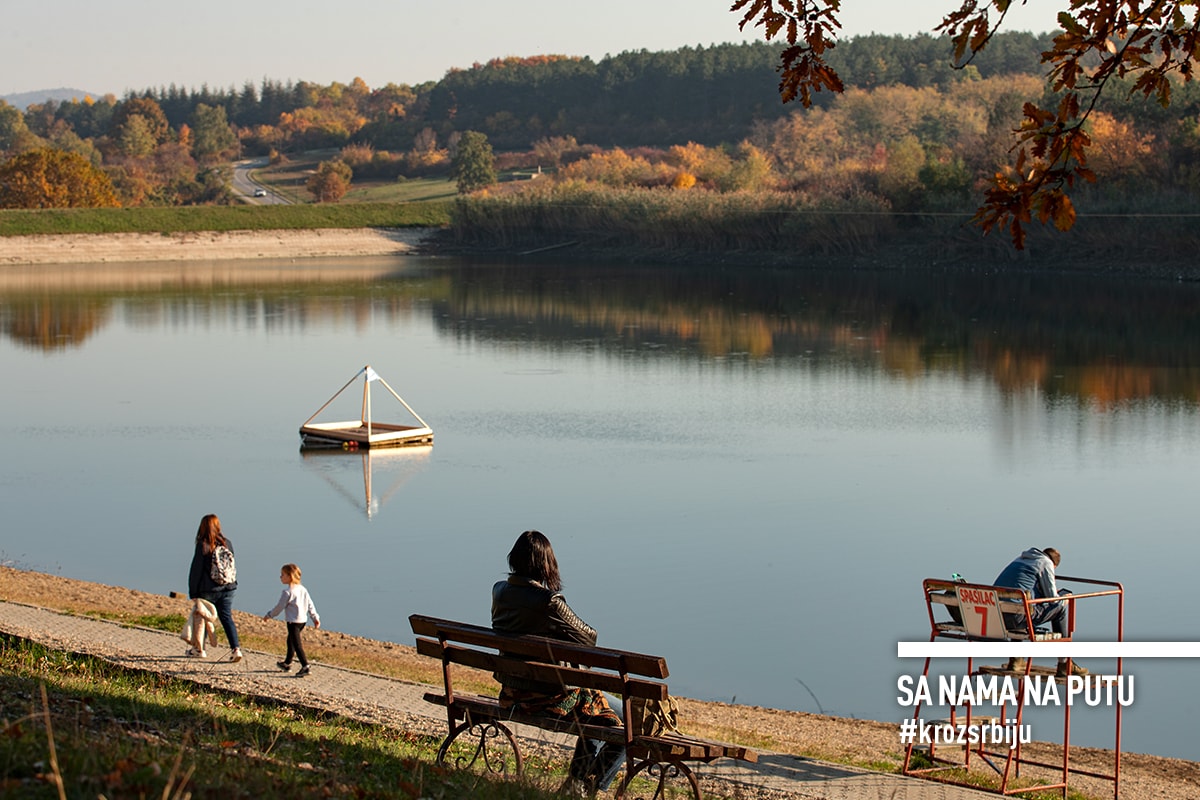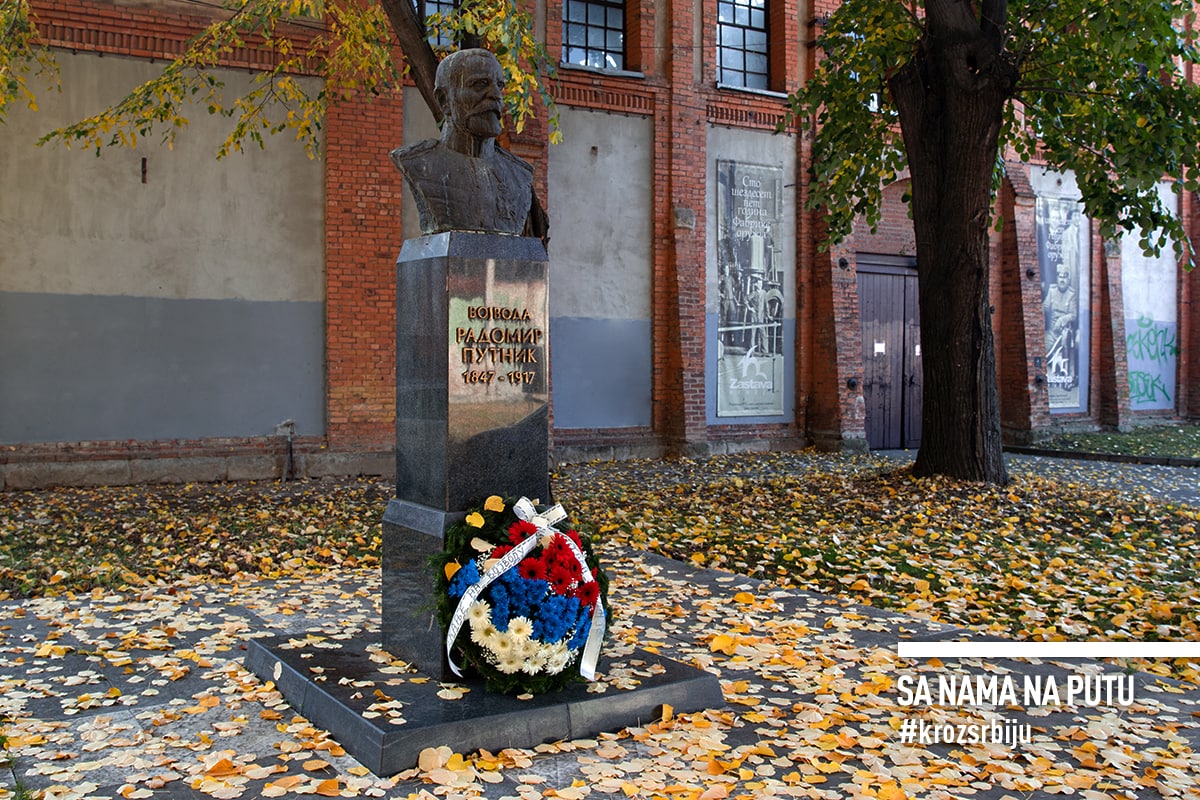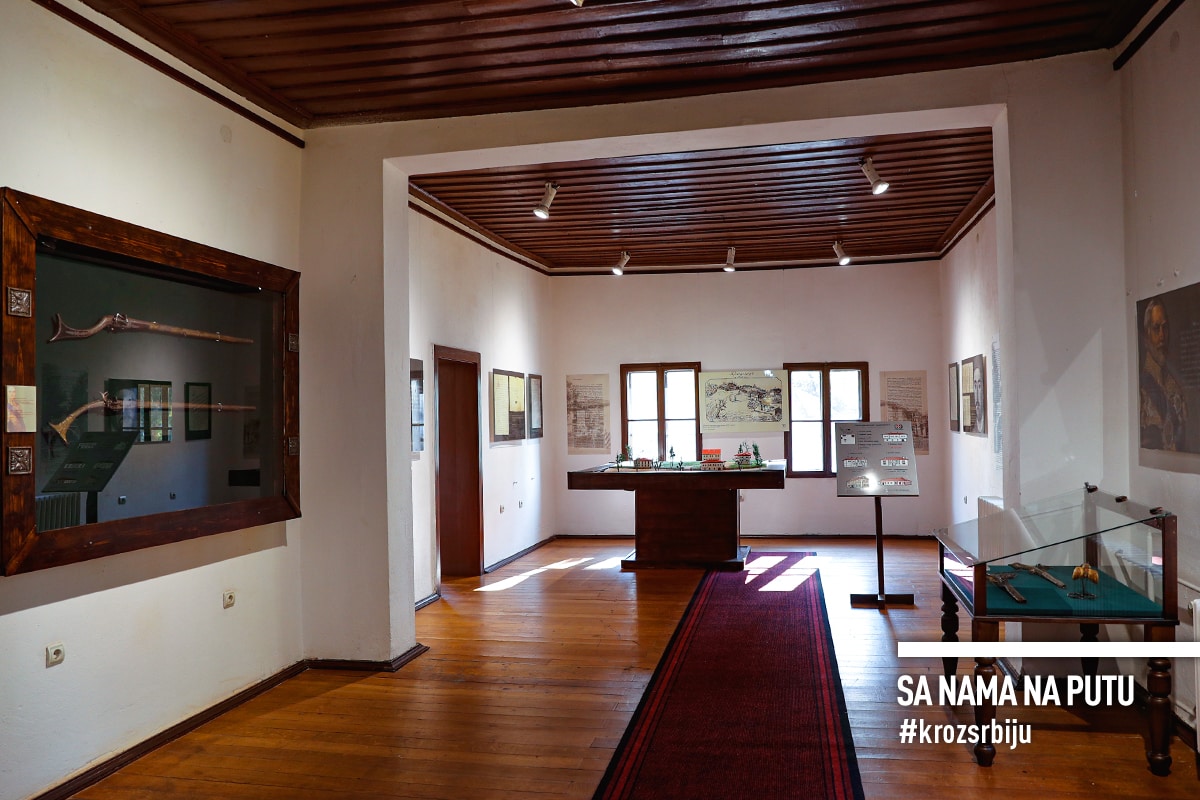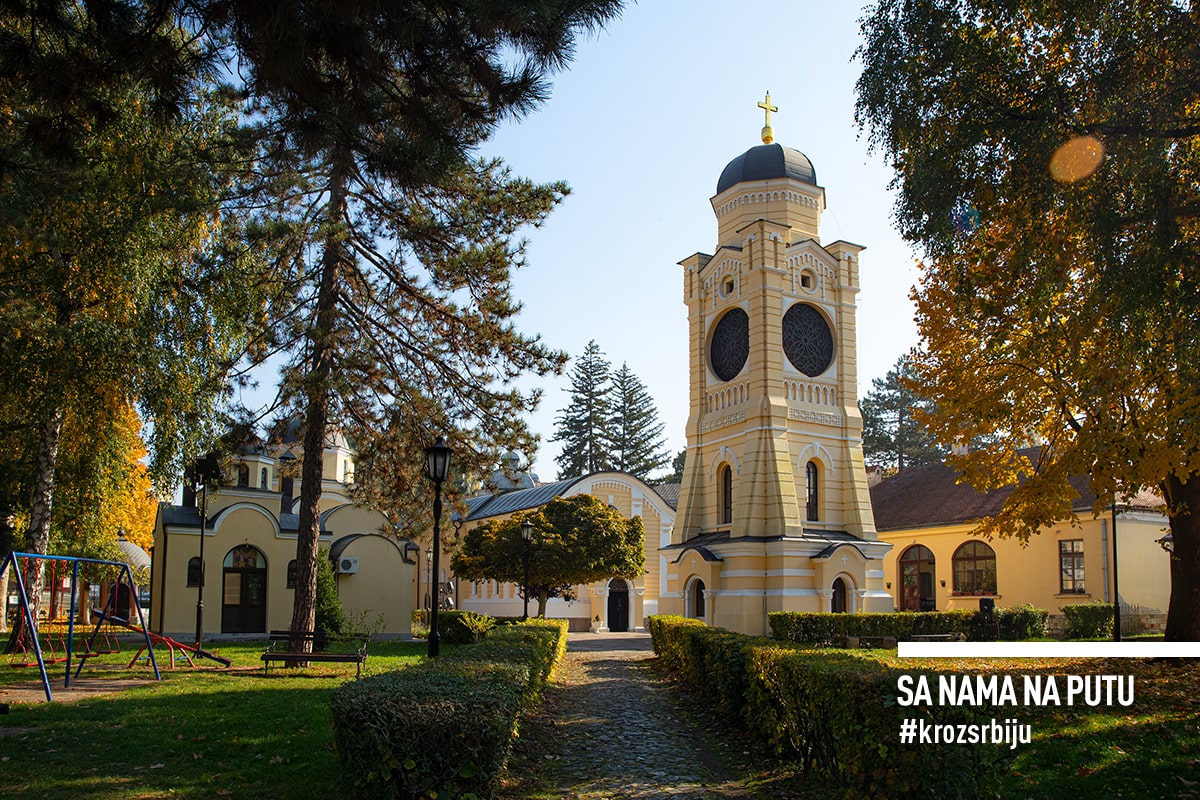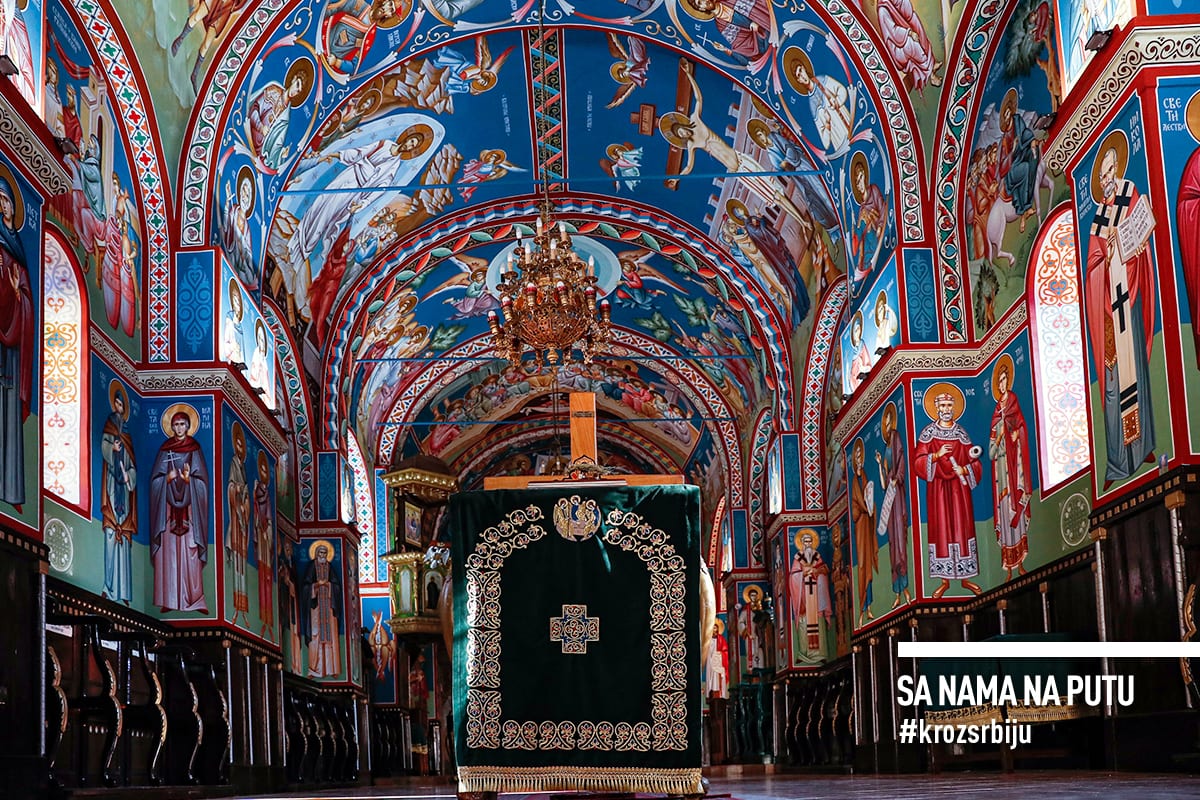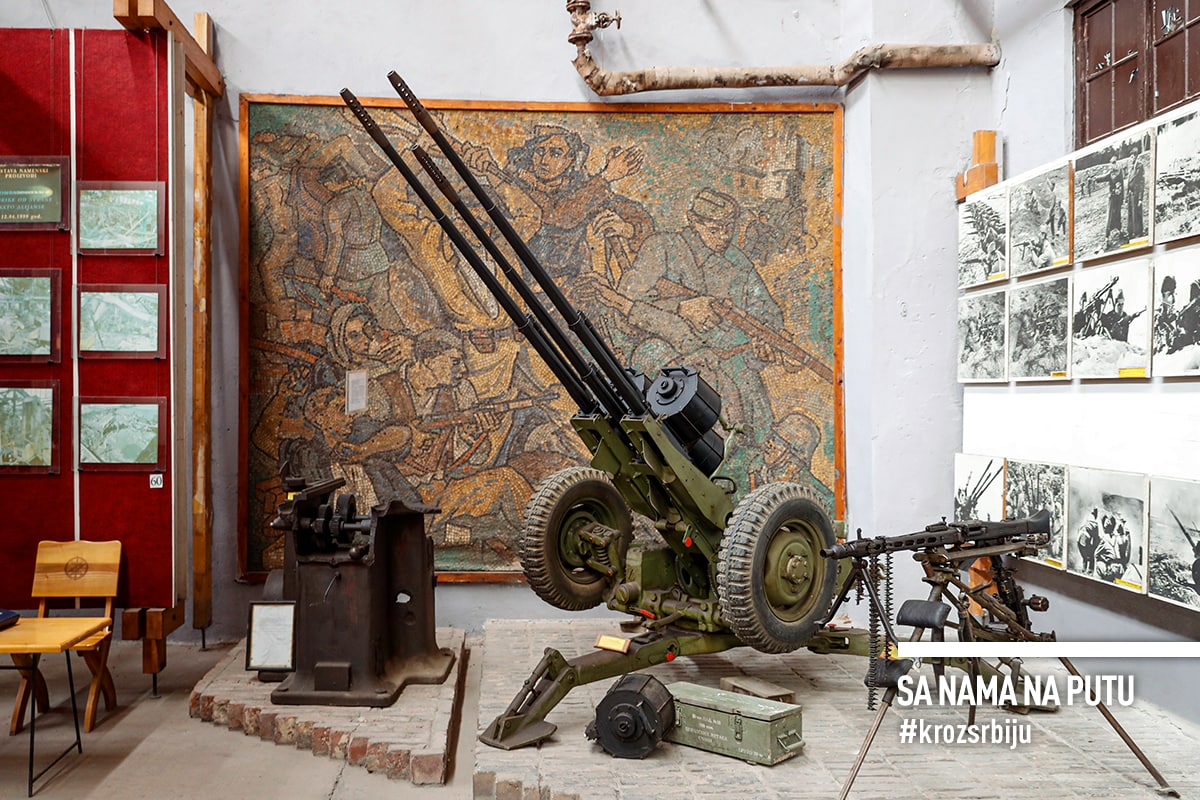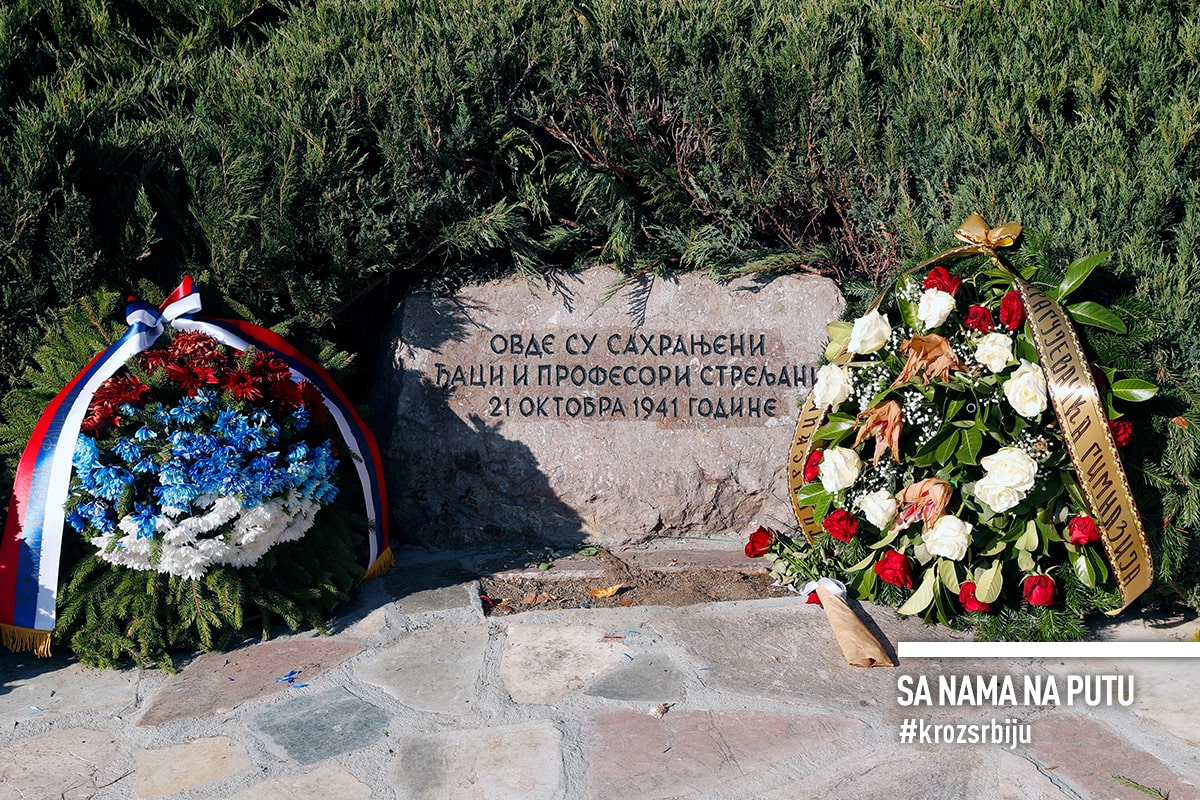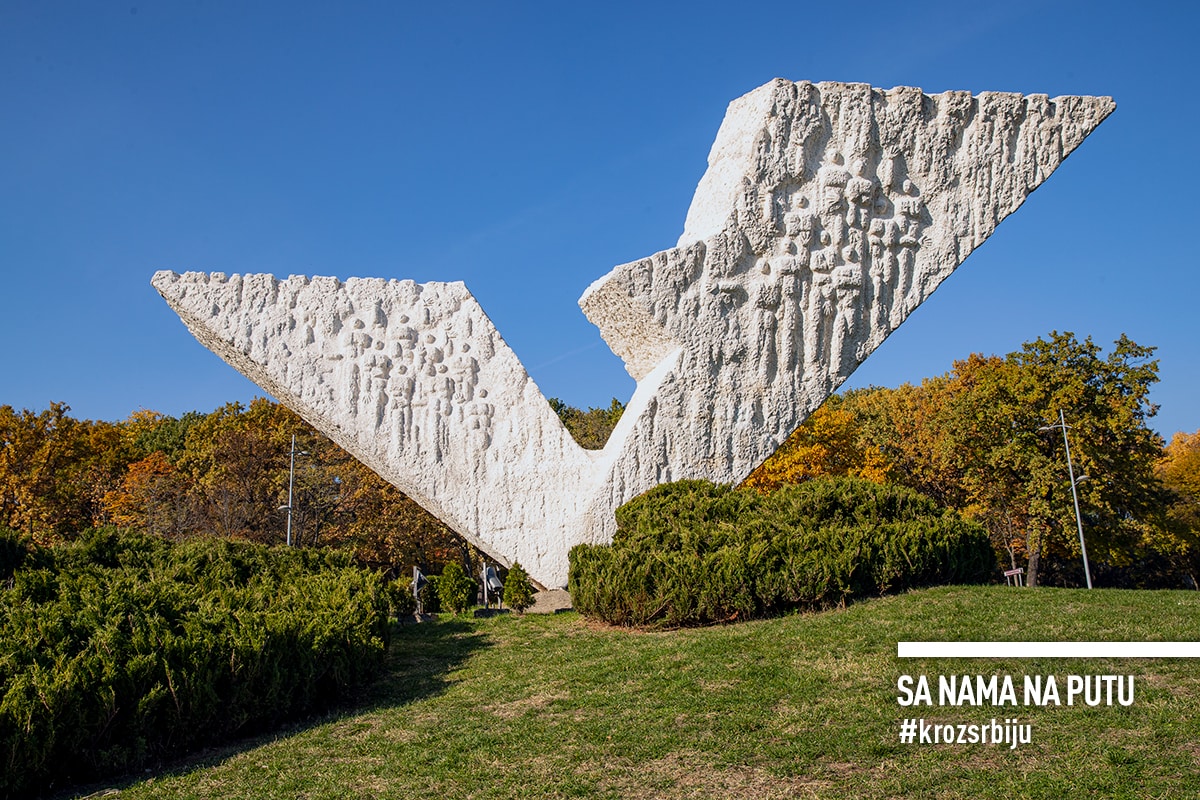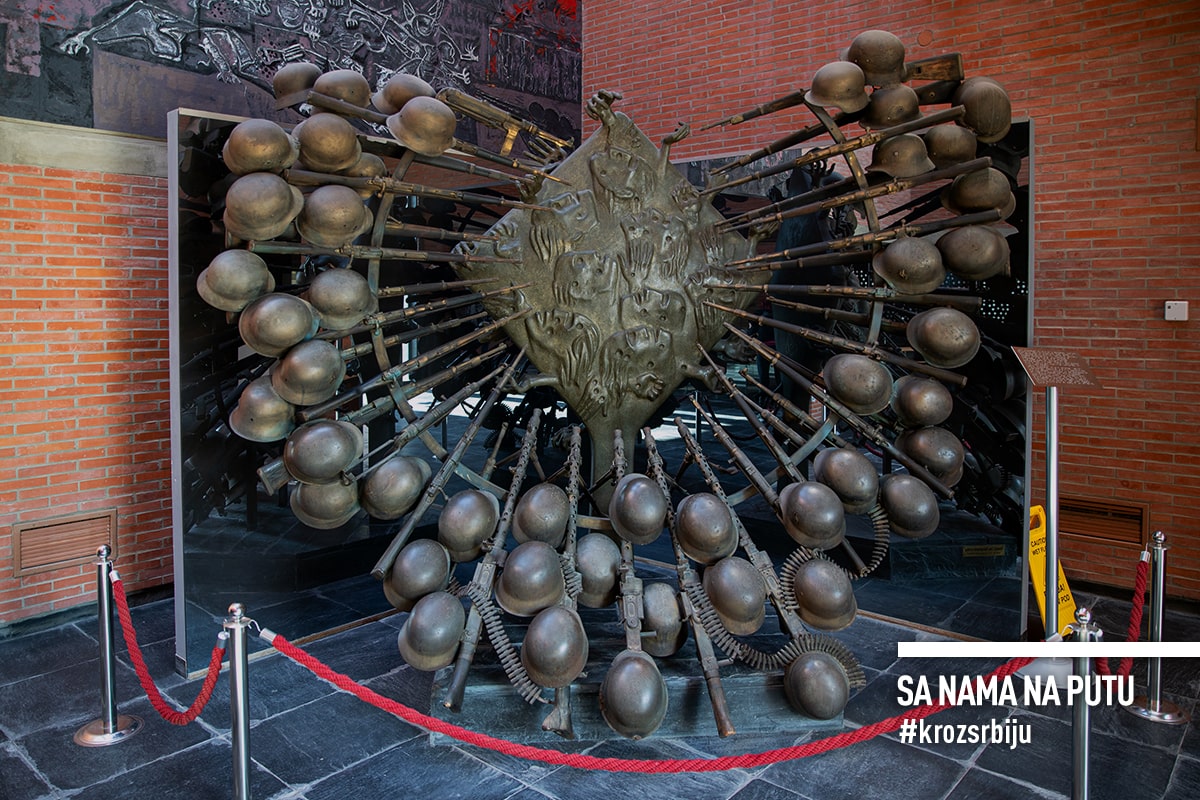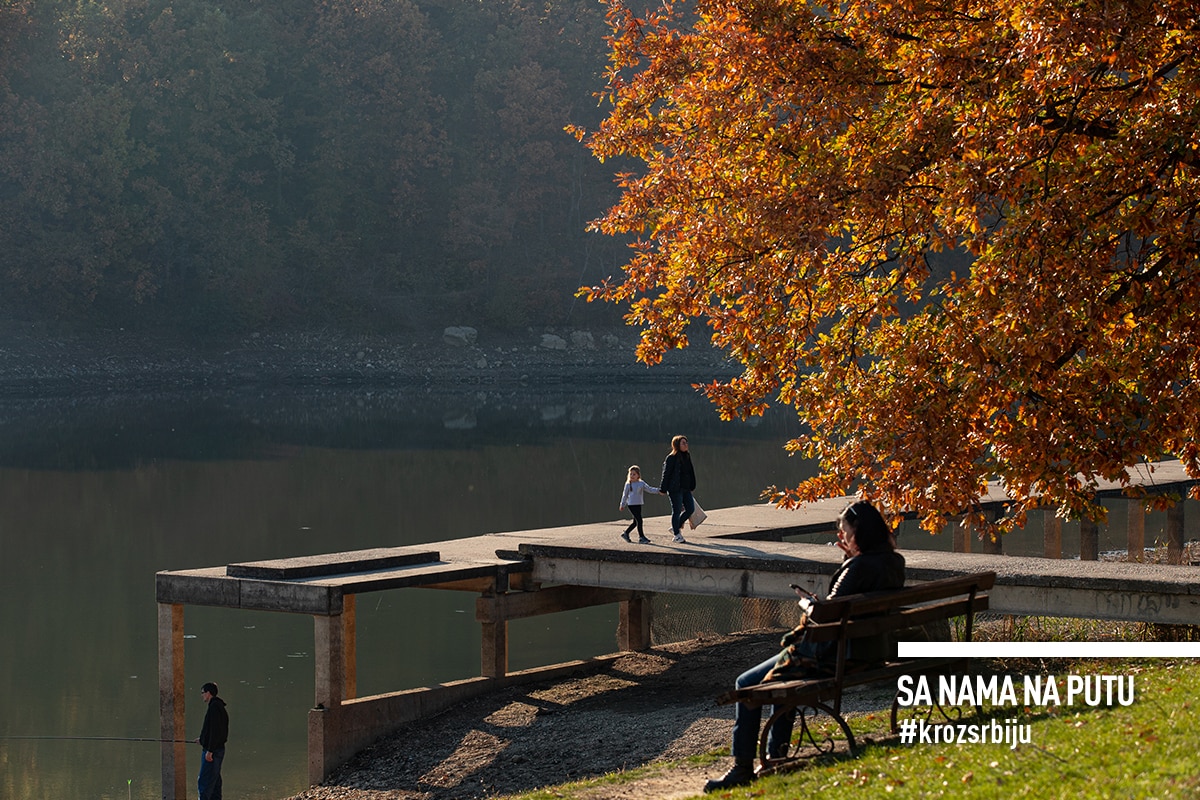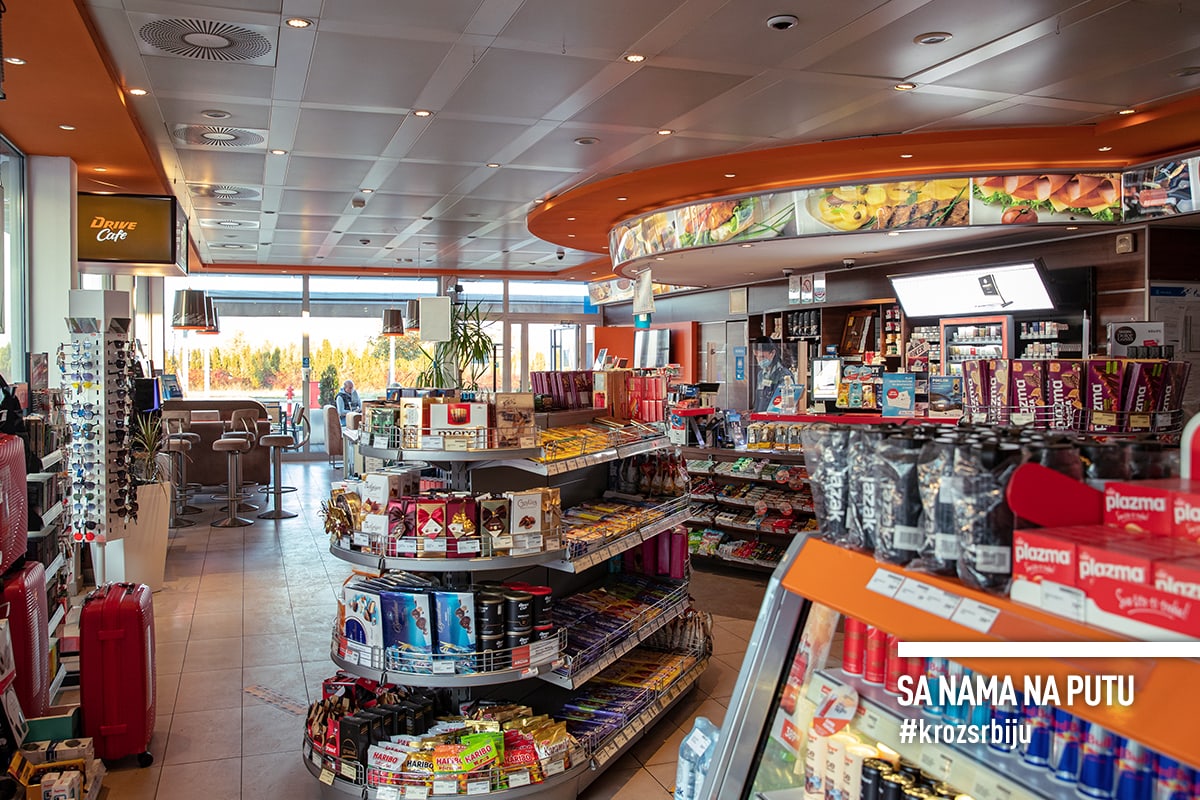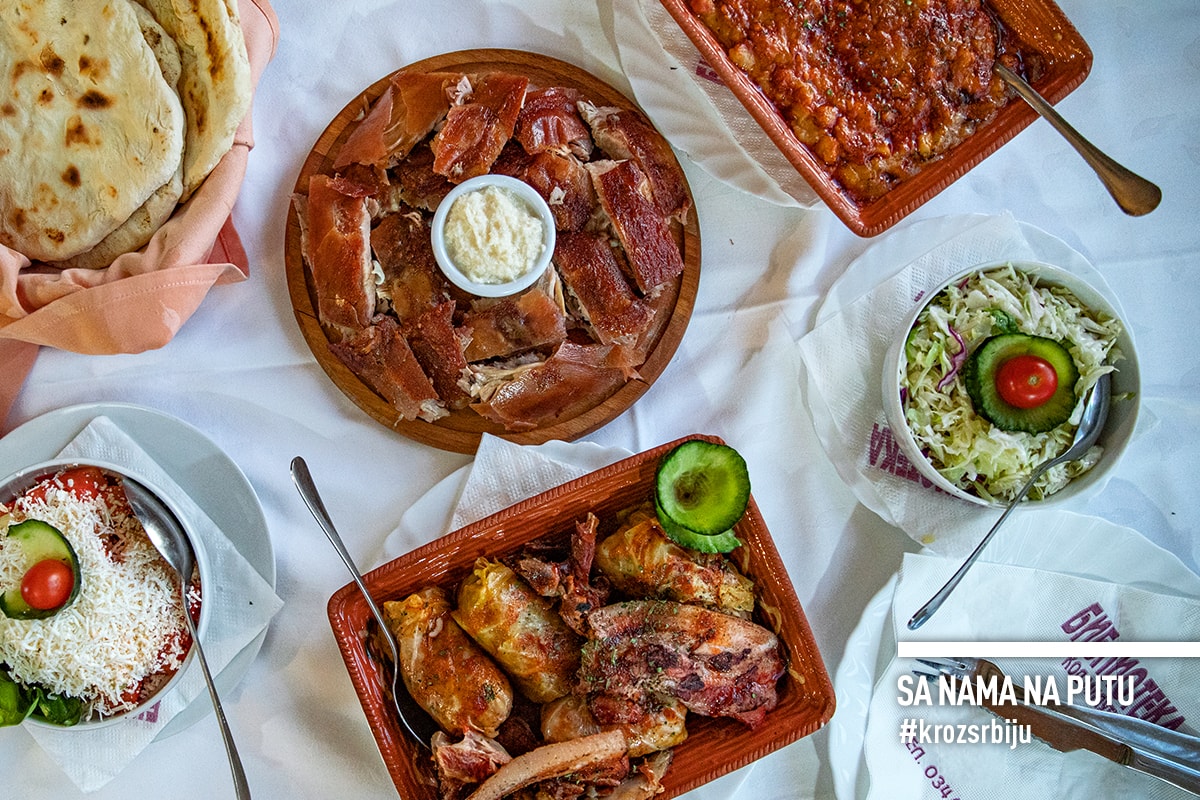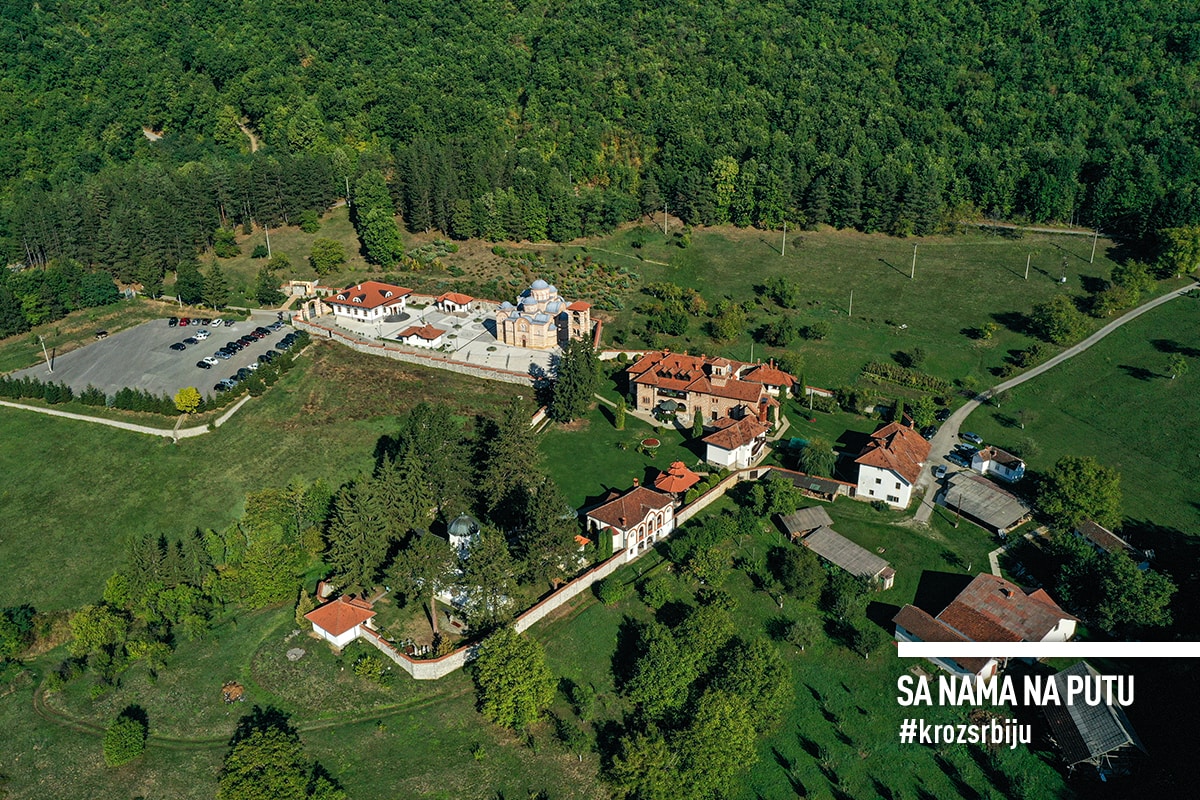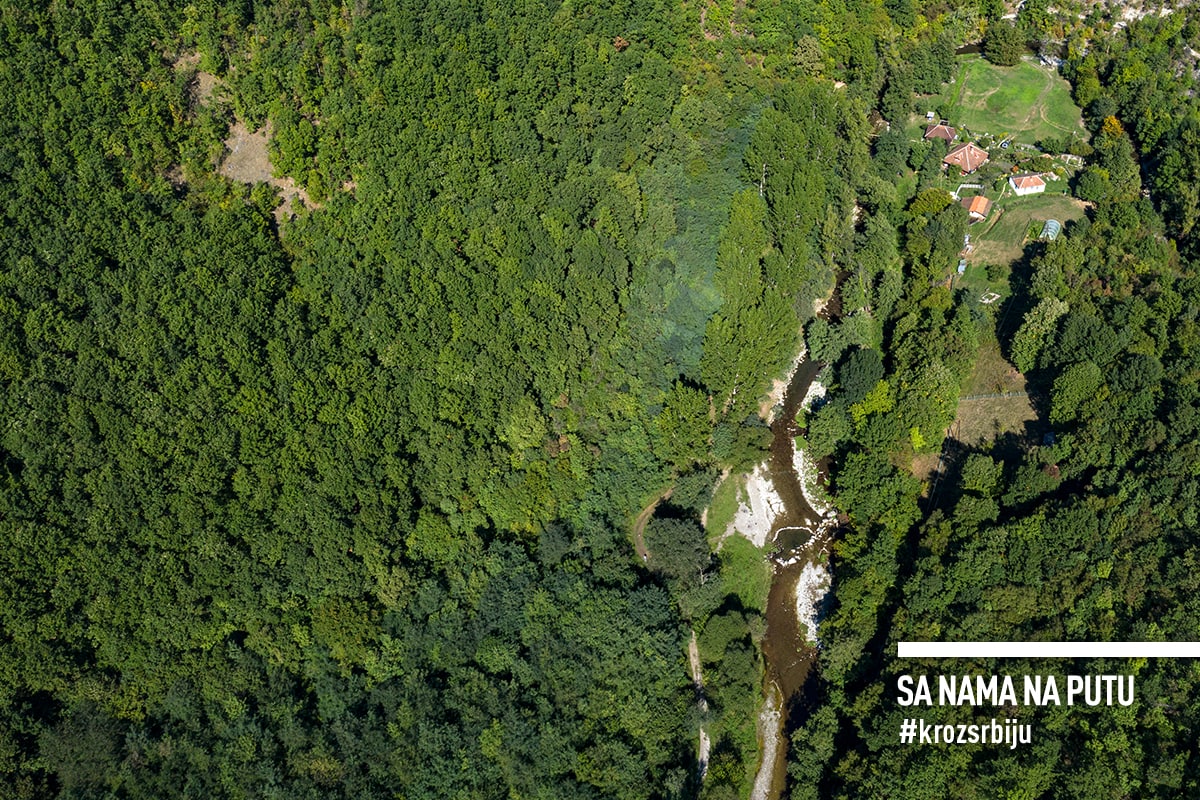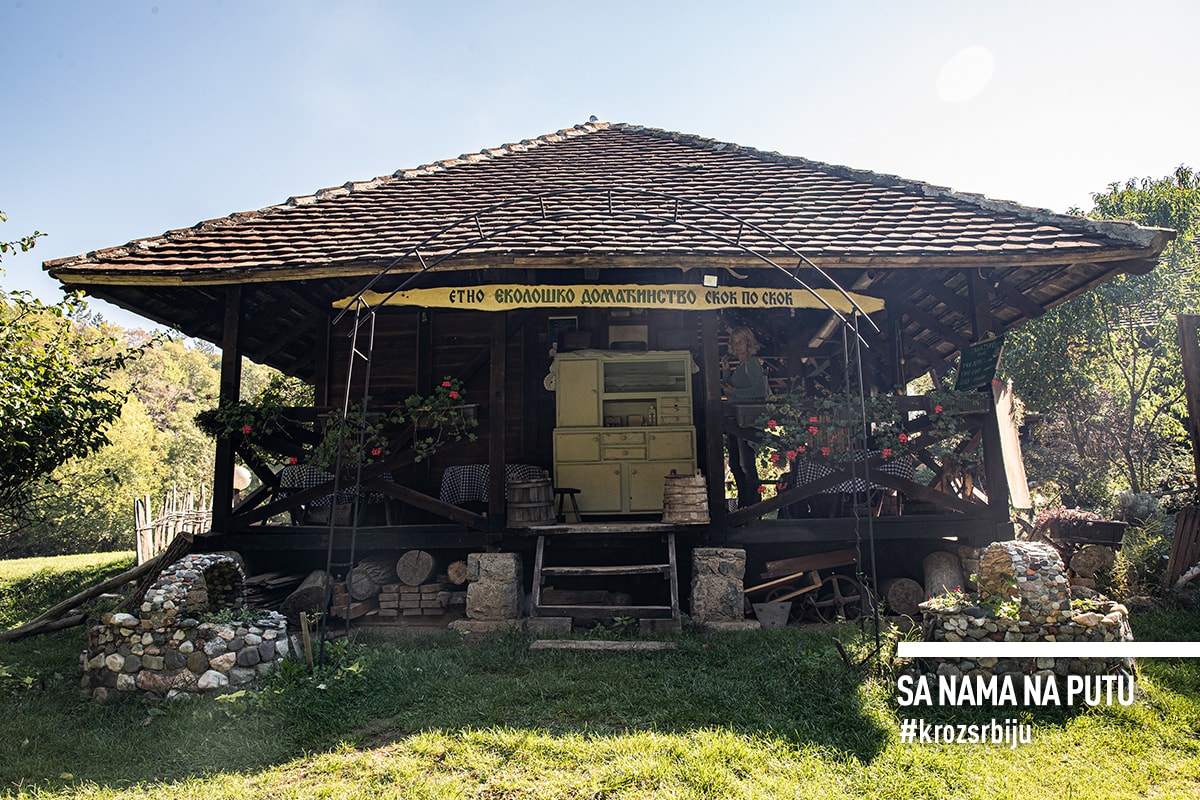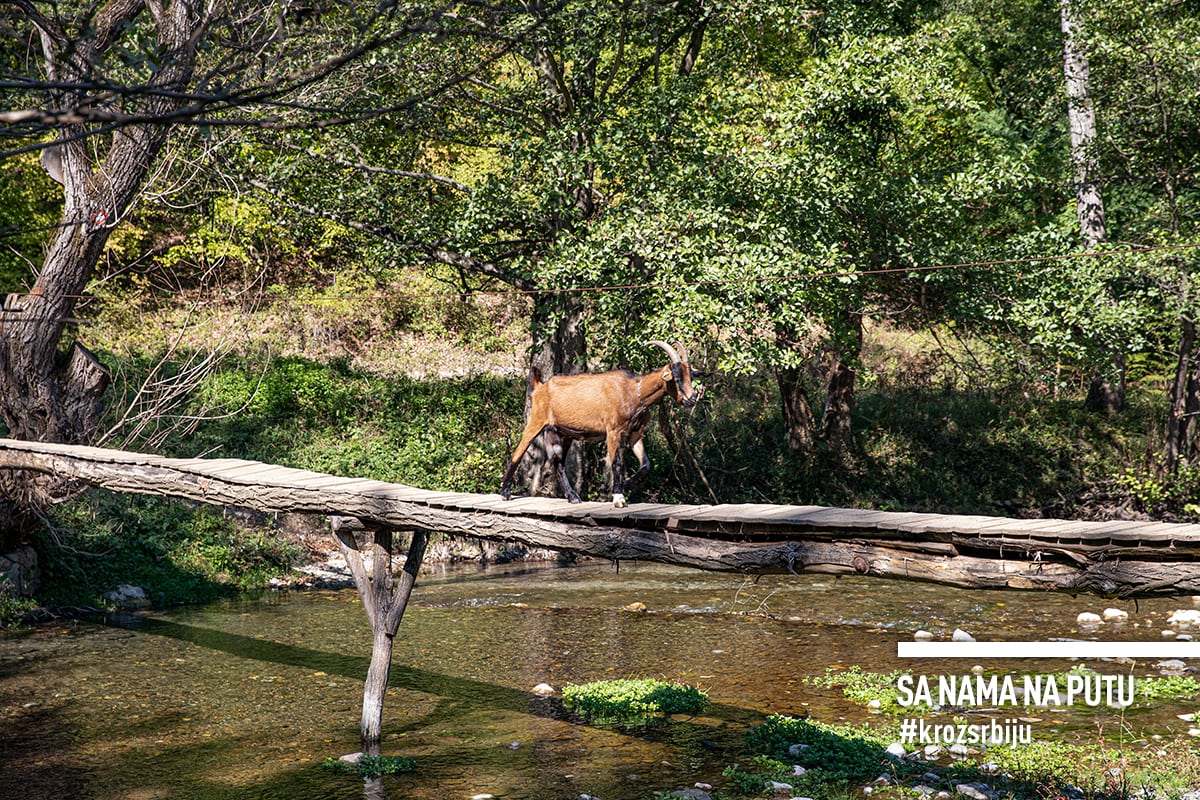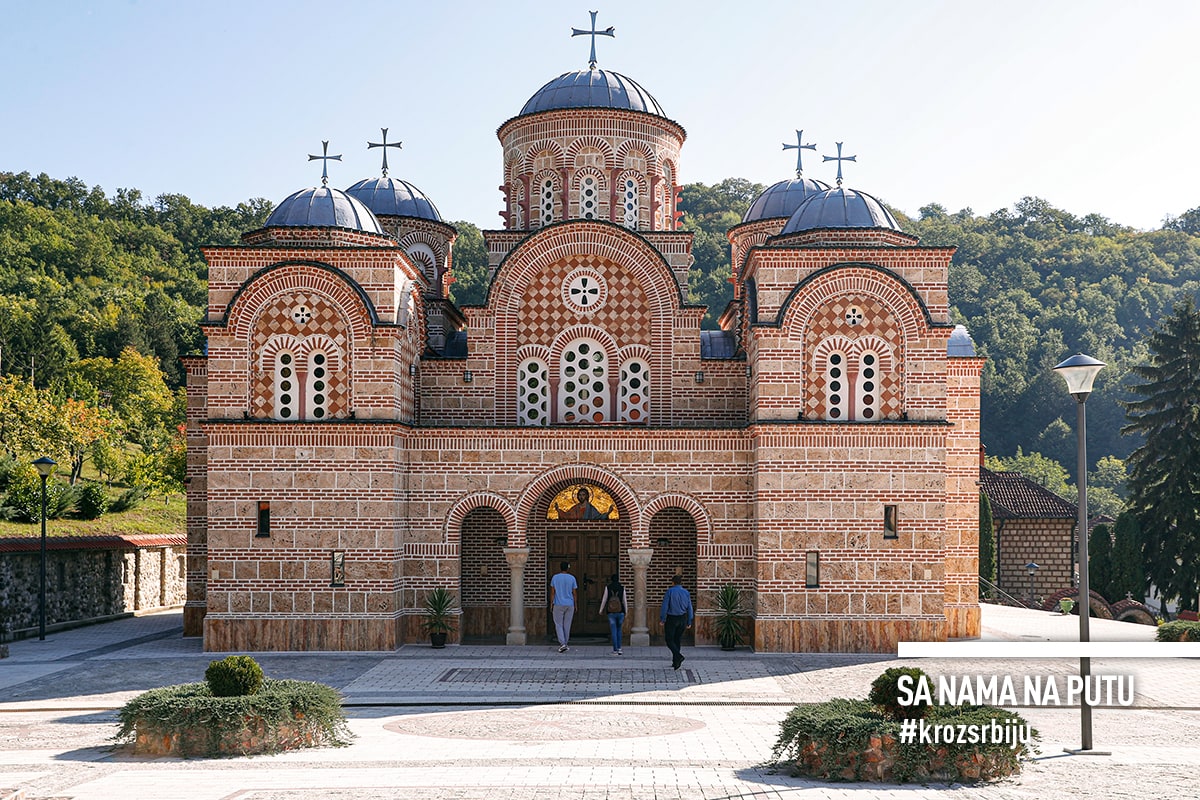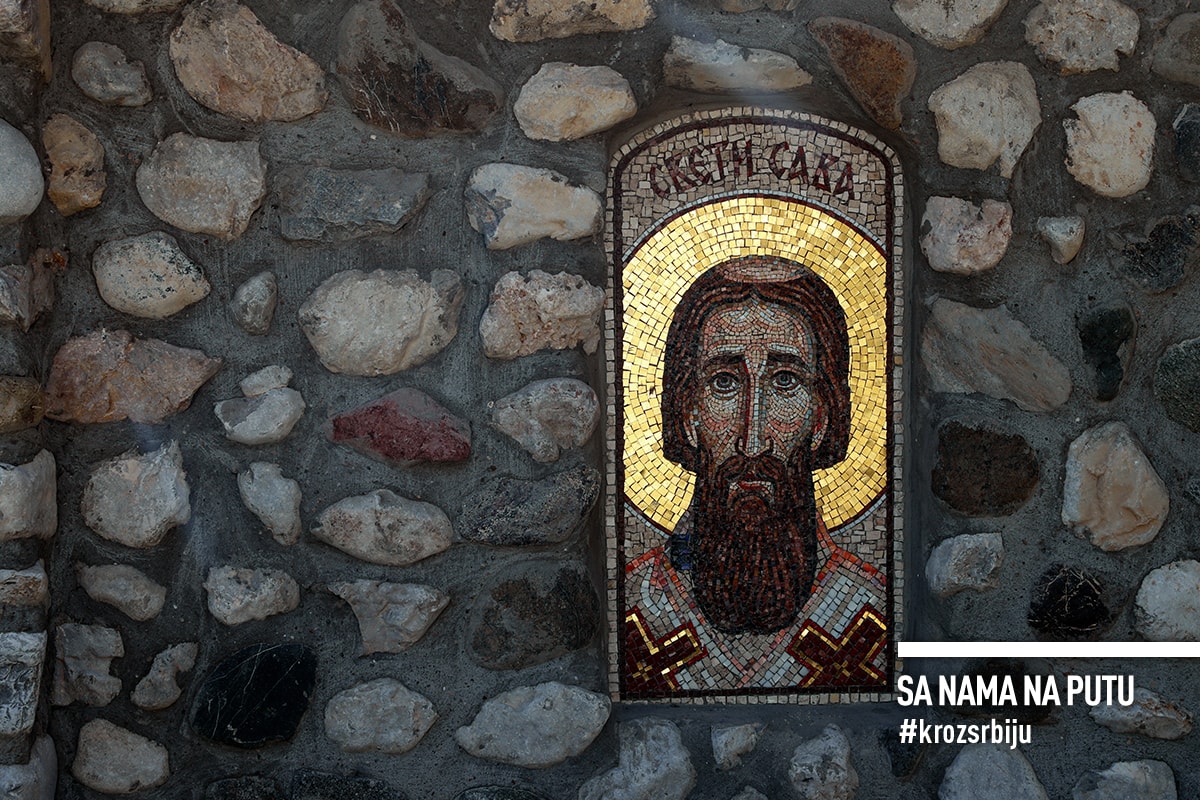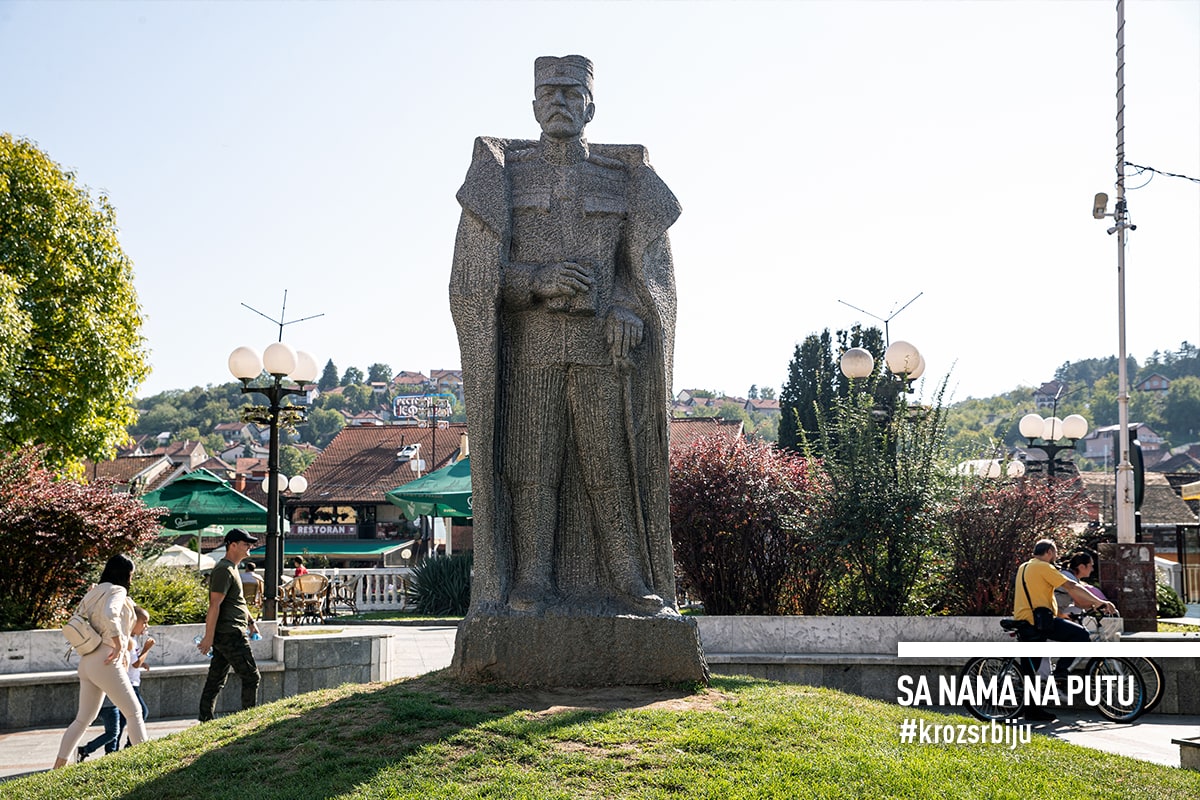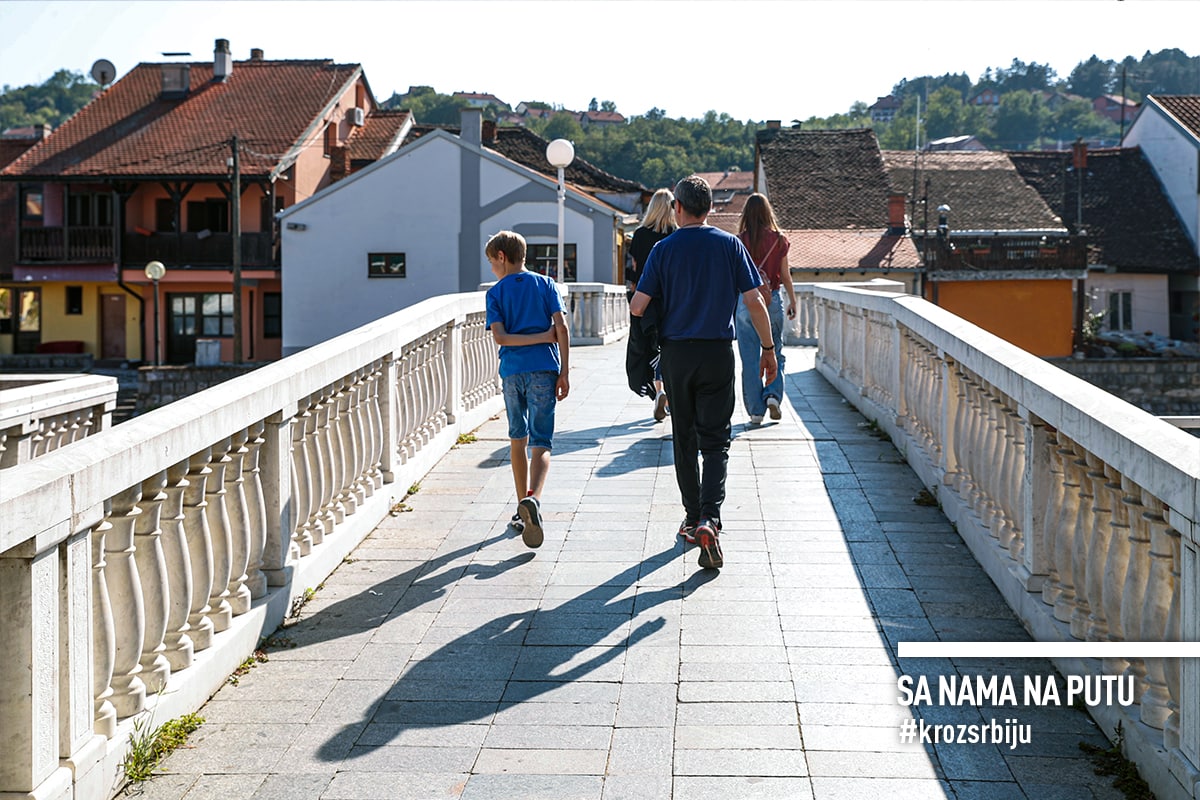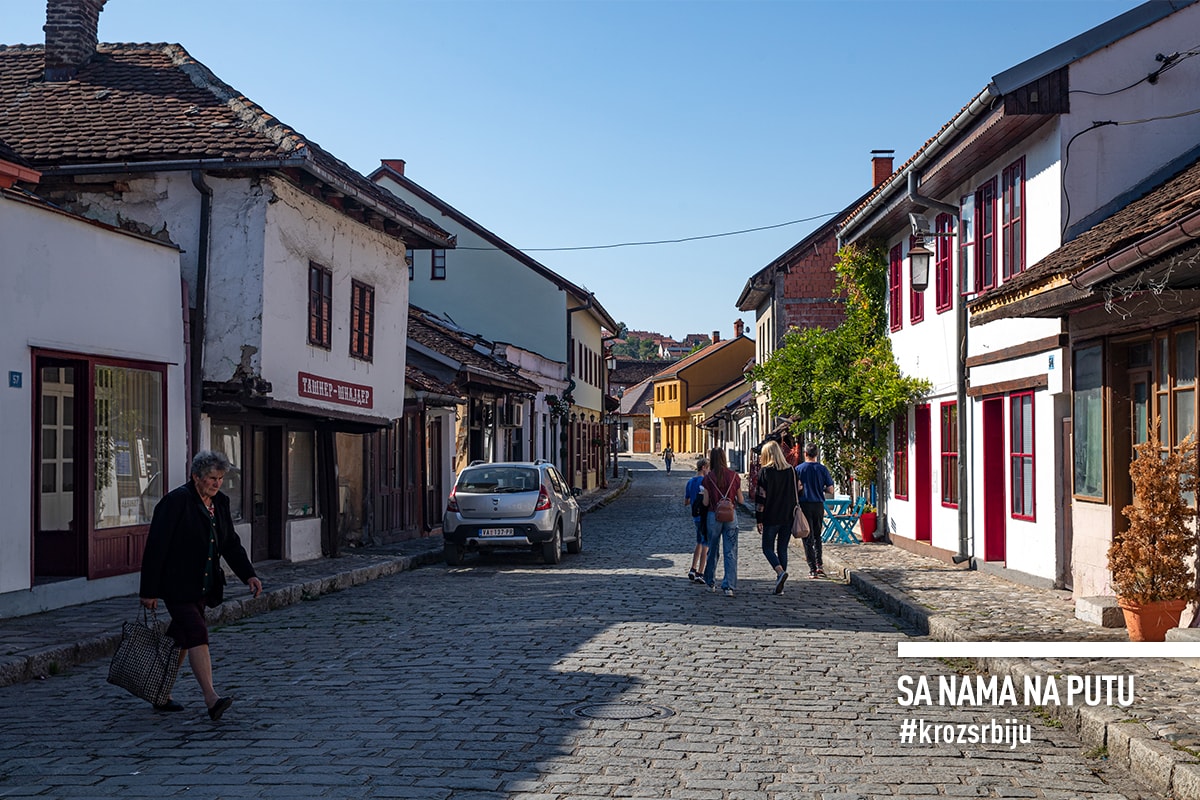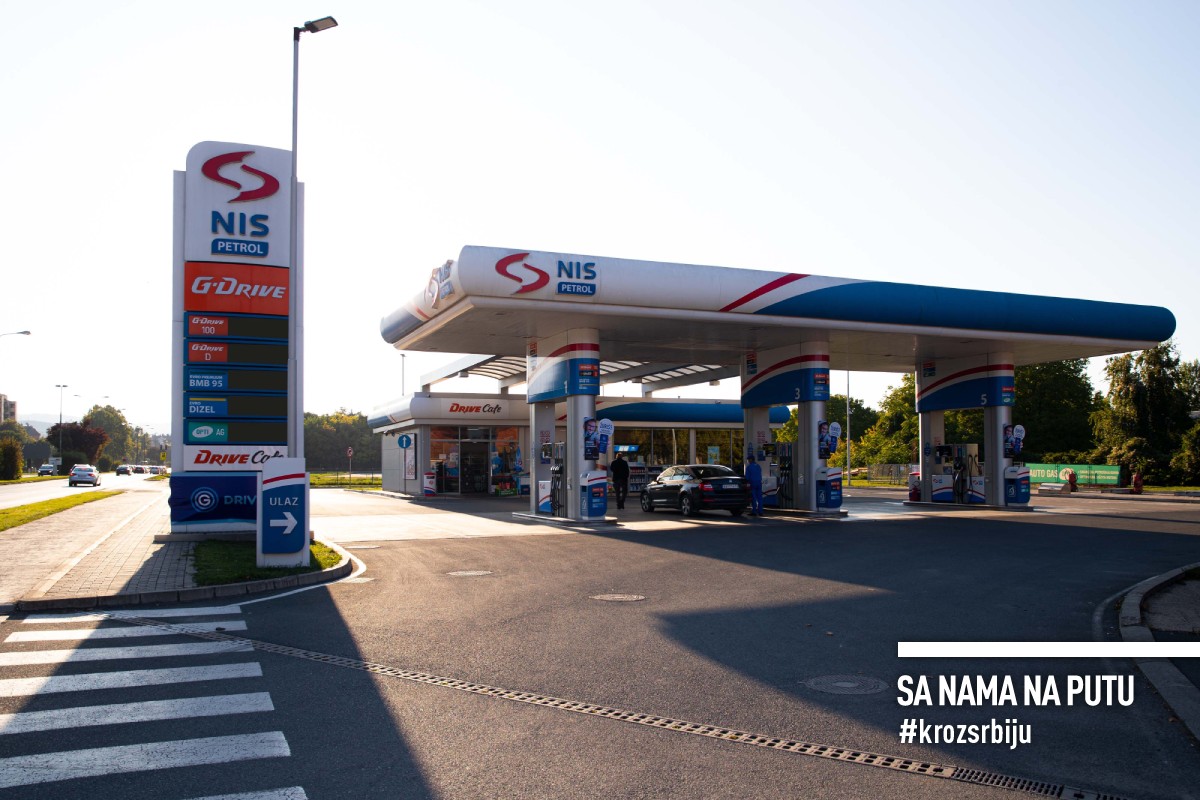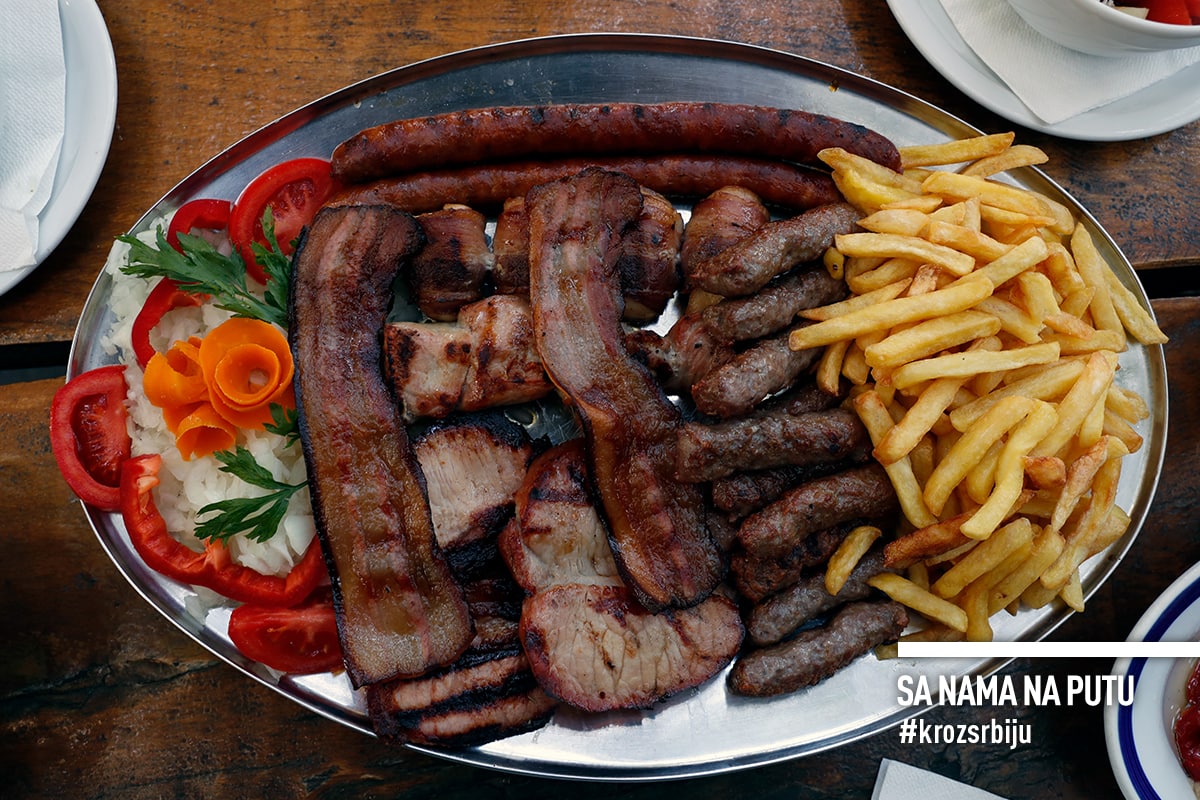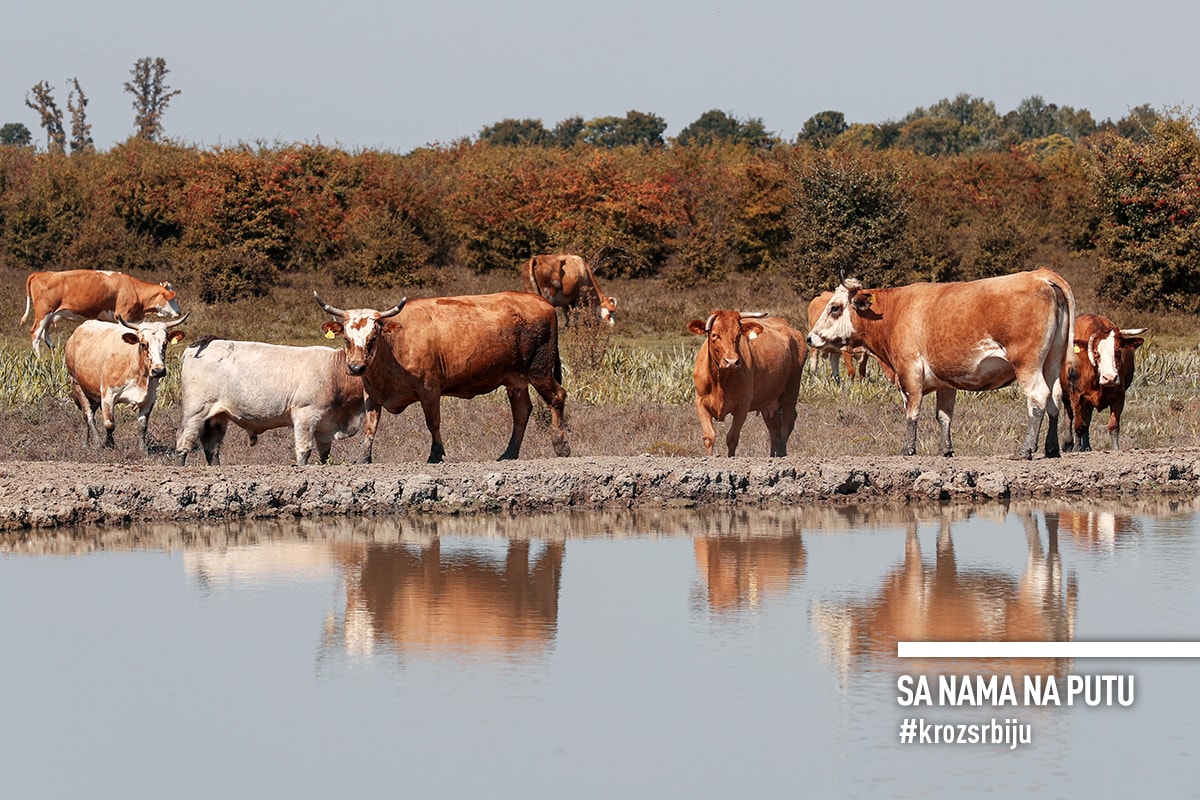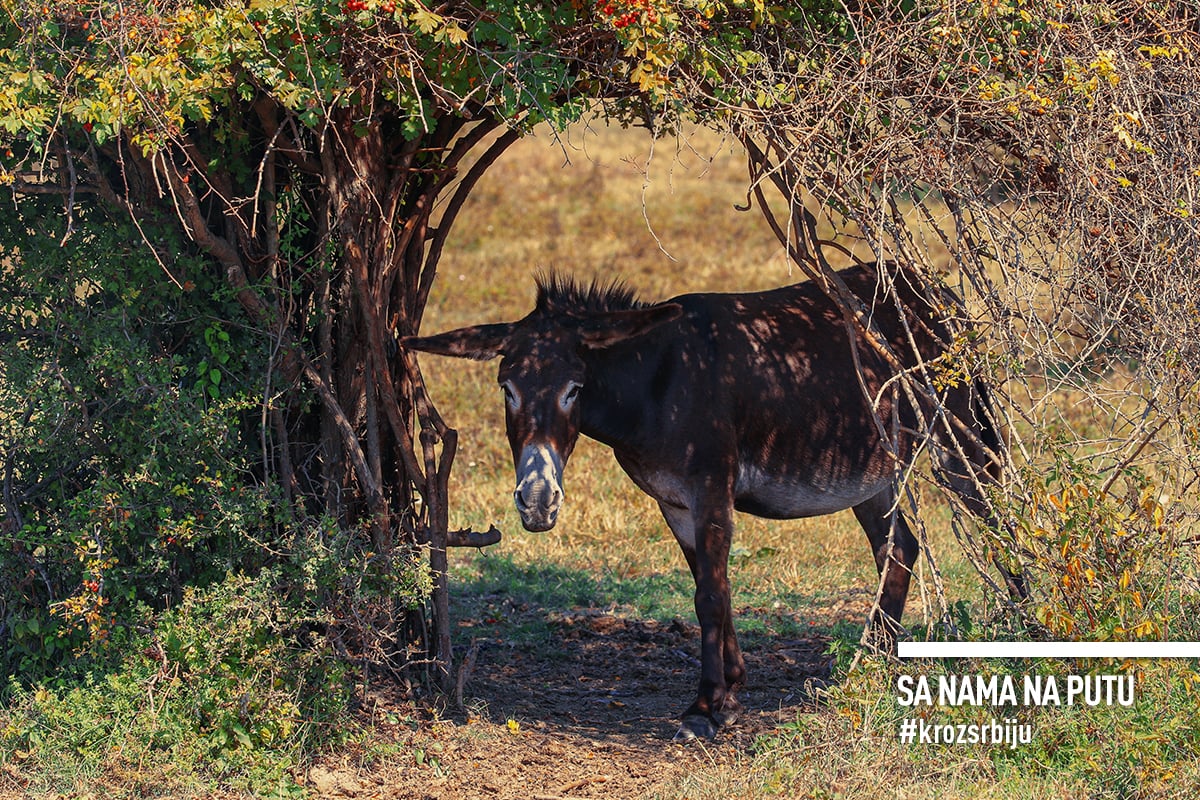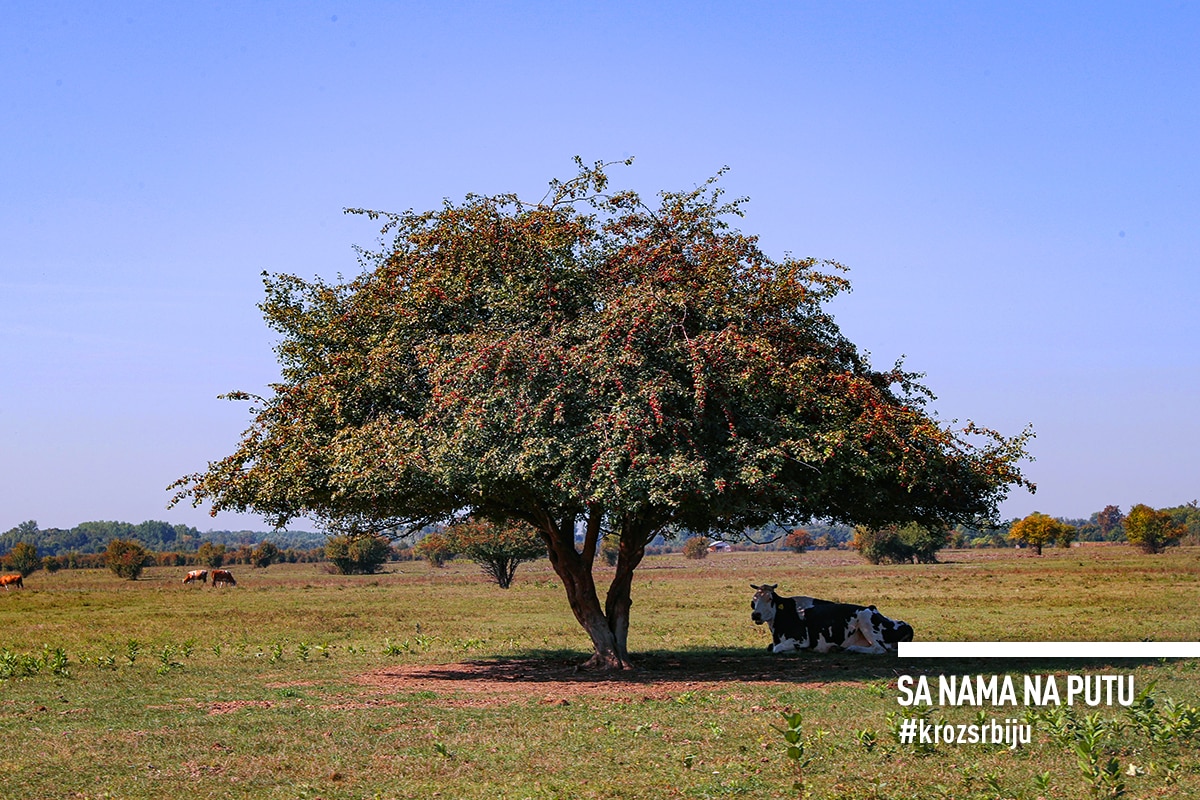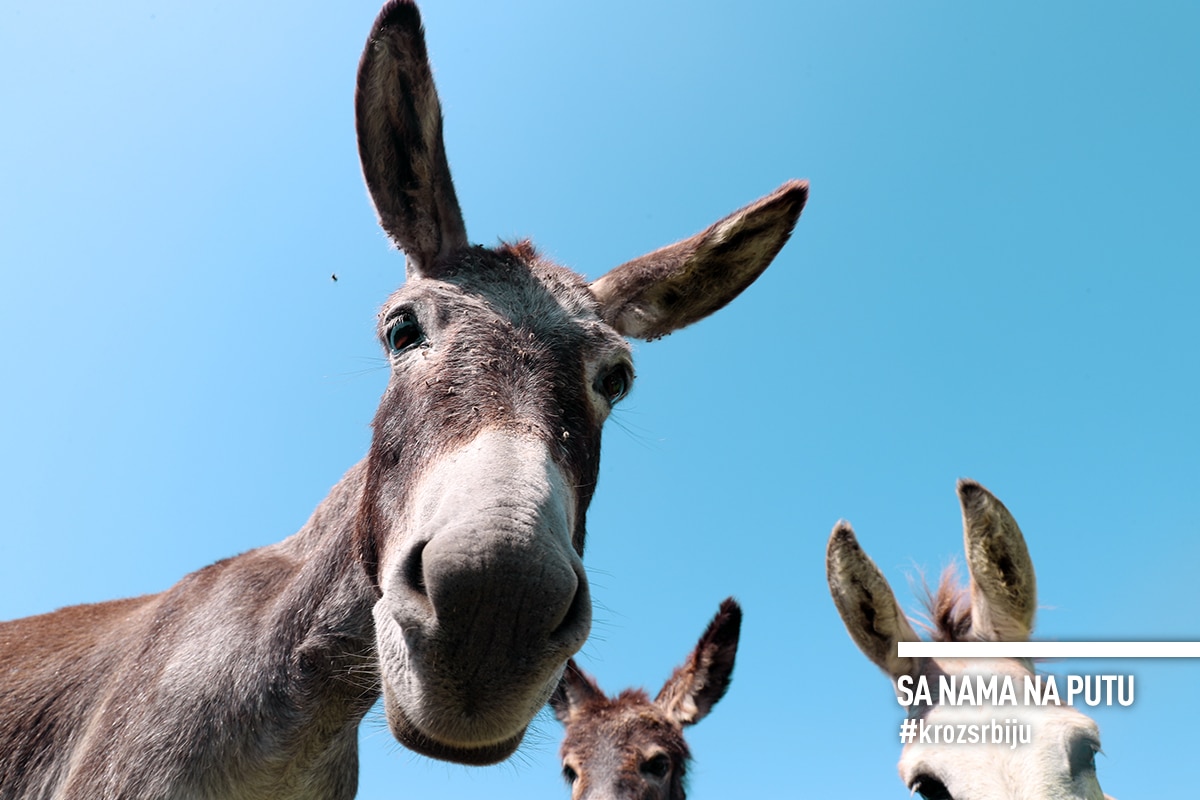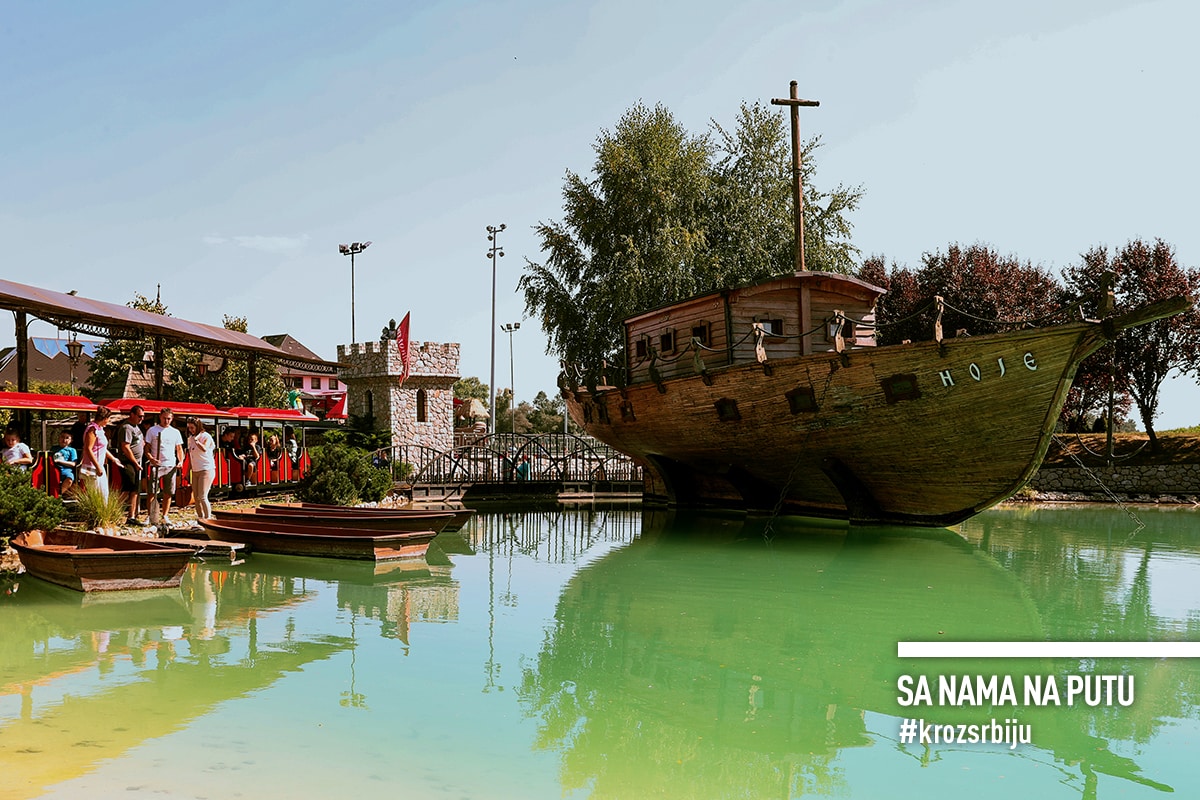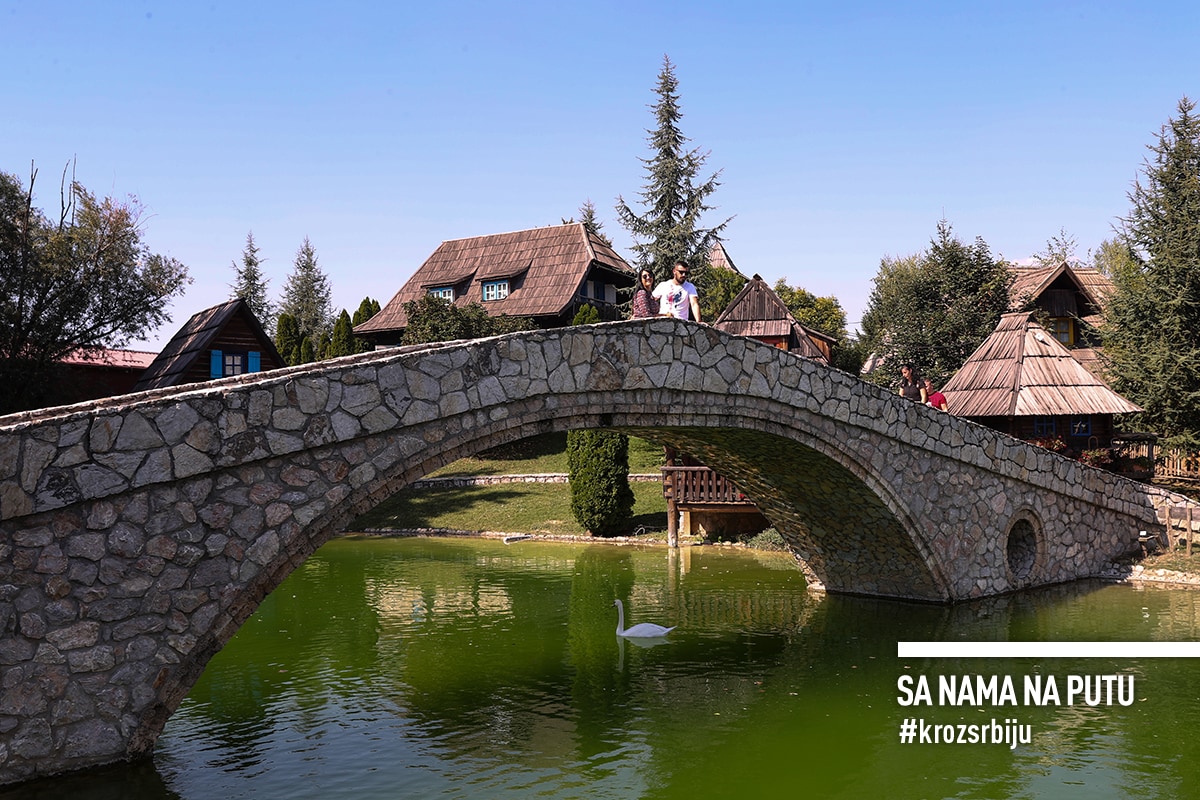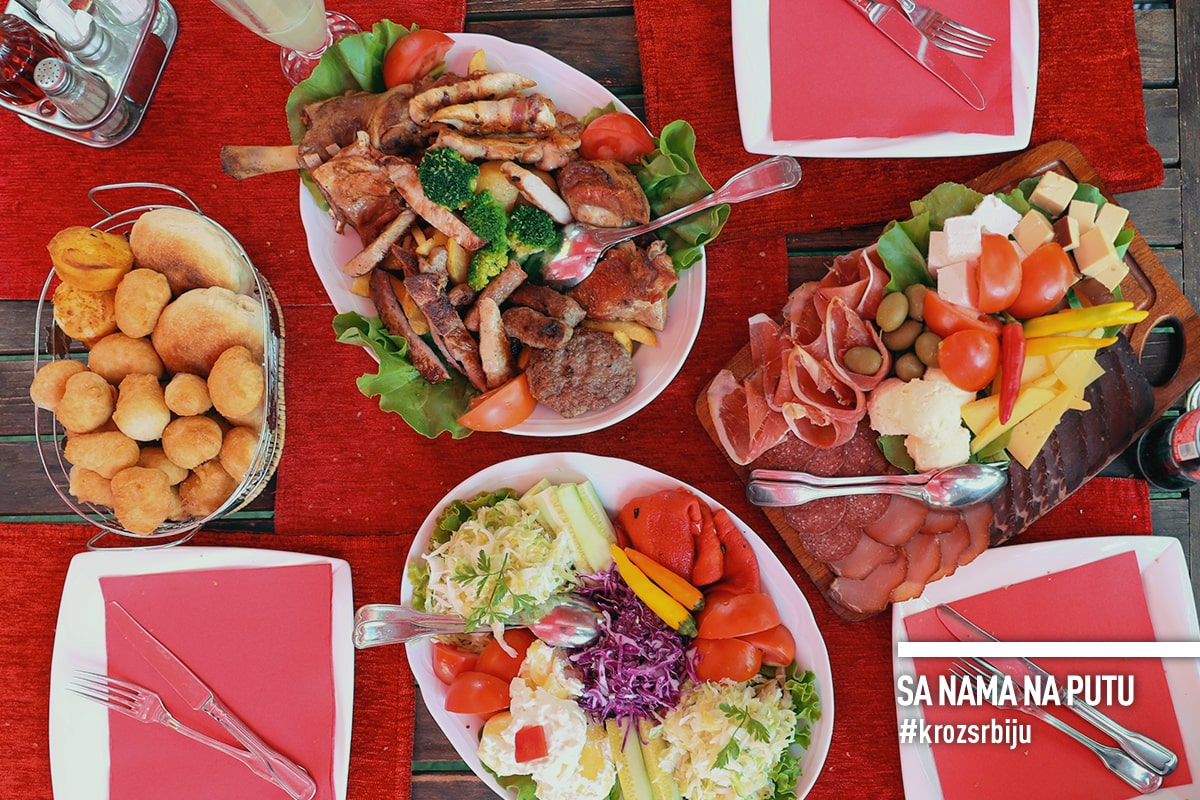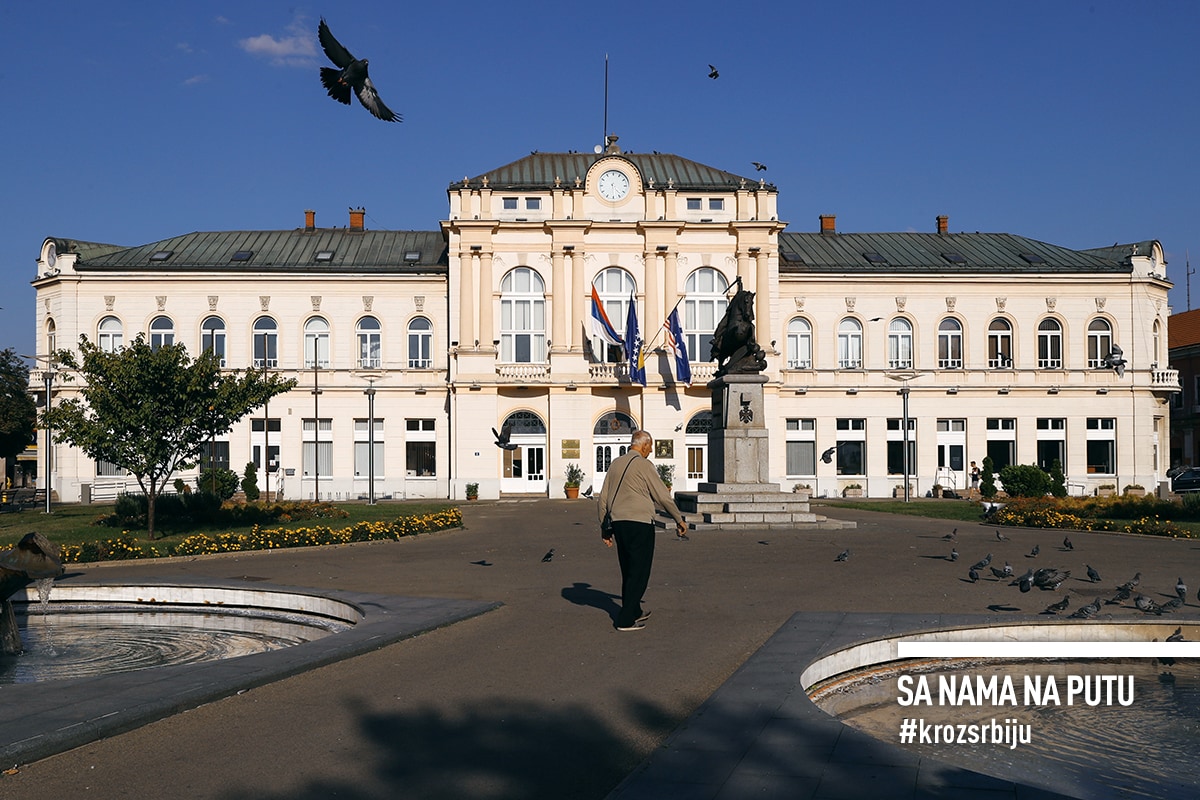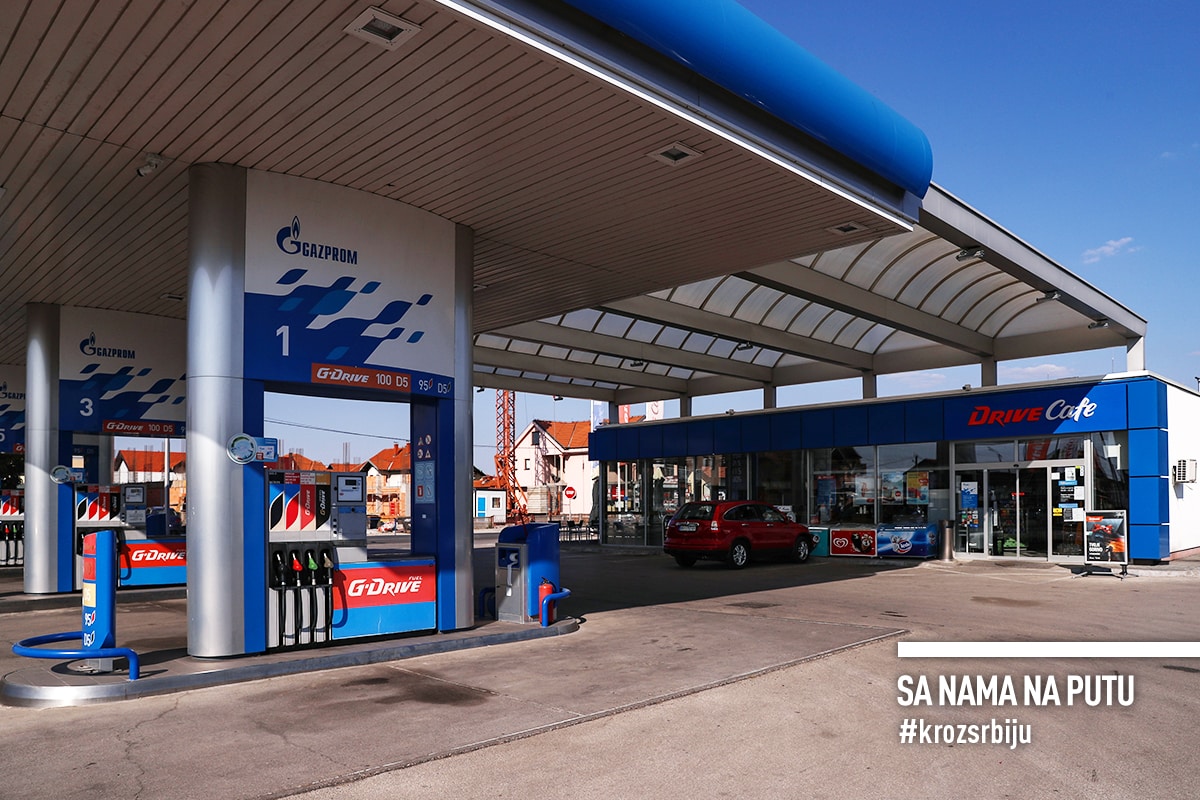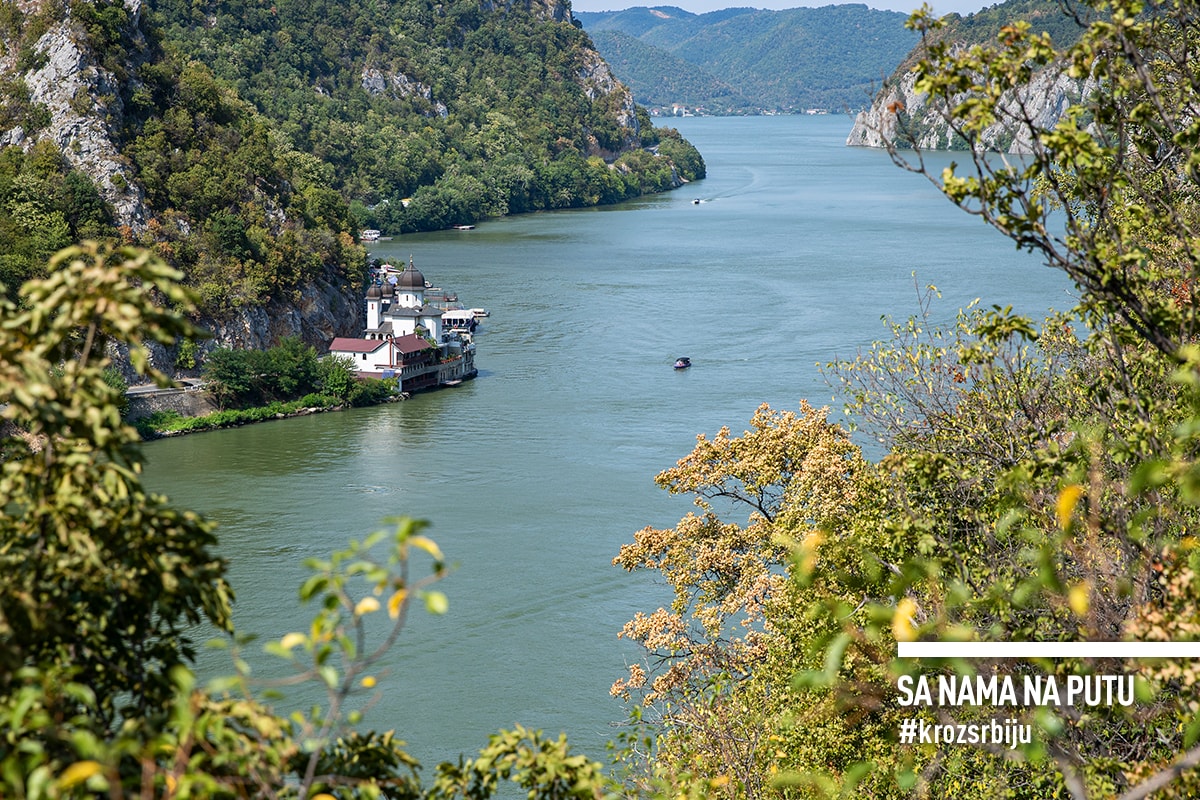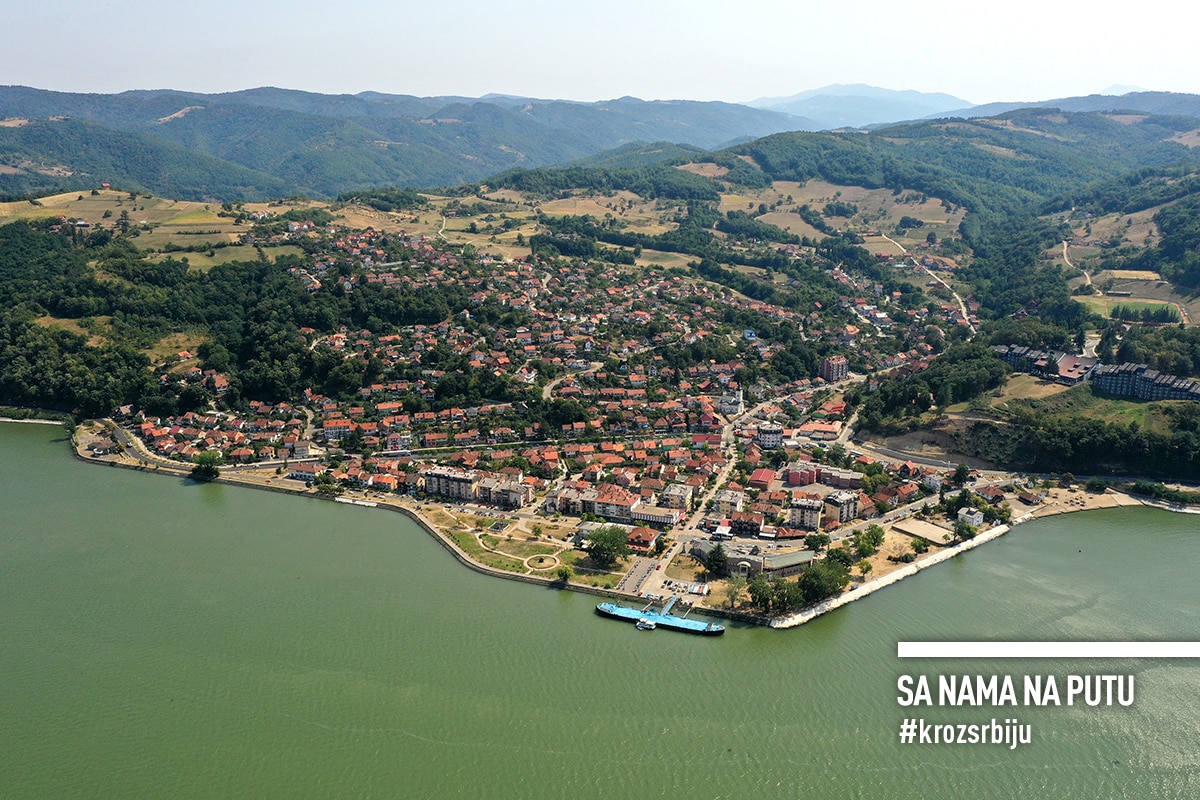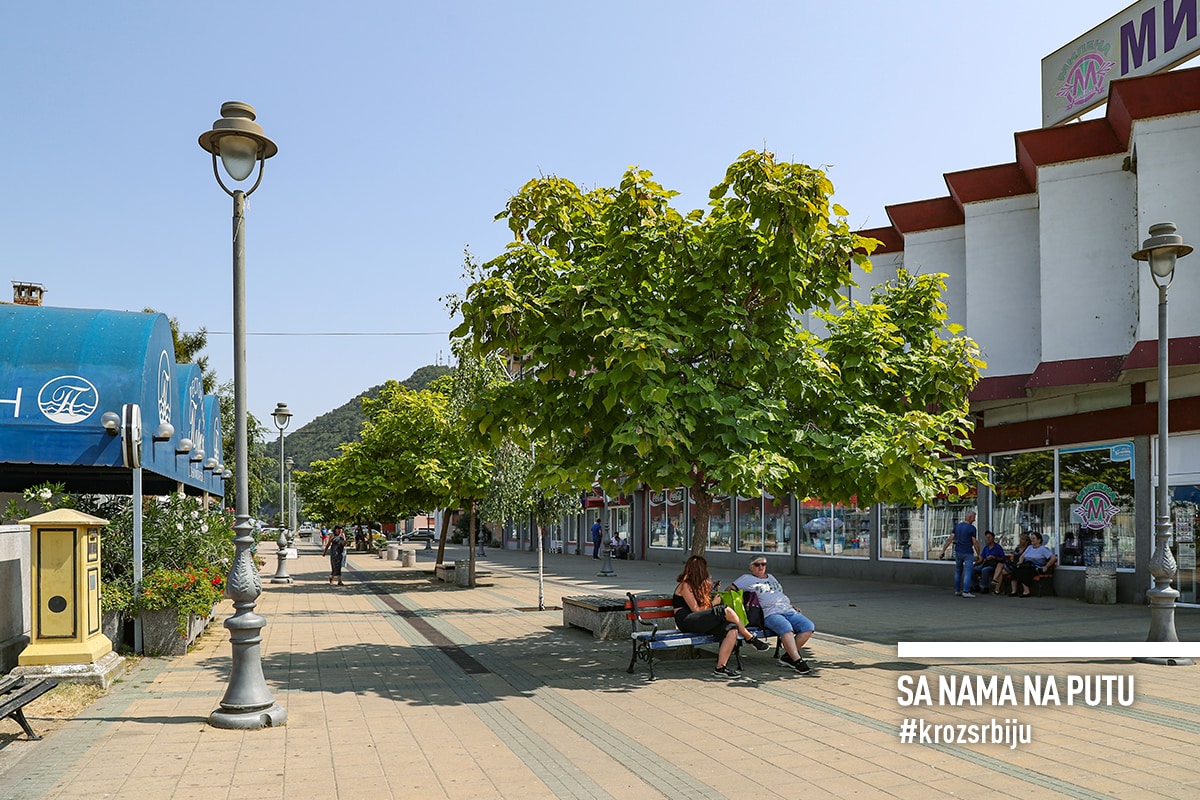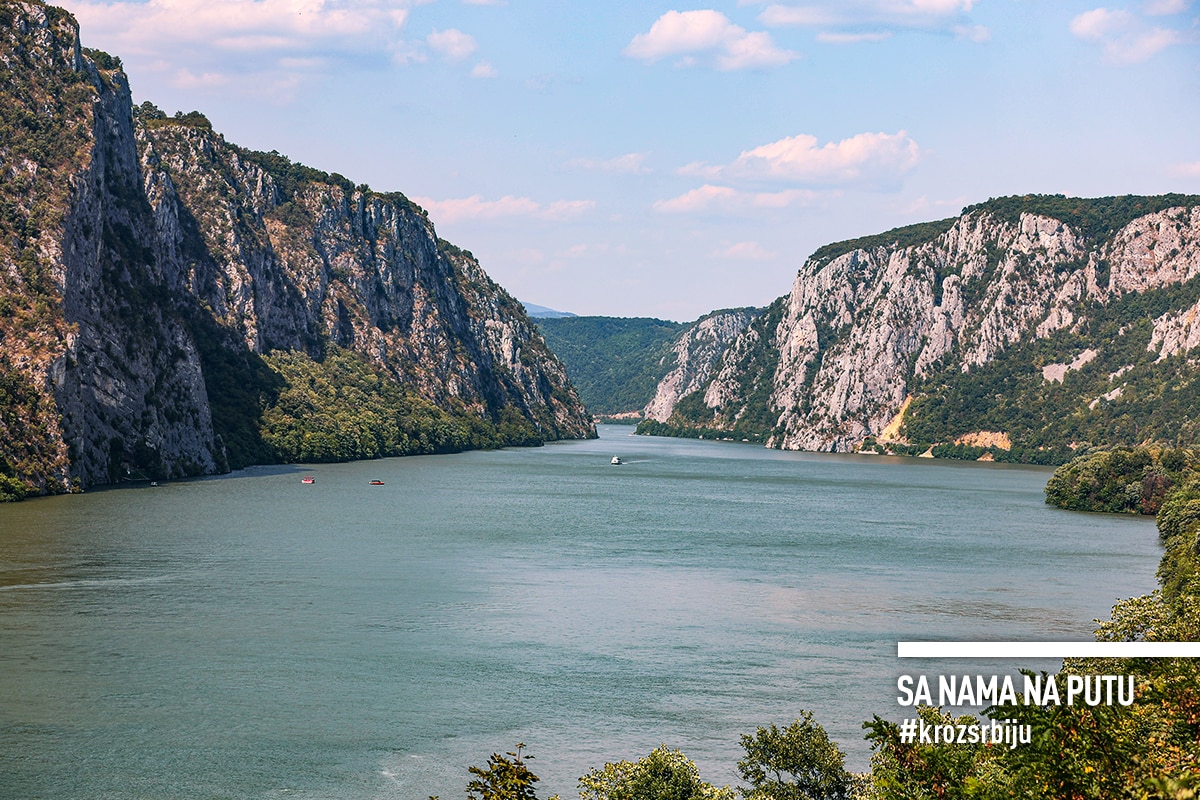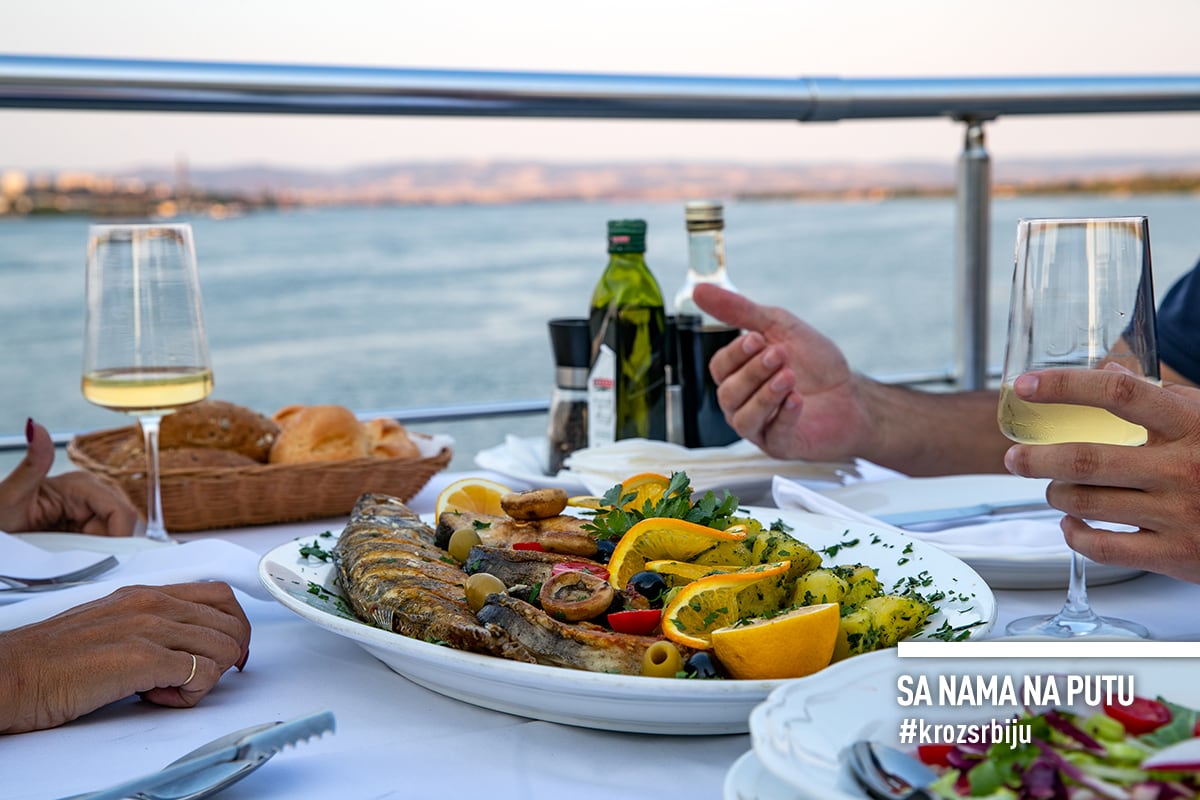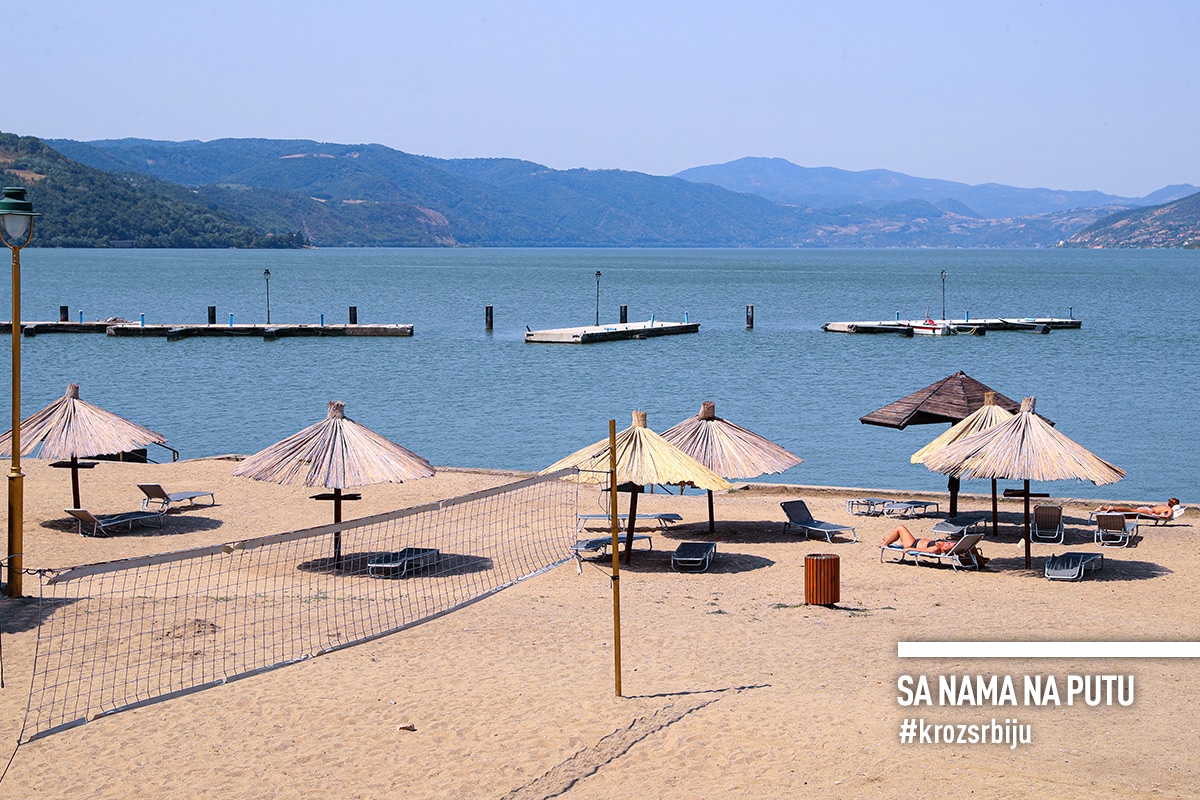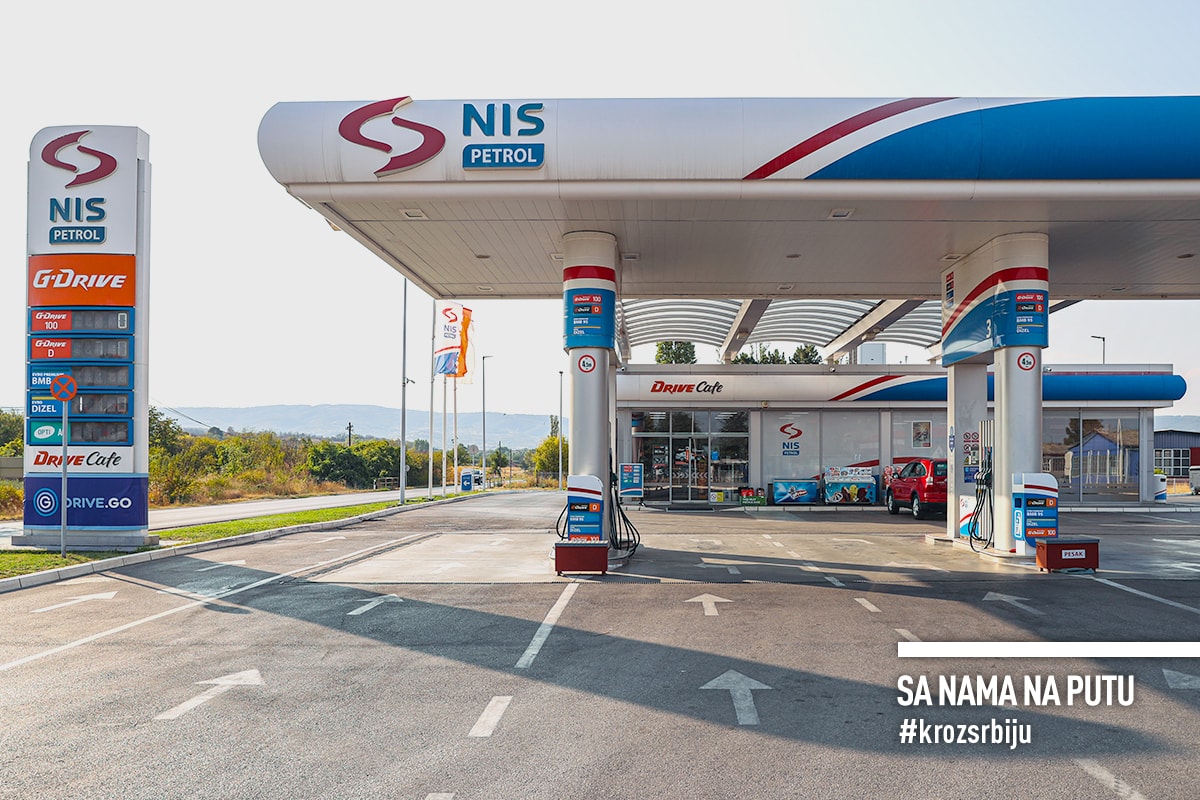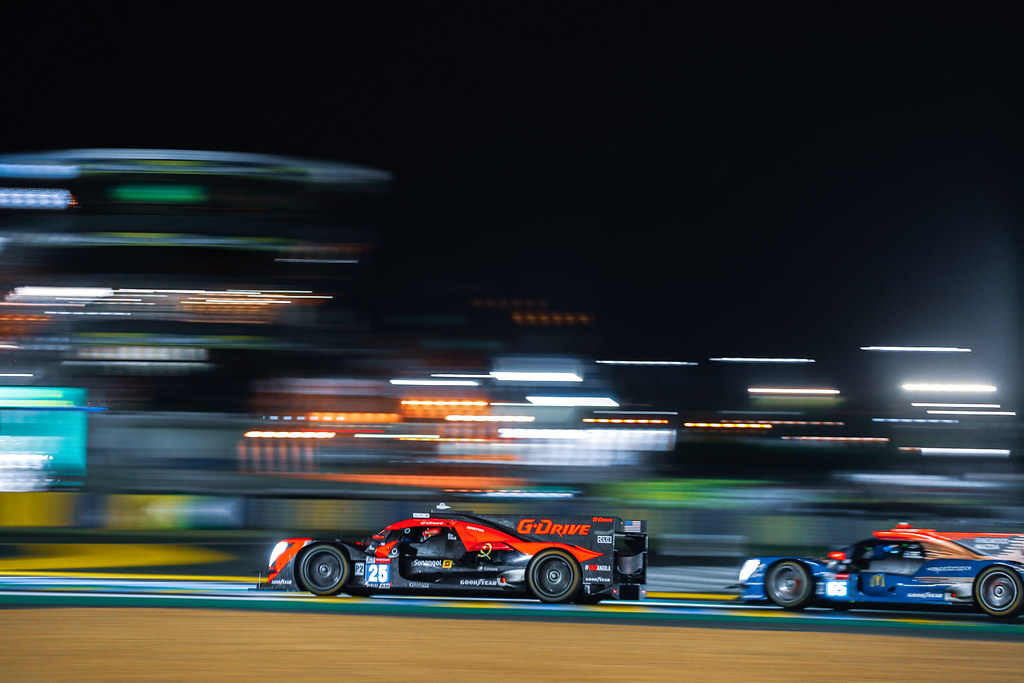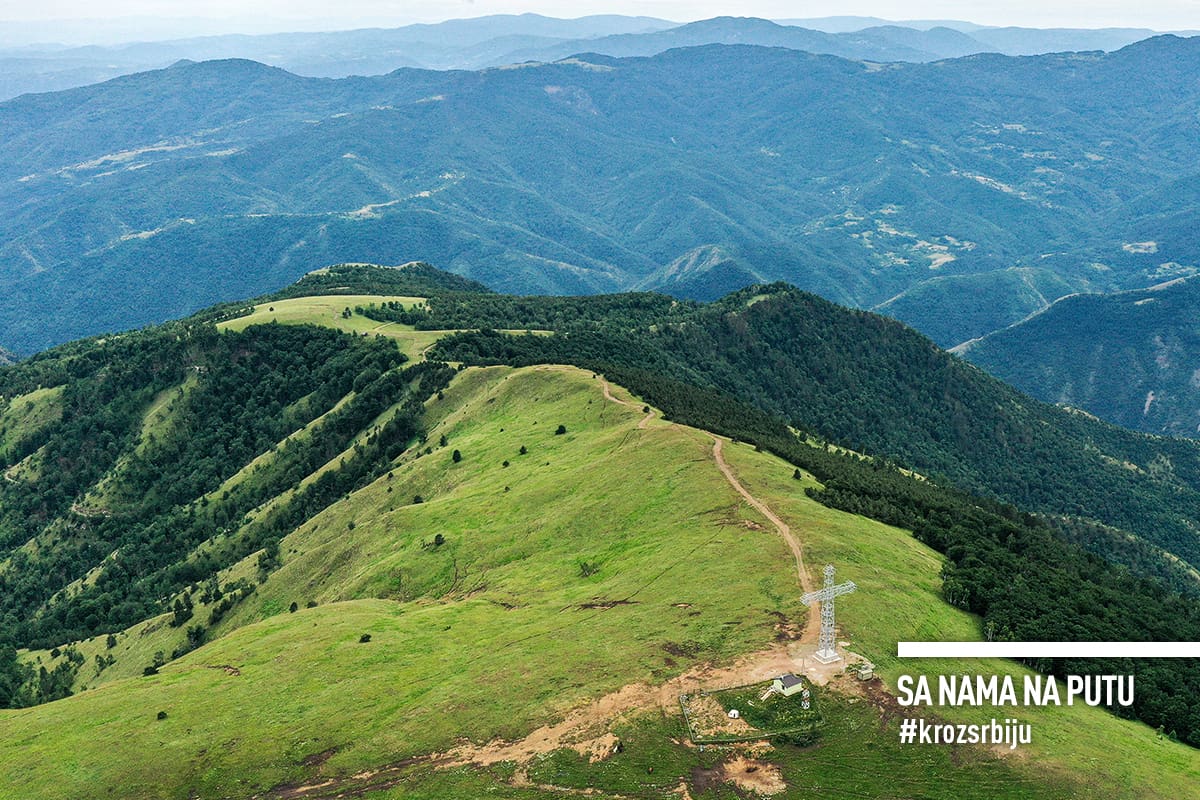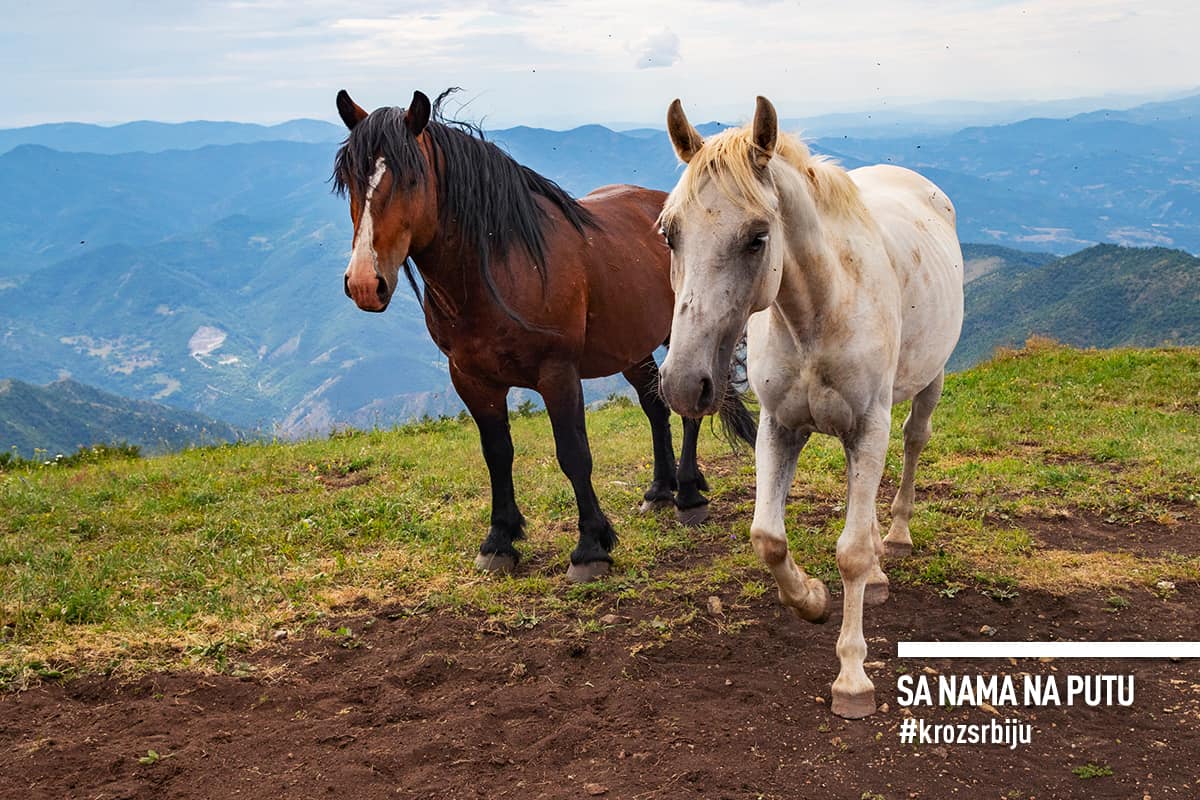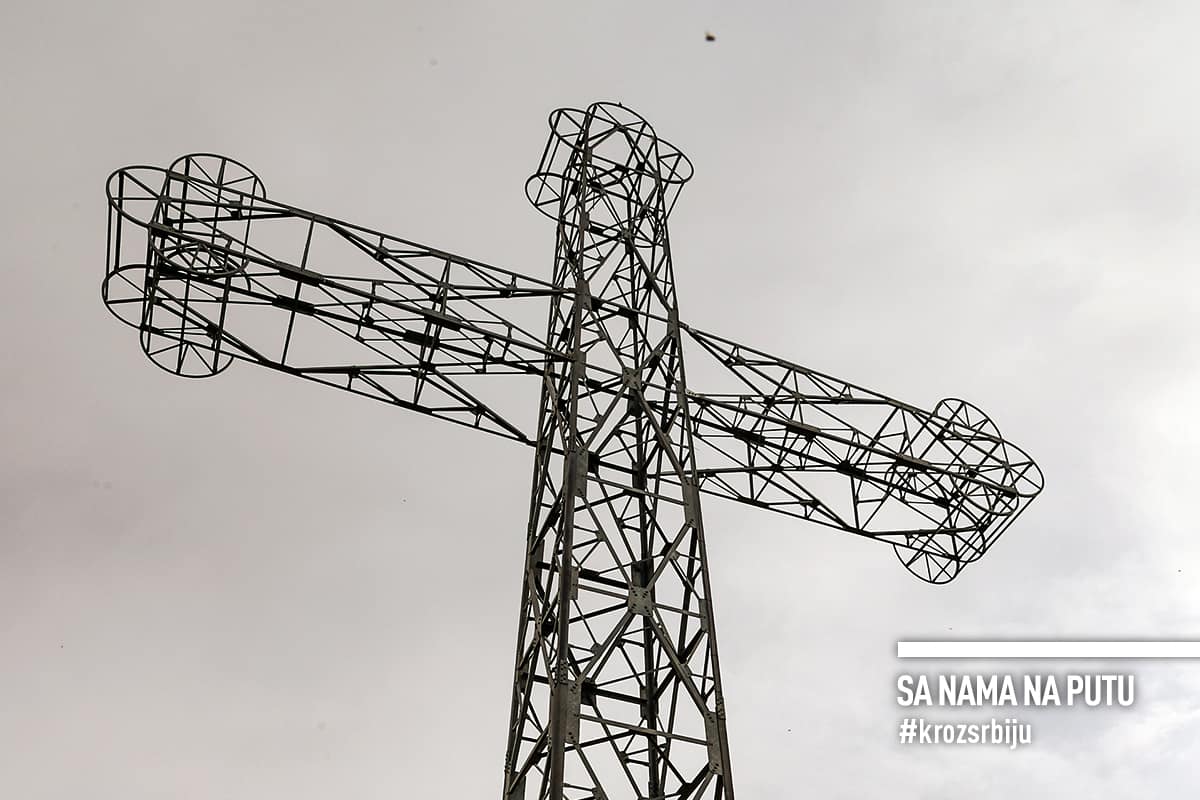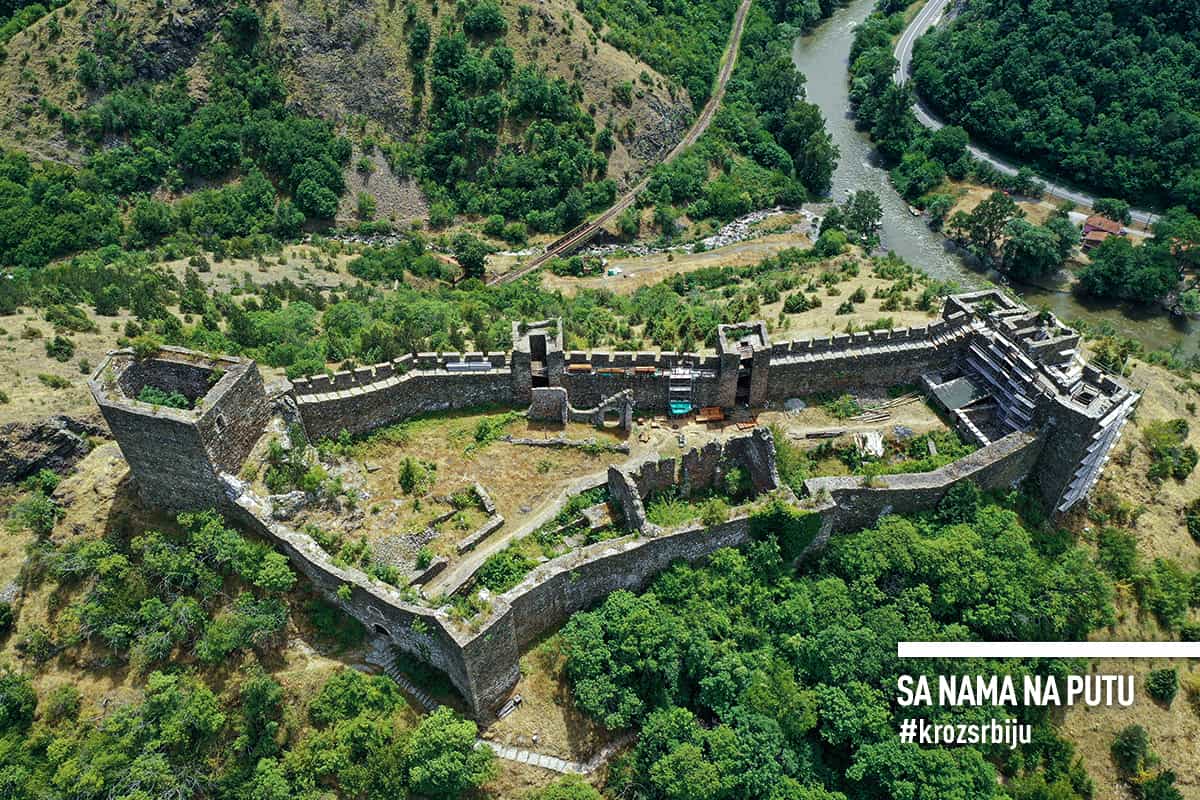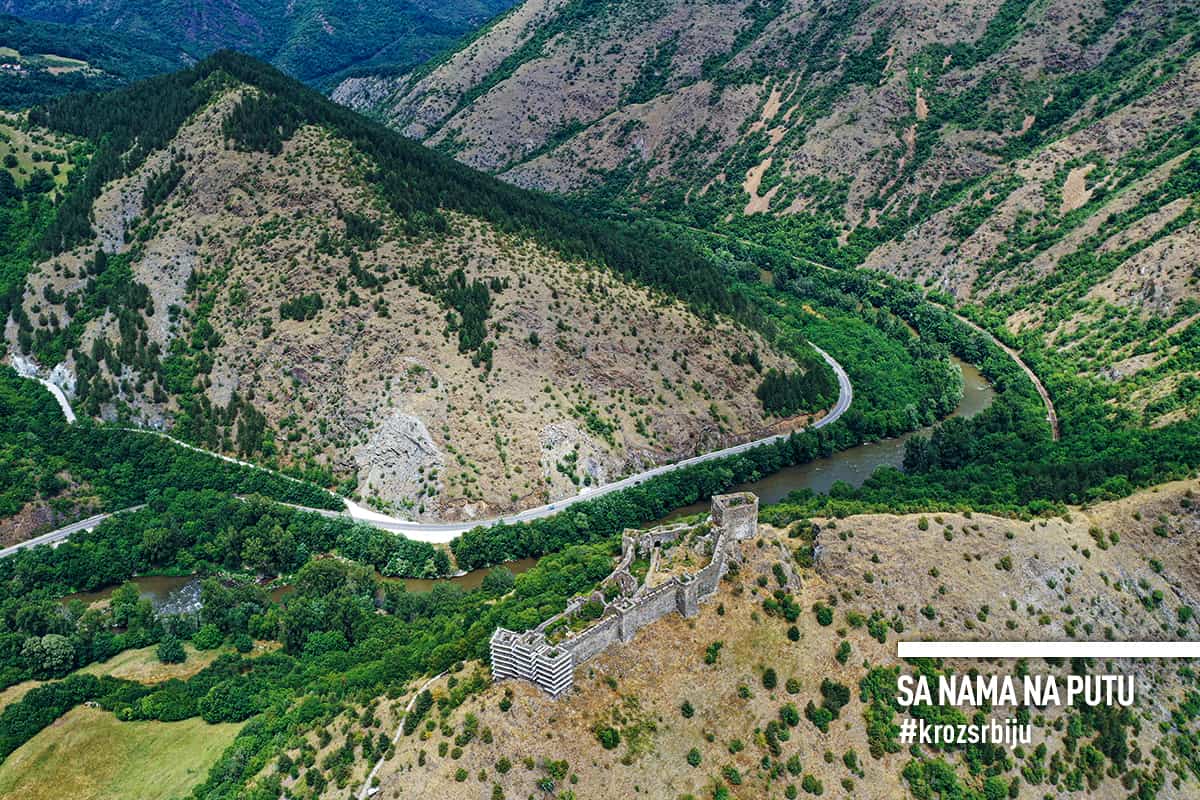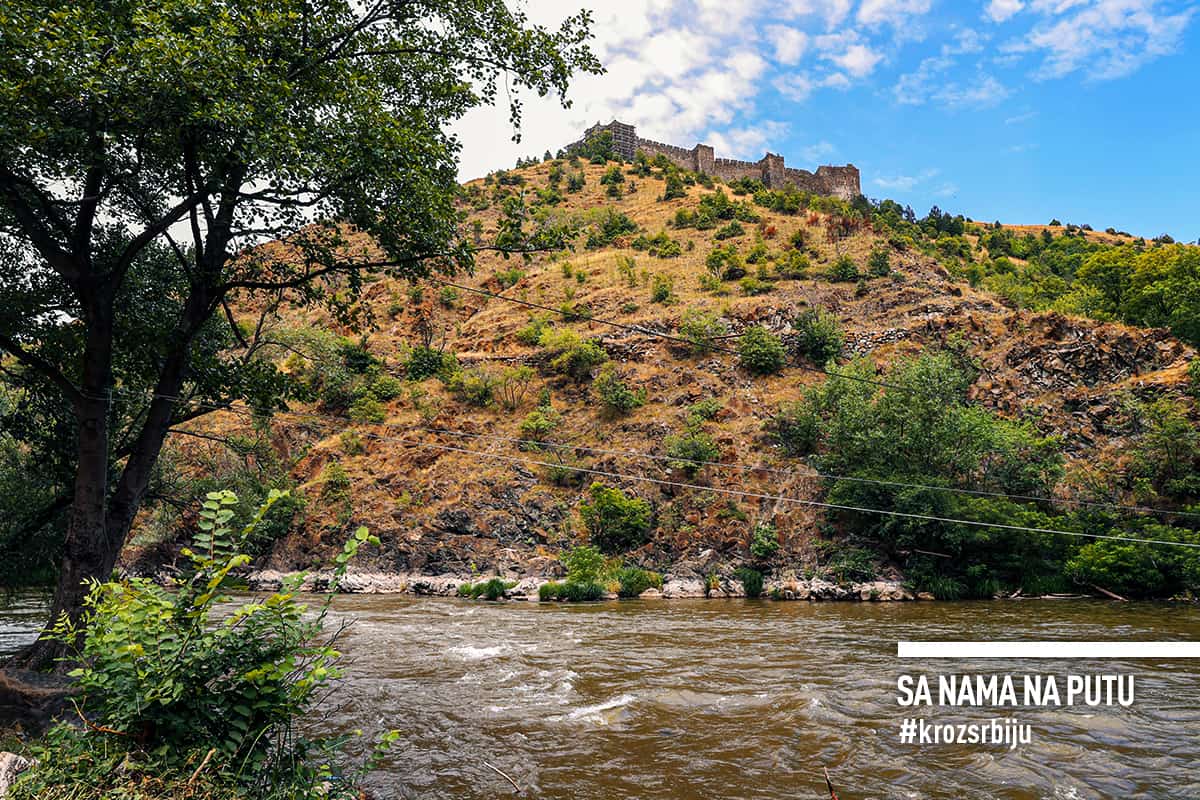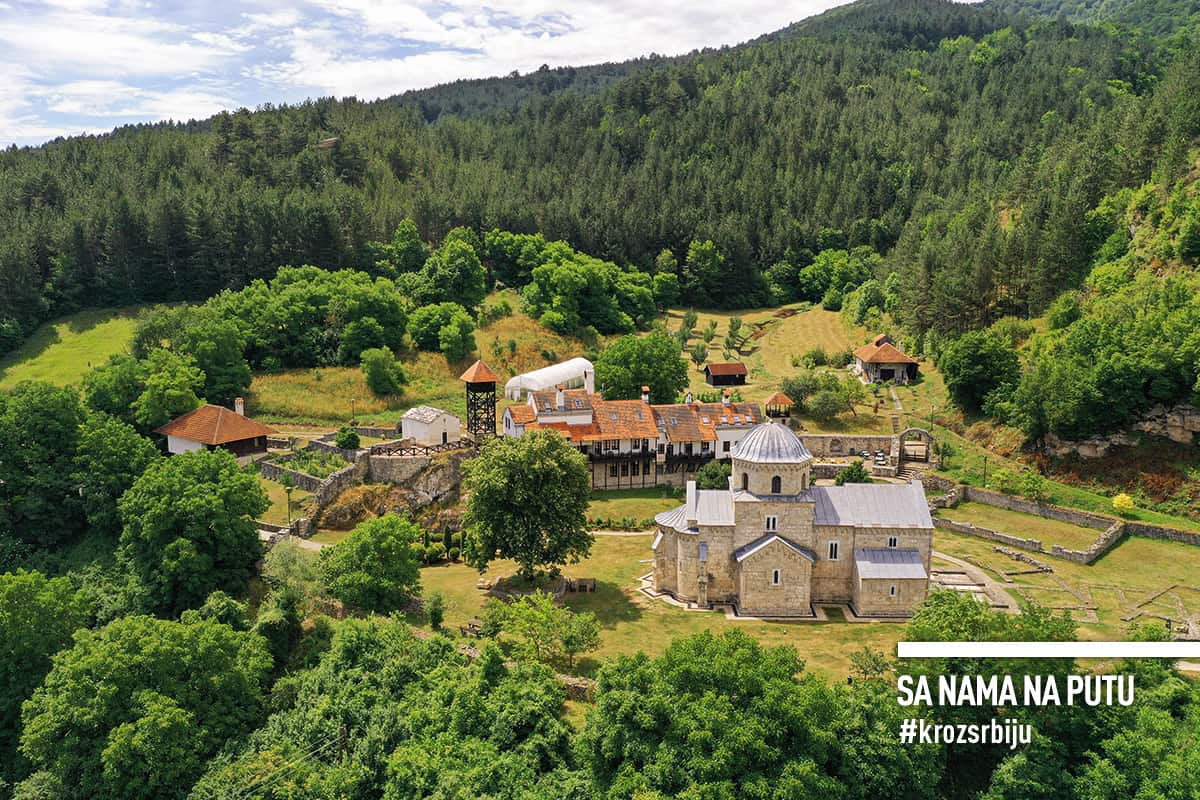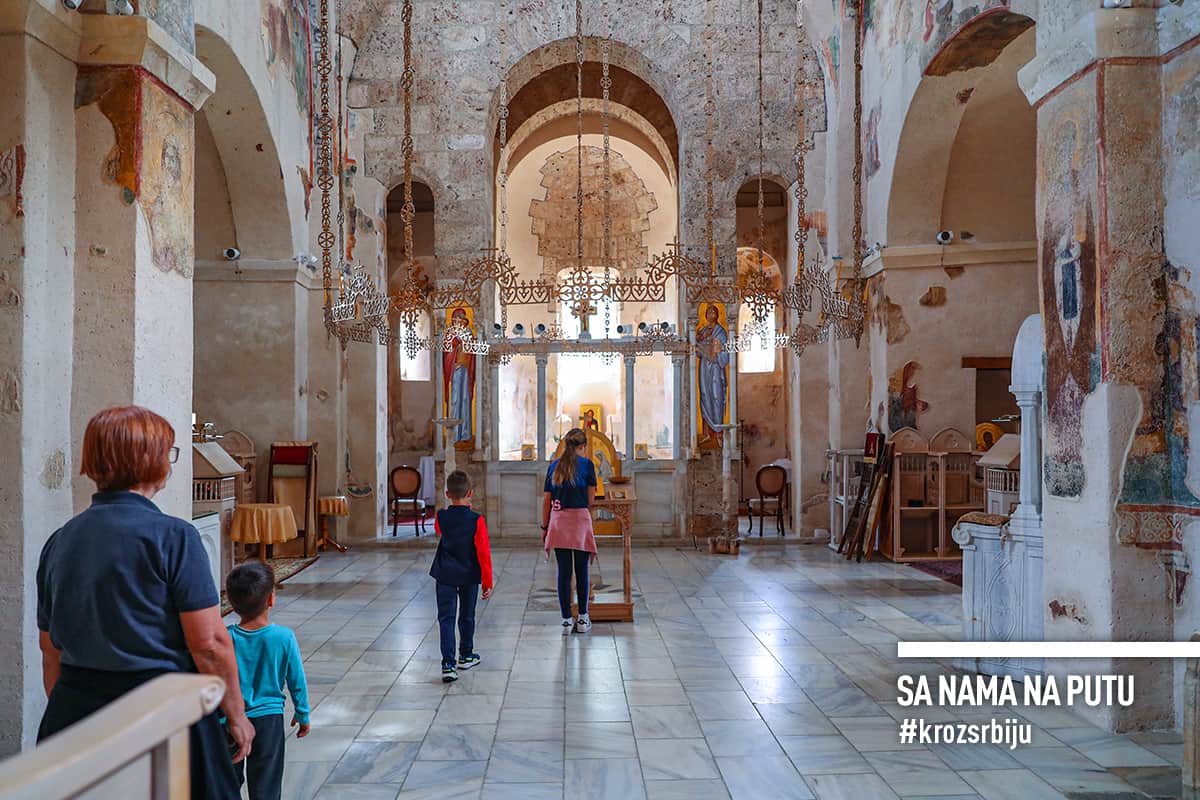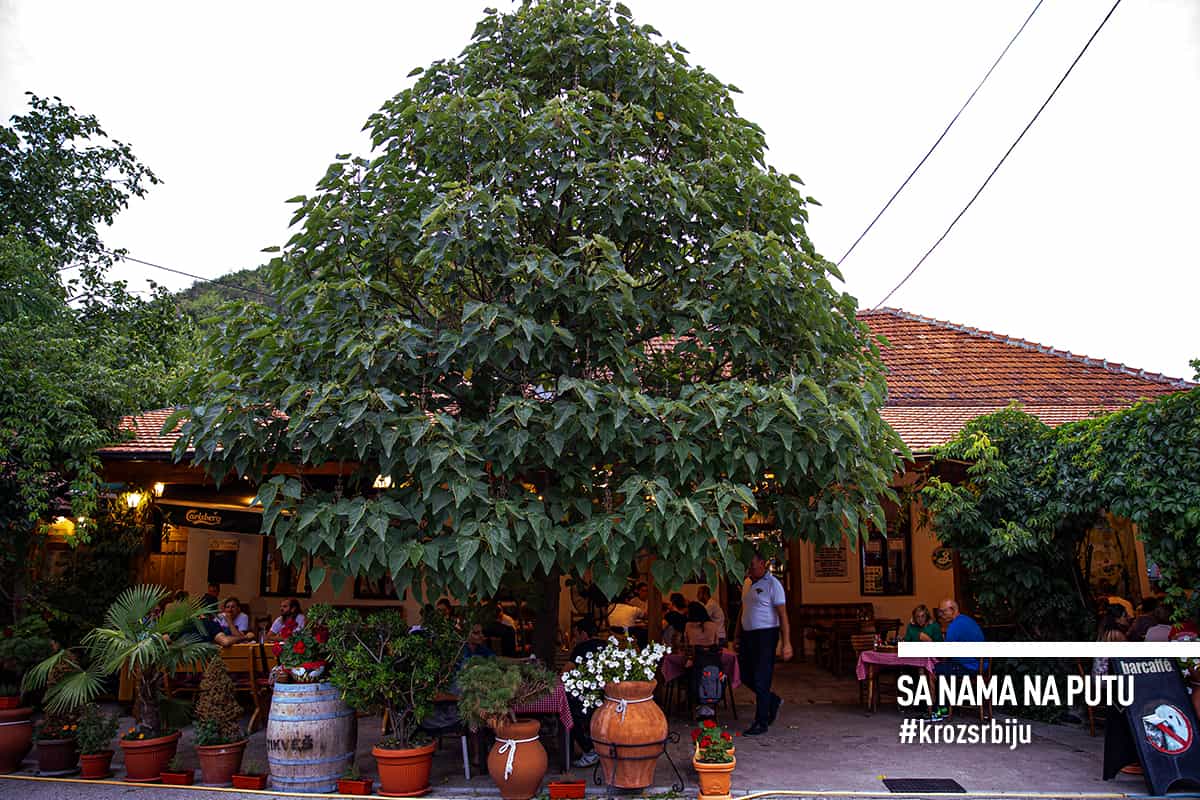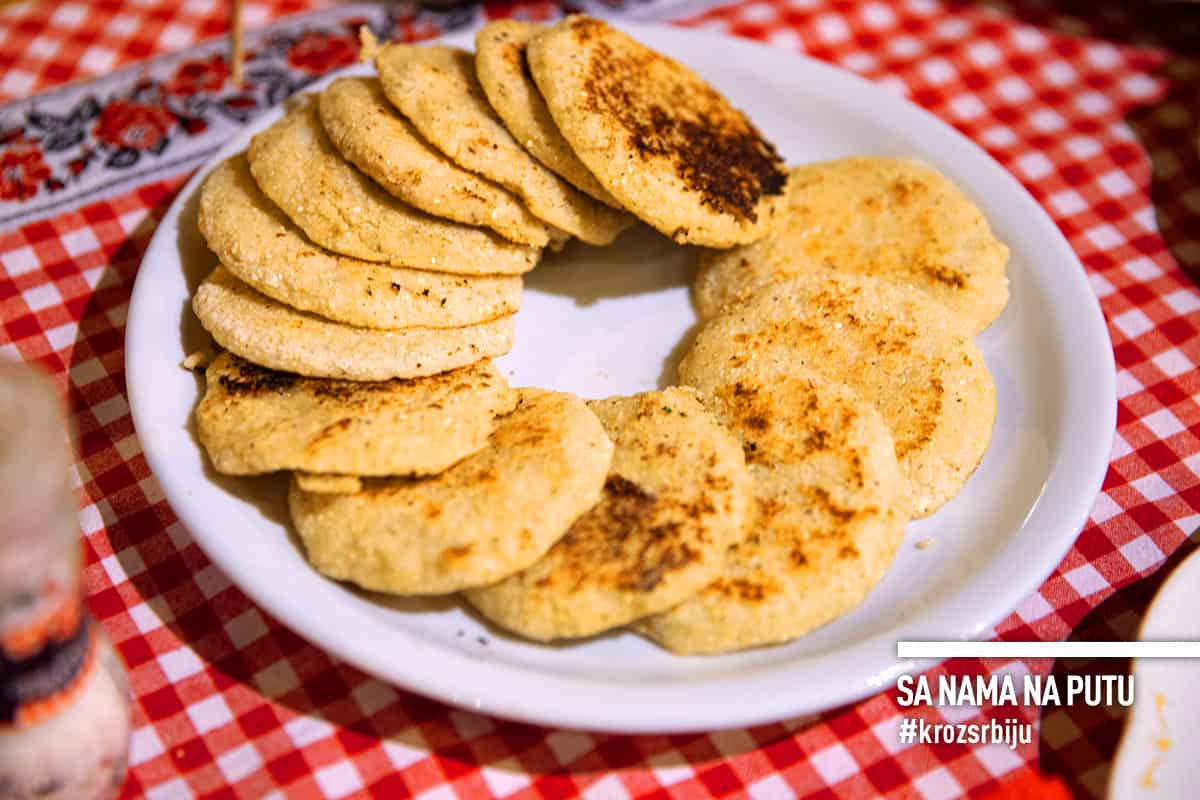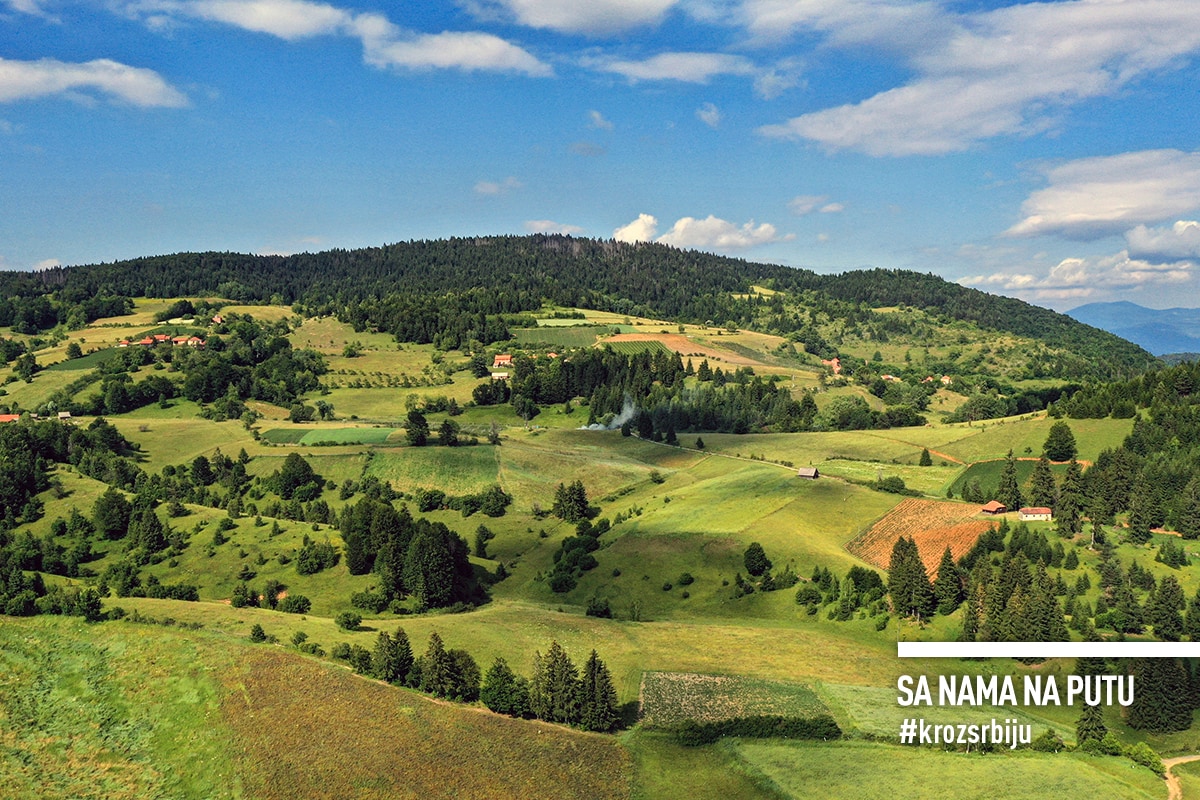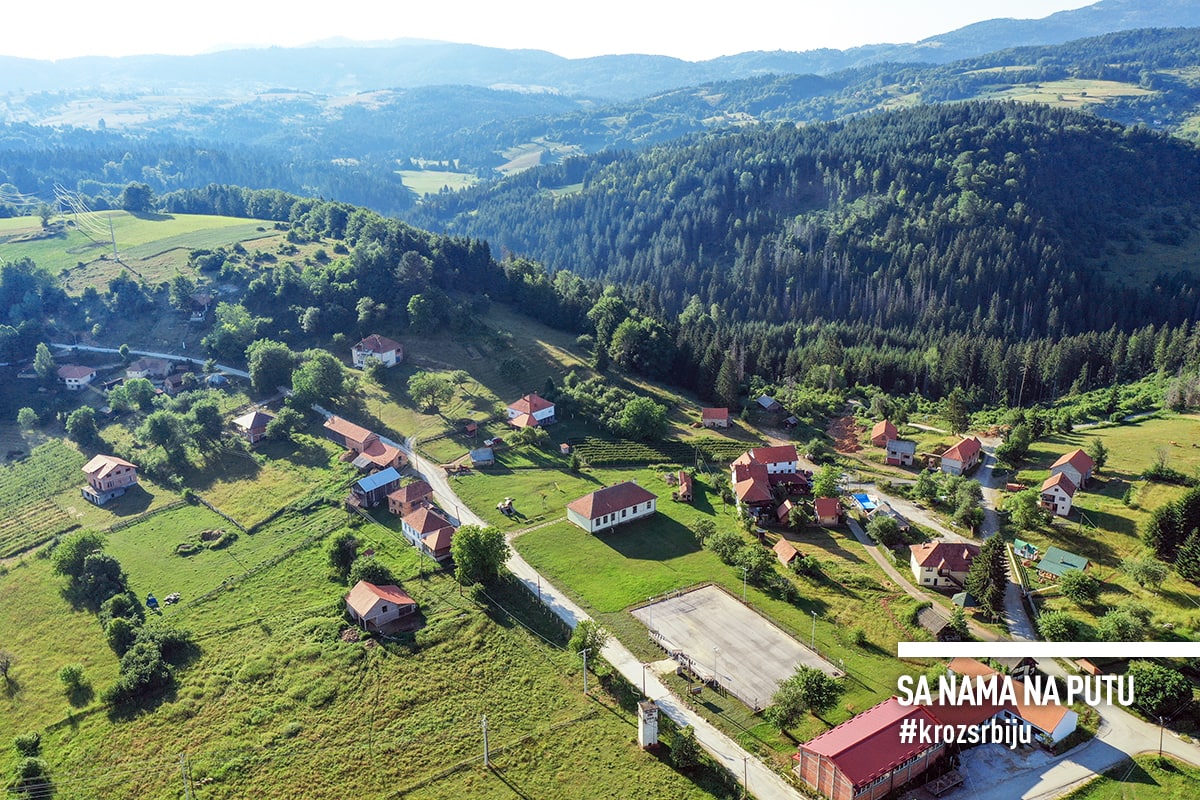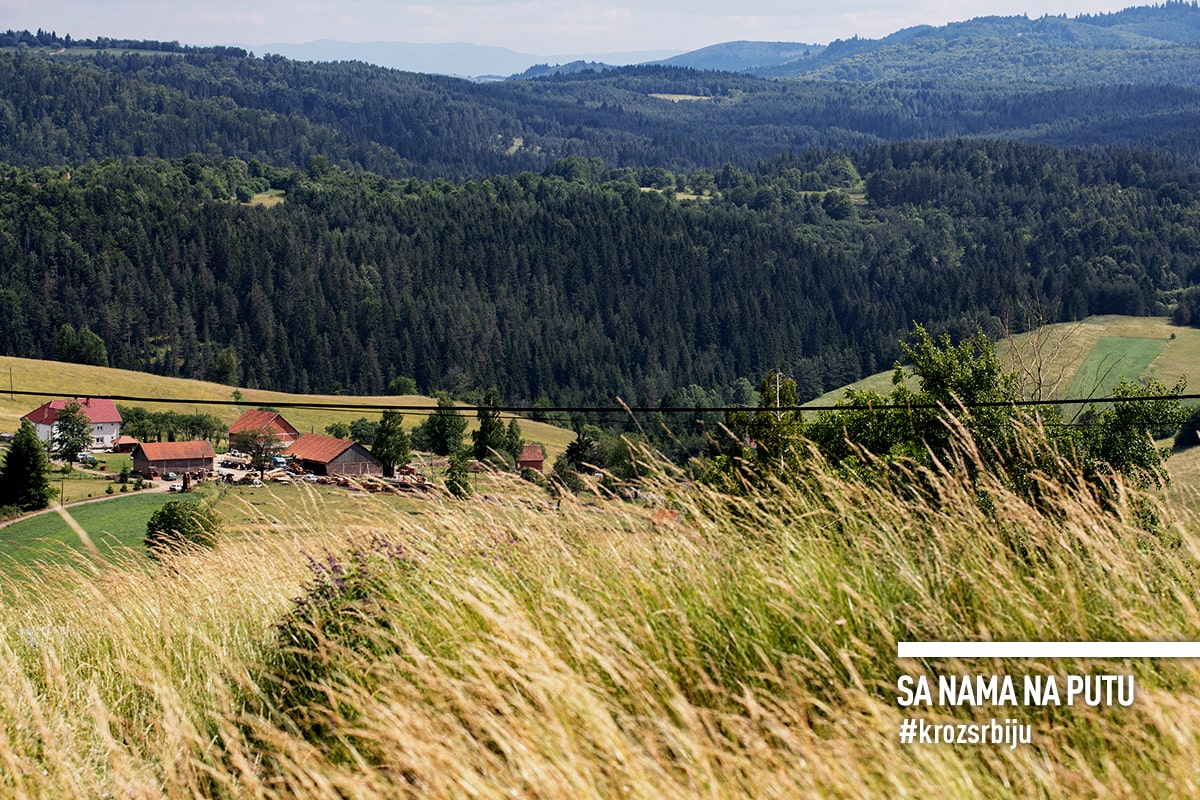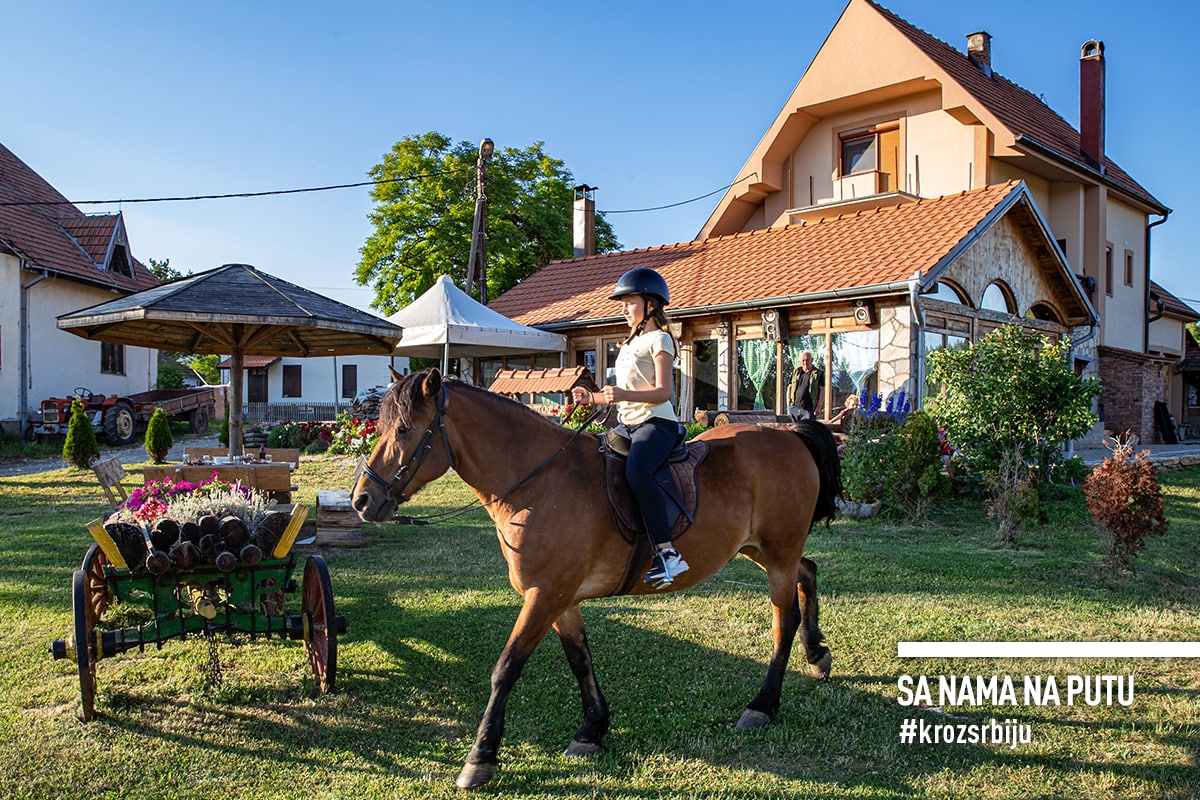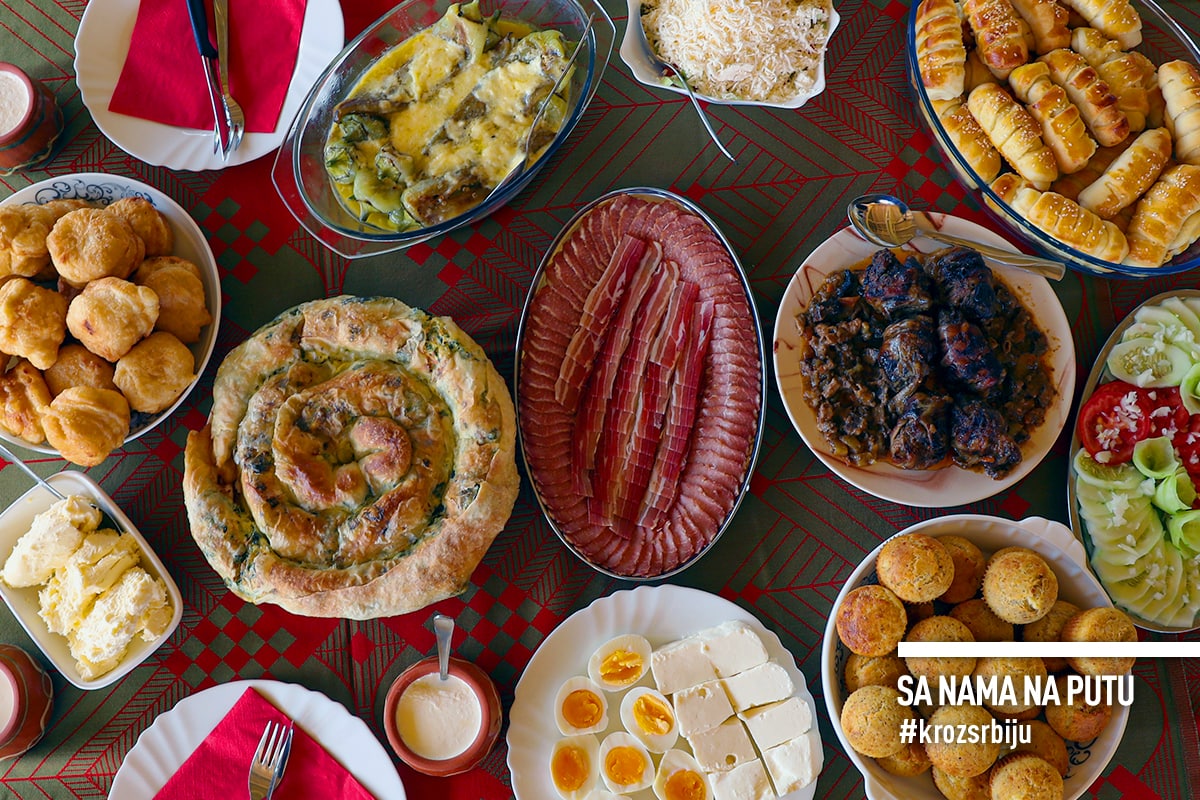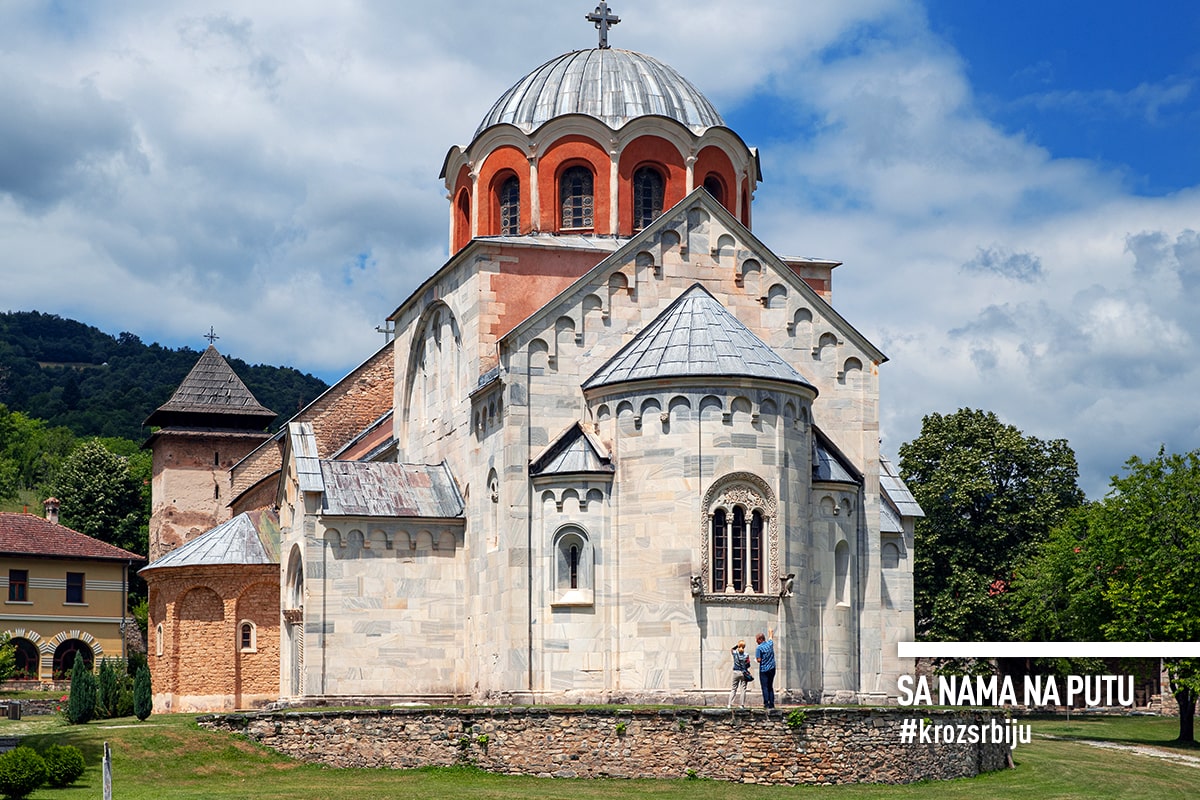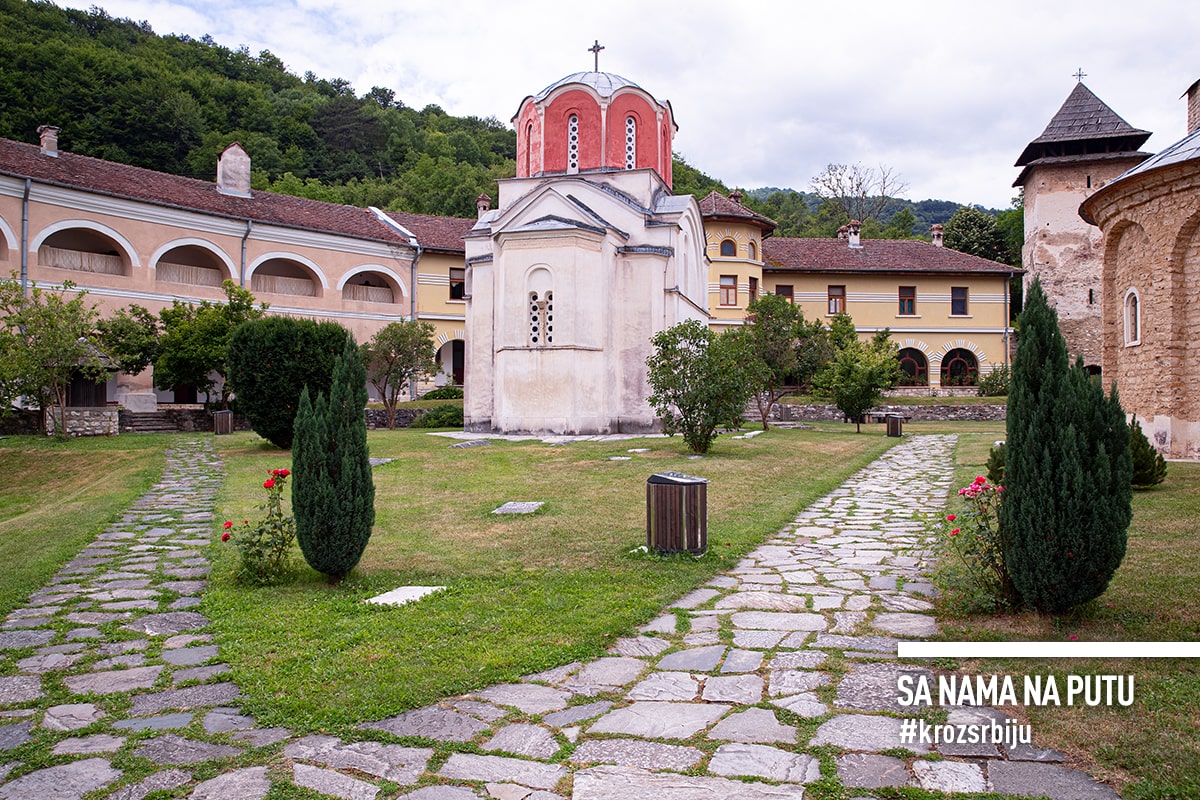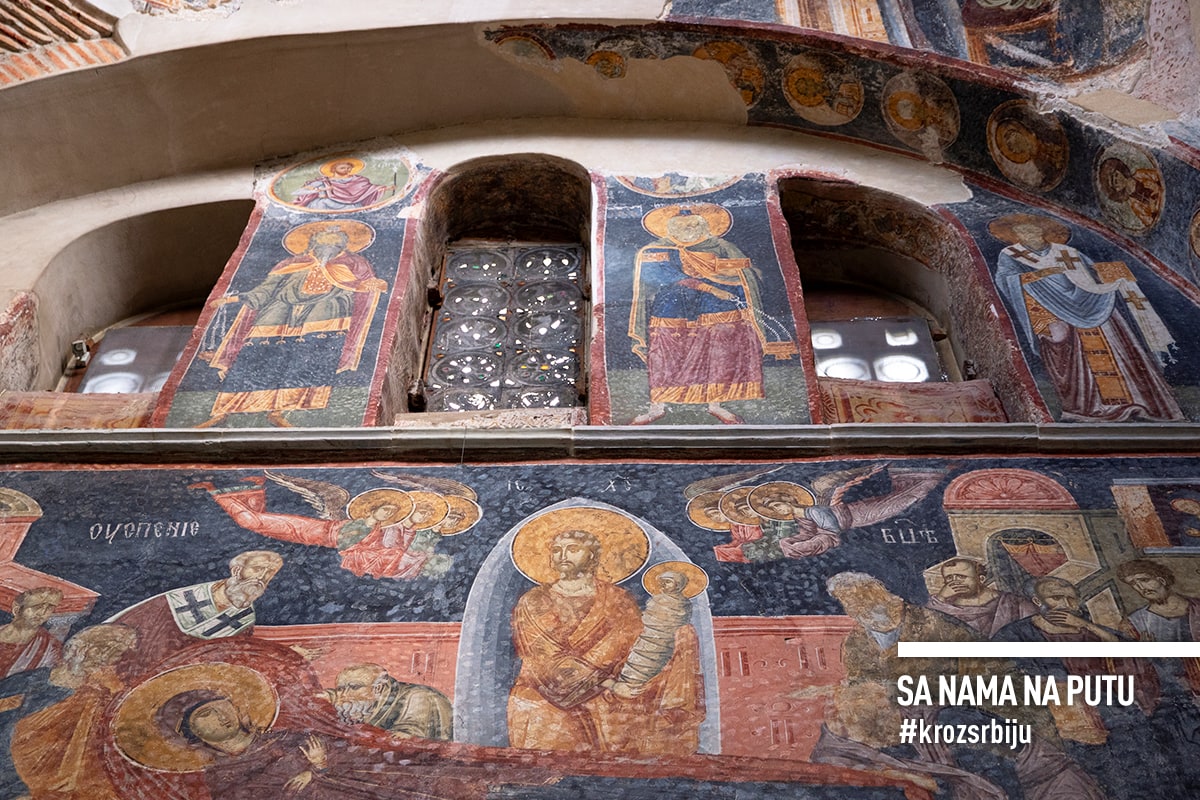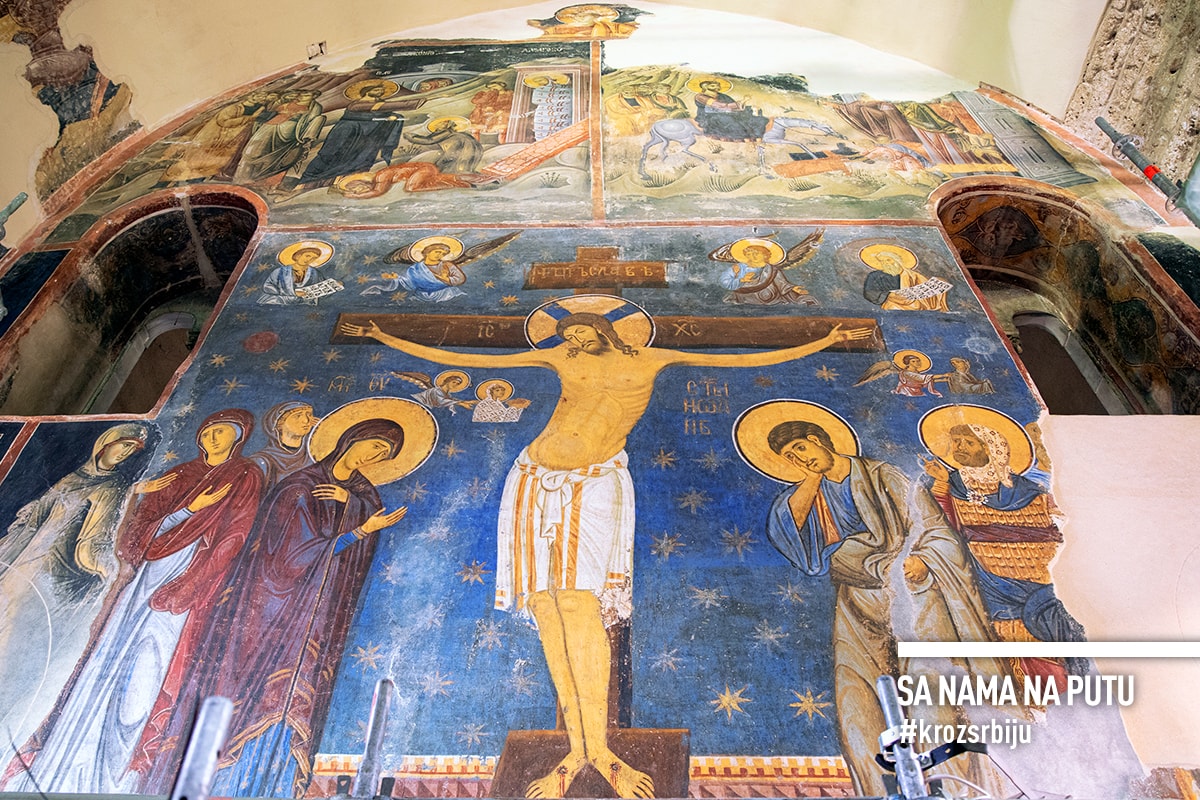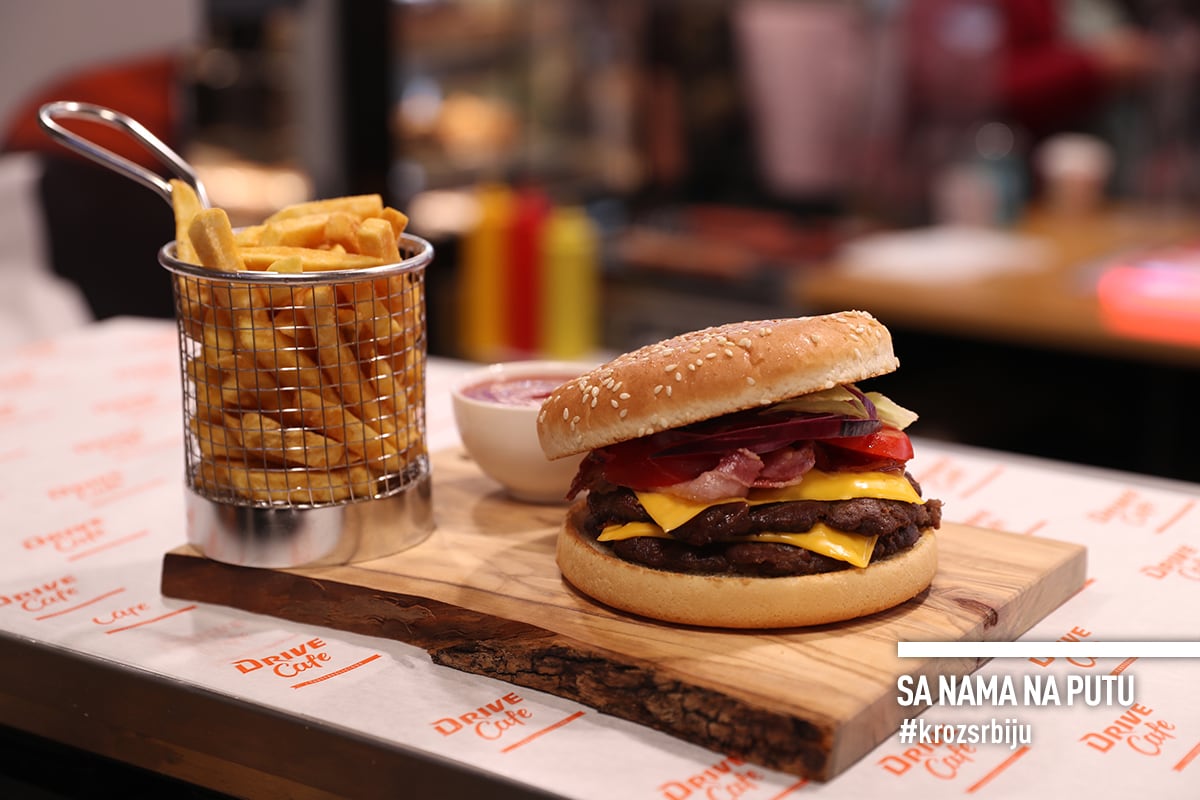Because Pešter has a fairytale nature
For many, it is the Siberia of Serbia, a place in the middle of nowhere with heavy snows and merciless freezing temperatures that are commonplace in winter. Truth be told, there are not many amenities on the highest plateau in the Balkans. Nesting between many mountains and highlands, its nature seems to be a creation made for Gods. With its herds of sheep, cows and horses are roaming its vast drylands. Peacefully. Its scare local population is incredibly humble, accustomed to harmonious living with nature that is more often than not extremely harsh. They are warmhearted, hospitable, smiling. They are truly delighted to greet any wandering soul that happens to come by. Pešter is an experience for the soul, if possible, before mixers and excavators swarm this place as well.
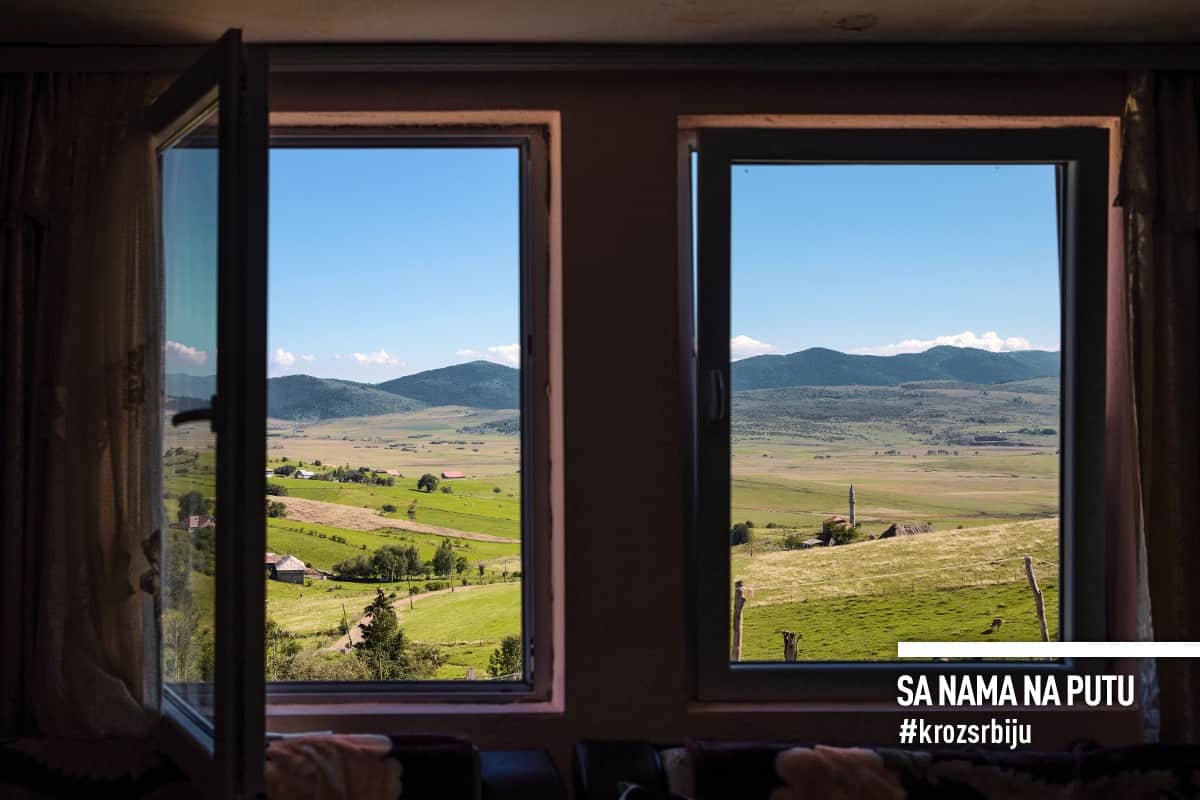
Because Uvac is the Serbian Colorado
That’s how it is called by some of the locals. We haven’t visited the Grand Canyon but, if one may judge based on available photos and videos, the comparison seems to be unjust to the exceptional beauties of Uvac. Not everything that comes from America is always better and more beautiful than it is in Serbia, just bigger maybe. Our canyon pridefully shows the stunning meanders crisscrossing the landscape of lush greenery, with an emerald lake, that welcomes carefree divers during summer months, and the Ice Cave with rich cave decorations. Watched by its guards from the sky. Those are griffon vultures living on the precipitous cliffs of the Uvac Canyon, one of the largest colonies of this bird in Europe. Sky giants with mighty wings and a perfect flight. The views from Uvac can hardly be described by words. It is not a replica of Colorado but one of a kind treasure trove here in Serbia. Long isolated by its obscurity, it was suddenly “discovered” and its merits earned it a place among the most recognizable landscapes in Serbia. If possible for Uvac to remain hidden for years, there must be another hidden jewel somewhere else too.
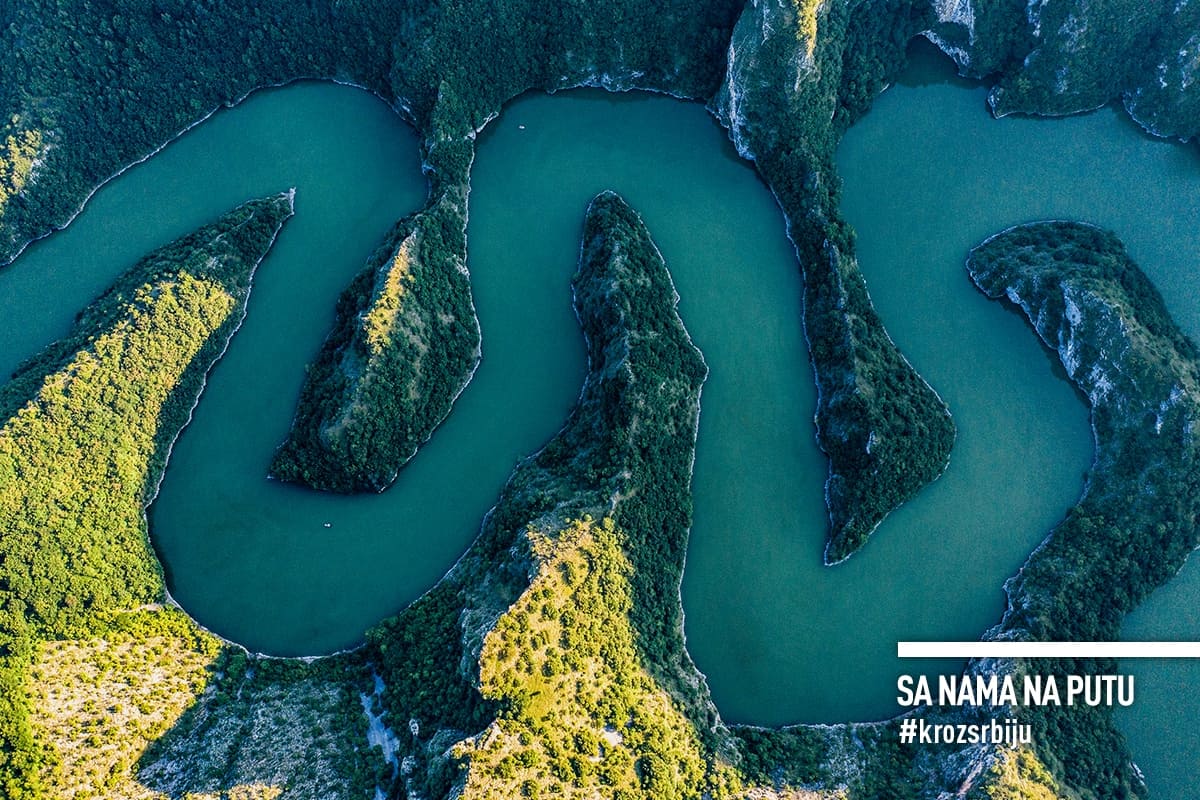
Because Đerdap is Danube’s masterpiece
Not all Danube countries have been so fortunate to be the home of this mighty blue river at the prime of its strength and ferocity. But Serbia has had that privilege, for the most part of its flow through the country. In the vicinity of the town of Golubac, its vastness is reminiscent of the vastness of the sea. It is a sprawling and basking body of water, but not for long. When faced with massive mountainsides, the river is forced to squeeze through the gorge that is the largest of this type in Europe, stretching for more than 100 km to the Diana Fortress near Kladovo. Flowing through the Đerdapskoj klisuri, the Danube is a natural border between Serbia and Romania. Pushed by massive rocks, this powerful river carved fairytale landscapes. It yielded abundant riches to both sides, though more generously to its right banks – Serbia. Fighting for the passage through the cliffs, it nearly lost the battle in the ravine of Mali Kazan, the stretch of river barely 150 m wide, where it is forced to carve deep into its bed to the depth of 90 m. Throughout its course through the Iron Gate, as called by foreigners, the river features landscapes of lush vegetation, magnificent viewpoints, revealing the spirit of ancient cultures and remnants of early civilizations. Had Strauss experienced Đerdap in person, we believe that his famous waltz would have been named “The Ferocious Blue Danube”.
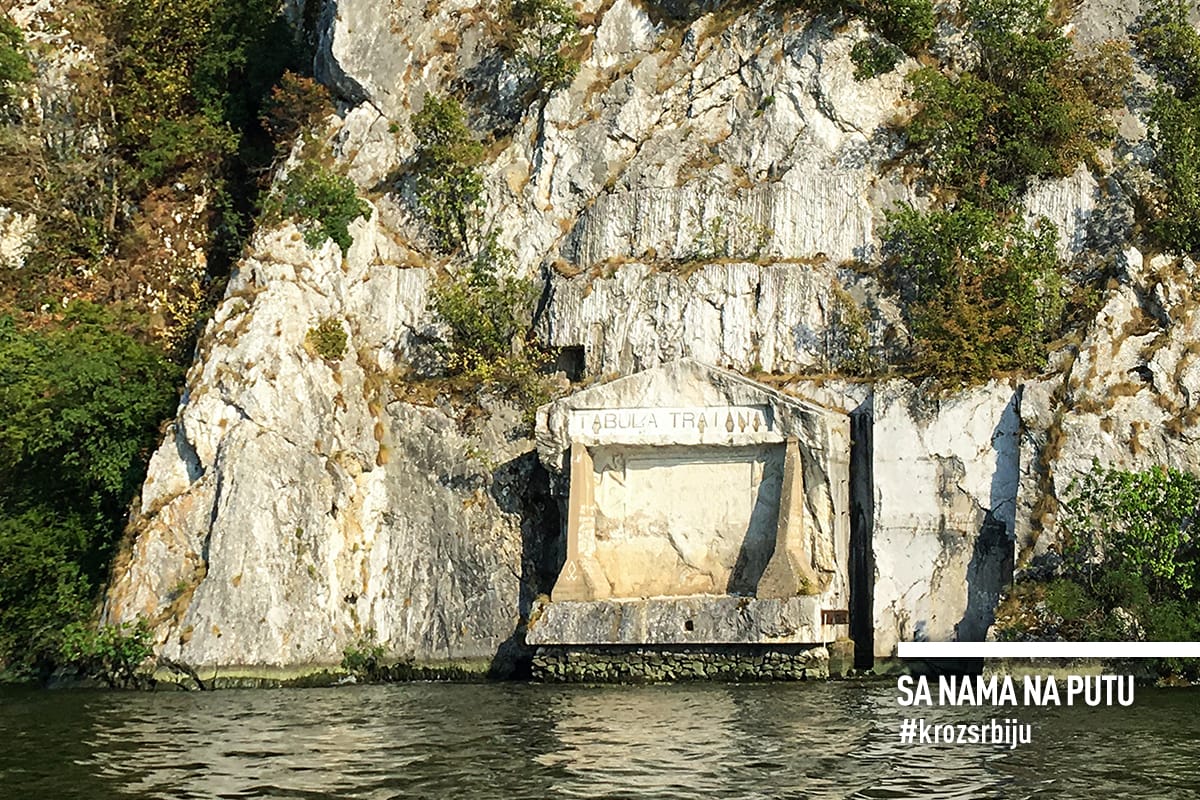
2. Because the ancient past of this territory is a mystery
These grounds were trodden by nearly all the people that had ever stepped foot on the Old Continent. Some lived in peace. Others attacked, enslaved, plundered, destroyed, put to flames, but they built as well. They left us an immense and diverse cultural and architectural wealth. Some of it has been discovered, but not all. Nevertheless, they are a testimony to how important and attractive this piece of land was.
Because Lepenski Vir is the cradle of Europe
The settlement on the right bank of the Danube, in the Đerdap Gorge, was formed around 9,500 BC, though official data place it about 3,000 years later. It was not by chance that Lepenians chose this landscape, between the river rich in fish and sharp cliffs that offered protection against wind. All the houses were facing east, to soak in the warmth of the early sun. They were smart and healthy. Their diet was predominantly composed of fish. From the community that relied on hunting, fishing and gathering, they turned to crop and animal farming. This allowed for the population to increase, making the available space scarce and forcing them to migrate. Where the Lepenians went remains unknown.
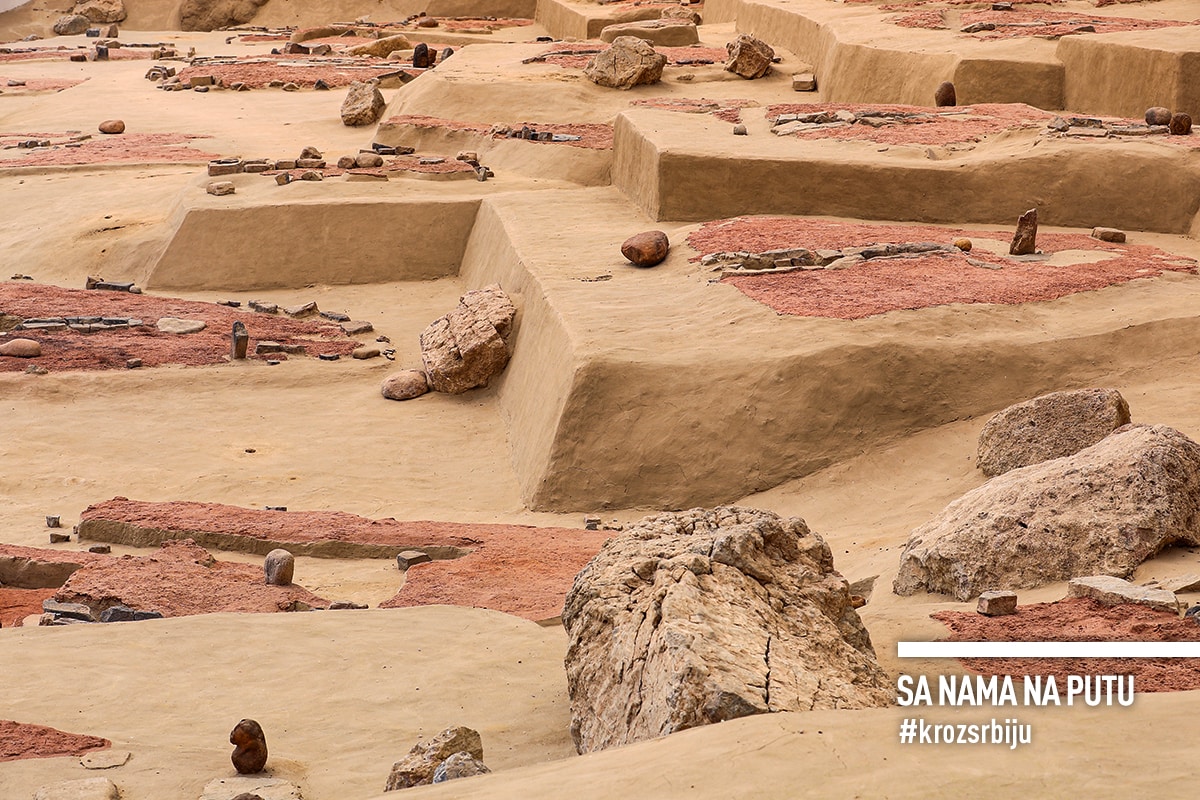
The settlement that stunned the world was discovered during the exploration of the area before the construction of the Đerdap HPP. We only have that which was found at the time. If there is anything else, it will remain hidden beneath the waters of the Danube. The excavations are on display at the Lepenski Vir Visitor Center. A remarkable contemporary exhibit. Alongside Vinča, Lepenski Vir is the most important archaeological site in Serbia. However, they share the same fate. Both have failed to catch international attention, both have had their importance somewhat disputed. Lepenski Vir is the most important archaeological site in Serbia. However, they share the same fate. Both have failed to catch international attention, both have had their importance somewhat disputed.
Because Viminacium is the Balkan Pompeii
Thousands of years after the Lepenians, not far from Kostolac but once again near the Danube, this area was visited by the Romans. They must have been taken by it, as they stayed in the area for many centuries. They originally intended it to be a military stronghold but, having seen the fertility of the soil, abundance of ores and the importance of its waterways, they built a settlement that then became the capital of the Upper Moesia Province, an important trade, craftsman and medical centre. It was looted and destroyed in the fifth century and was left forgotten under the earth, much like Pompeii. Only to be unearthed by archaeologists. Today, there are on display: a mausoleum, tombs, the Roman street, the thermal baths with underfloor heating, and the amphitheatre that was a later addition. It feels as if one has entered a time machine and travelled back to the past as it was two thousand years ago. One gets an impression that a gladiator or an old Roman, clad in full armour and a toga, might come from around the corner. Viminacijum is widely known. To be fair, it is well-deserved fame. A brilliantly designed tourist centre that offers history and culture, but also entertainment and sports amenities. Its greatest appeal might be the female mammoth called Vika, undoubtedly the oldest ever resident of this area.
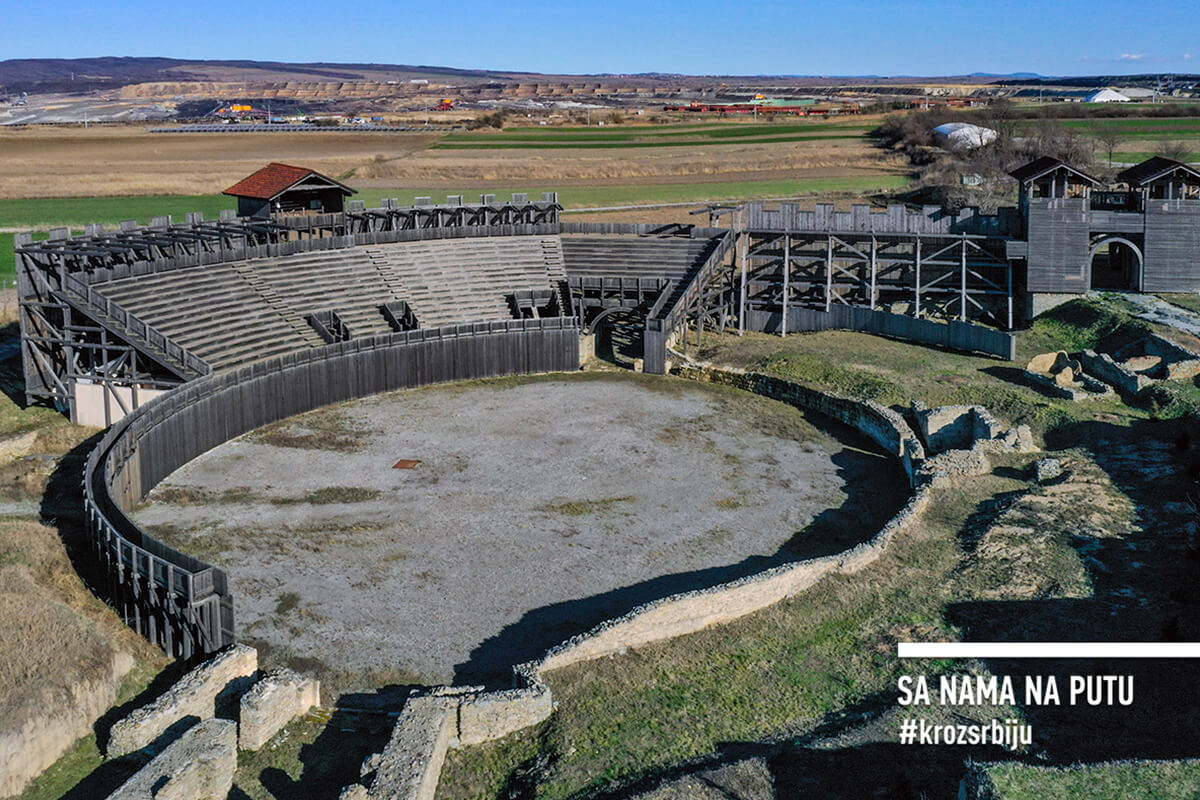
Because Caričin grad is a unique Byzantine legacy
This area was once under the rule of the Eastern Roman Empire. One of the greatest Roman rulers, Justinian I, who was born on Serbian soil according to some sources, decided to build the future capital and the archepiscopal seat of Illyricum at the foot of Radan Mountain. Justinian Prima. Intended for his forbidden love towards a dancer called Teodora, the legend says it was named Caričin grad. It was built in the first half of the VI century. It was huge and lavishly decorated, surrounded by ramparts with towers and a moat filled with water. Within the fortress walls, there were cobbled streets, thermae, churches, basilicas, residential buildings, a cathedral, an episcopal palace, and a public square. It was rich in colourful floor mosaics that can only be seen on the exhibit panels. The town was short-lived, as less than a century later its residents left when faced with the Slavic invasion.
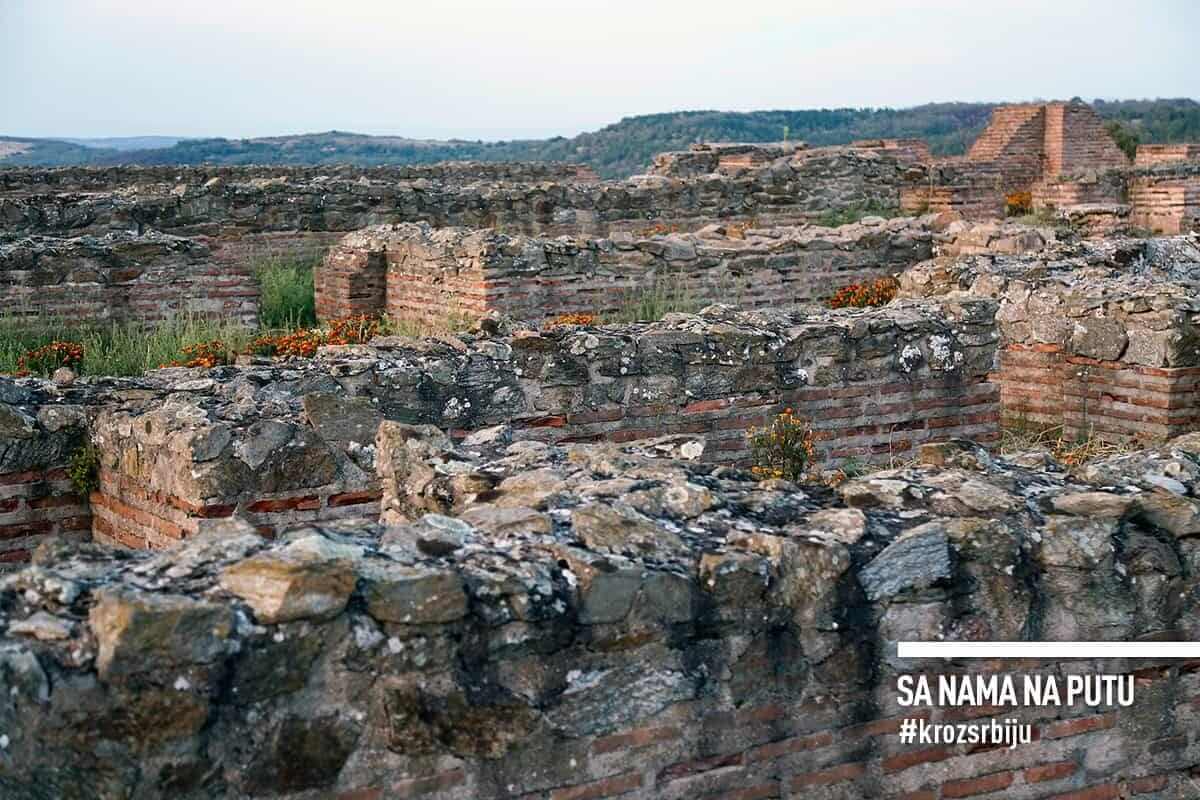
It is reminiscent of the Acropolis of Athens, situated on a lower hill, but more spacious and much more luxurious. A unique site across the Balkans. Cast aside and neglected. An application for the UNESCO World Cultural Heritage List was submitted as far back as 2010. Someone recognized the value of Justinian’s legacy, but since then, it has been grounded to a stop.
3. Because it’s not cold in the Serbian mountains
Bacon, prosciutto, kajmak, and spicy homemade sausages will assuredly provide you with sufficient warmth. And they are massively available across all Serbian mountains. With warm clothes in addition to the food, the seasoned winter lovers will not feel the bites of winter. The snow usually comes as expected, but sometimes, when so inclined, it covers the ground and bounds the roads.
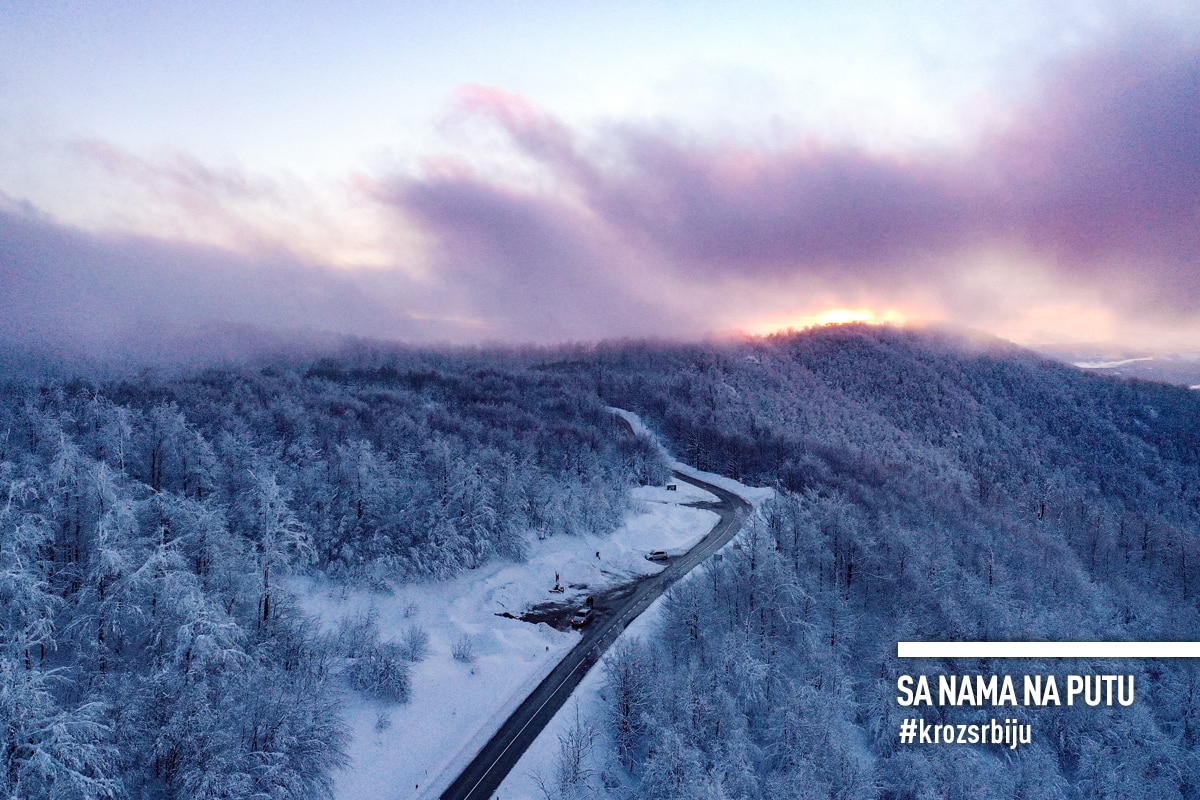
Because Kopaonik is a top destination
It is the best ski resort in Serbia. For winter sports enthusiasts, it offers about 65 kilometres of trails and roads for alpine and Nordic skiing, modern ski lifts and cable cars that cruise from one end of the ski tracks to another. The ski trails are well-beaten and maintained, with nearly all of them supported by artificial snow systems and perfectly marked. And for the tireless visitors, night skiing under the spotlights is also available. Adrenaline chasers can rent a snowmobile after the ski trails are closed and take a ride on a taxi snow groomer. Kopaonik is also known as Serbian Davos, partially because it is a place of gathering of the business elite during the Economic Forum in March, and partially because of the high rates charged by some restaurants and hotels.
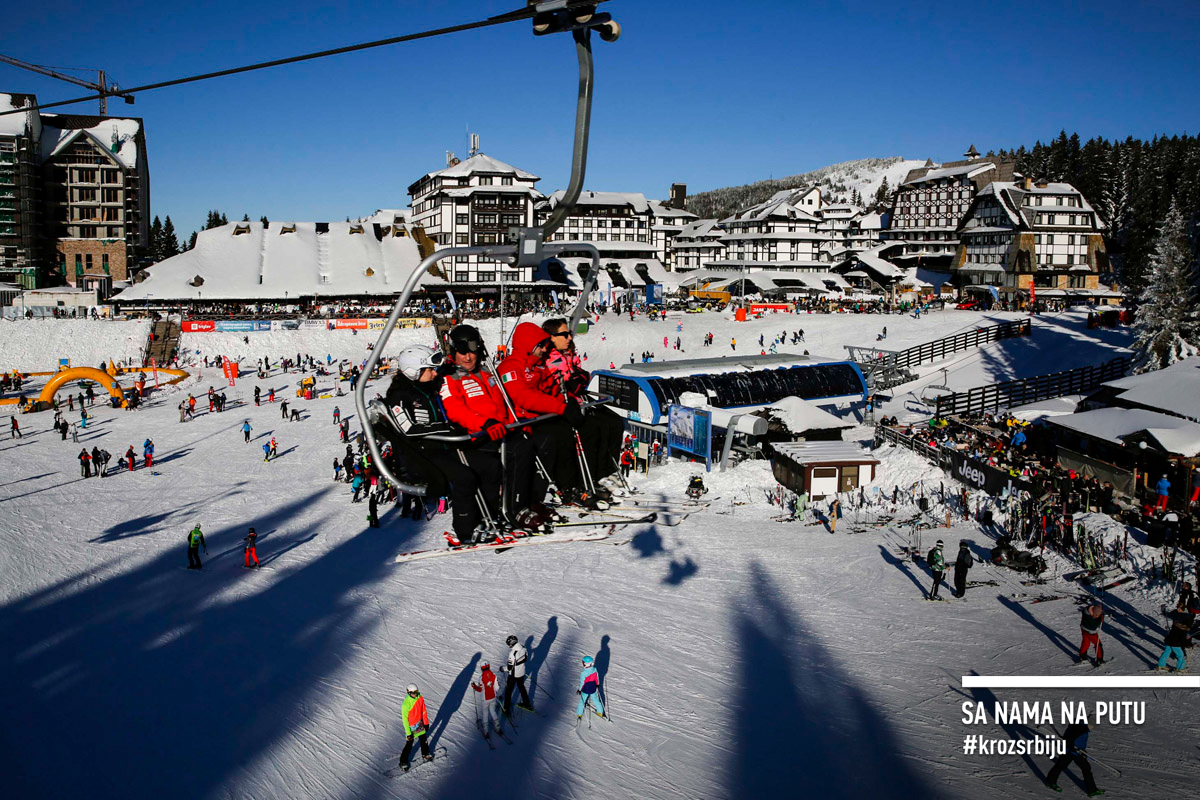
While the plentiful oxygen rebuilds the strength, new construction projects are afoot non-stop, resulting in the shrinkage of the safe areas for skiing and snowboarding. At the height of the season, Kopaonik turns into a rather big town where the battle for parking and a place in cafes is a part of daily distractions. For the season of 2021, a gondola from Brzece was also put into operation, which certainly reduces the number of vehicles in the centre, but increases the number of skiers and boarders. So put your helmet on, a pair of eyes on the back, and watch your step.
Kopaonik is much more than just a ski centre. It is a National Park of exceptional natural qualities. It should be visited in summer when it is dry, peaceful and in full bloom to explore its riches and experience the charms of its wilderness.
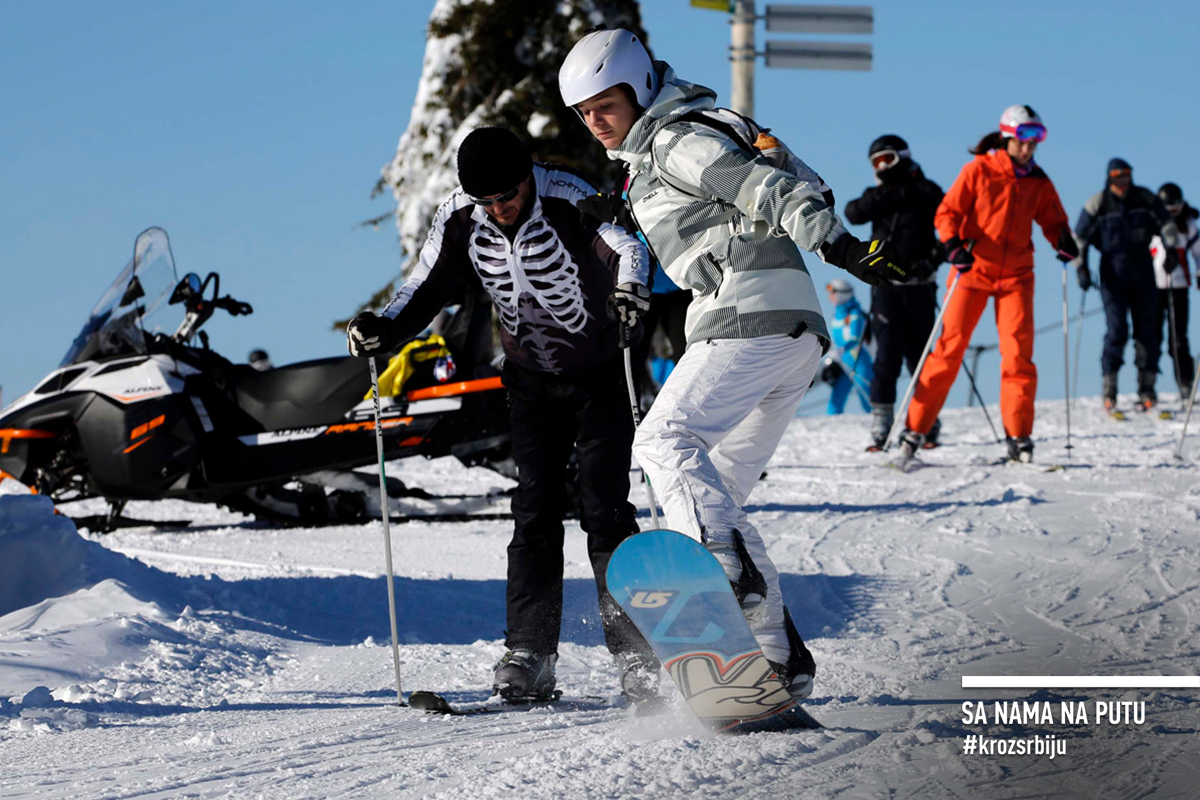
Because Zlatibor offers excellent entertainment
The word about its exceptionally good kajmak and prosciutto but also air spa potential has spread around. In the meantime, it has also developed into a ski resort with several elevators and excellent ski trails. Similar to Kopaonik, Zlatibor has become quite urban and overpopulated. It’s the price of popularity, but thanks to that same popularity, it is vibrant all year round. It offers a variety of entertainment and leisure activities, opportunities for training, recreation, as well as adrenaline sports. During summer, it also offers swimming. The summer season is a wonderful opportunity to wander deeper into the woods and arrive at the Sirogojno museum – the world’s only open-air museum of its kind. It preserves heritage, old crafts and skills in still pristine nature.
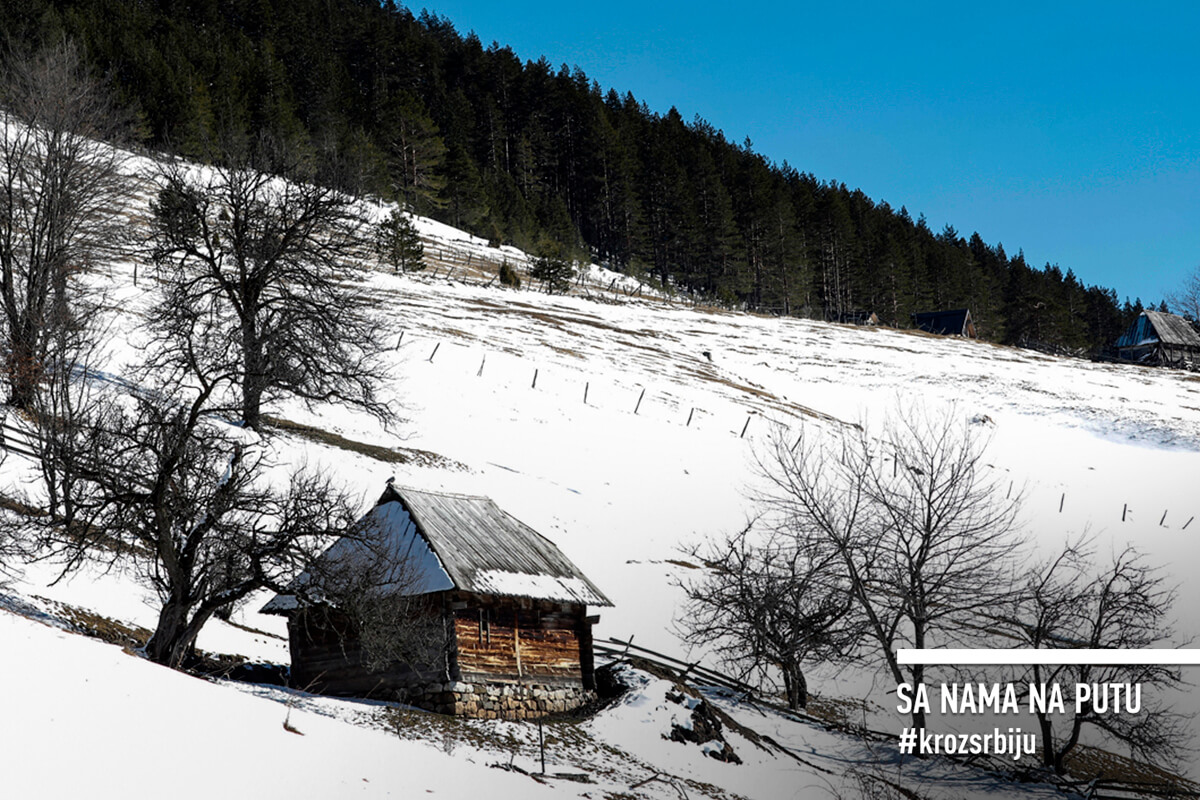
Because Stara planina is a winter paradise for families
Its atmosphere is more relaxed and peaceful at rates that are more affordable than the other two mountainous beauties. Suitable both for beginners and seasoned snowboarders. It is the one that is best suited for families with small children. Everything takes place in the centre, at the start of the gondola, making it easier to keep an eye on the children until they become more apt at skiing and head for the summits themselves. The problem may be the distance between accommodation and the ski slopes. If you cannot afford a hotel, you can find accommodation in private houses a few kilometres away, which would require a vehicle ride every morning. No boisterous nights out are available, except for the bohemian atmosphere in restaurants. This situation is acceptable to most. Don’t miss out on the queen of all sausages – the iron sausage, and the belmuž, a young white cheese mixed with flour. He used to give the shepherds the strength for the entire day, and it will do so for you too.
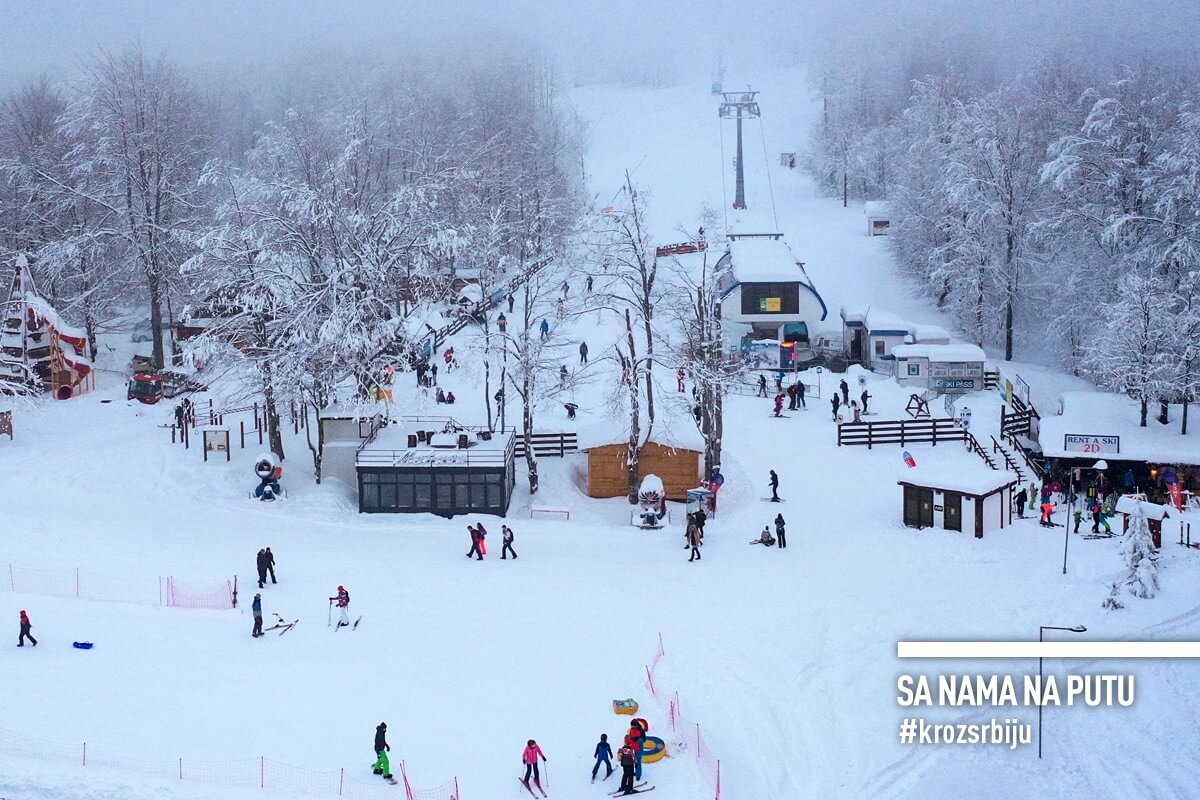
And when the snow melts, Stara Planina, as those that know the mountain well would say, becomes magical with its waterfalls, springs, little rivers, caves, hiking trails across the hills and meadows. Also called the Balkans, Stara Planina is always youthful.
4. Because the religious heritage of Serbia is remarkable
There is hardly any corner in Serbia that does not have a temple, monastery, church, or chapel. Medieval Serbian rulers were great patrons, leaving us with rich spiritual as well as artistic and architectural heritage. The holy sites were also centres of culture, education and literacy and shared the fate of the people, and were often used as shelters for the outlaws and patriots.
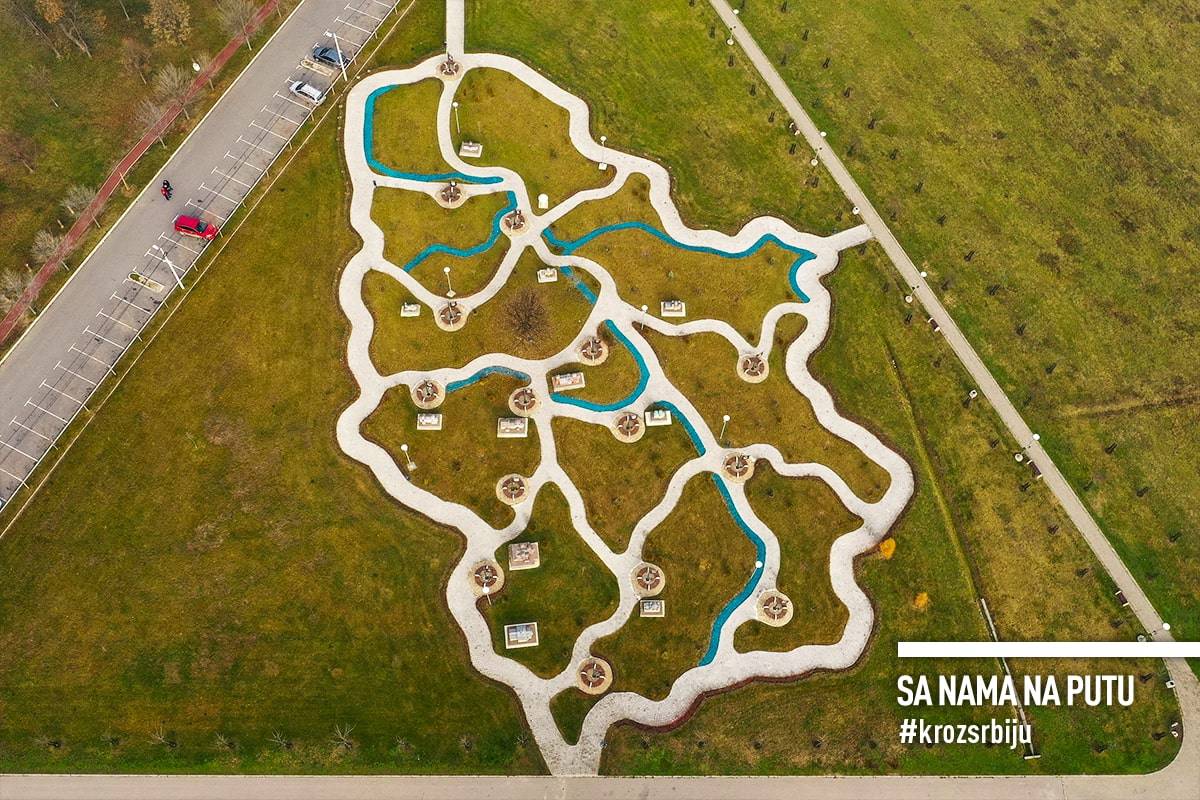
Because Studenica is the holy cradle of the nation
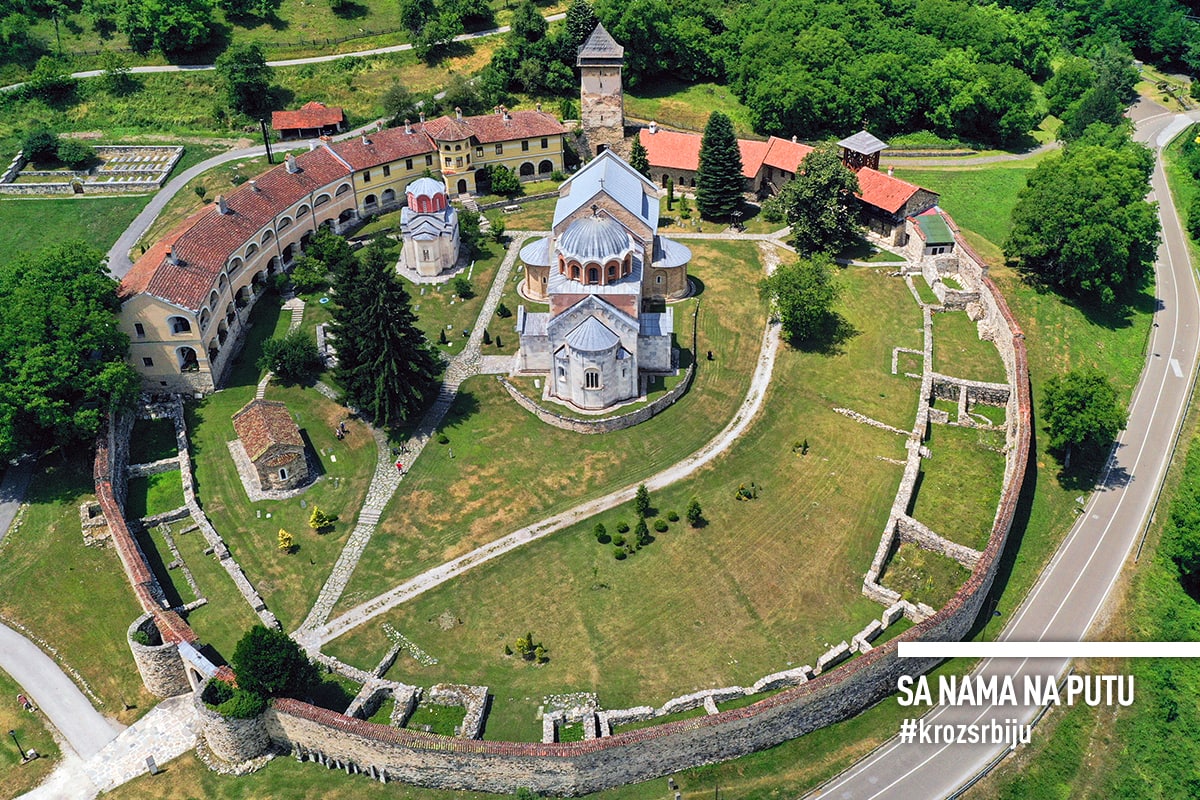
It was not the first monastery built by the Nemanjić family, but it keeps the remains of Stefan Nemanja, the progenitor of the dynasty. The Church of the Virgin was built at the end of the XII century. The sarcophagus with Nemanja’s relics is kept in this church. It is famous for its frescoes, the best known of which is the Crucifixion of Jesus Christ, also known as the Studenica Crucifixion, one of the most beautiful works of Byzantine art of the XIII century. This spiritual fortress once had 14 churches within its walls. Today, in addition to the Church of the Virgin, there are two more: the Church of the King and the Church of Saint Nikola, the smallest and simplest one, beyond the reach of visitors. It was in this monastery that Saint Sava composed the Studenica Typicon, which declared Studenica independent from ecclesiastical and secular authorities. Studenica was listed among UNESCO World Cultural Heritage Sites in 1986 for enshrining priceless paintings and sculptures.
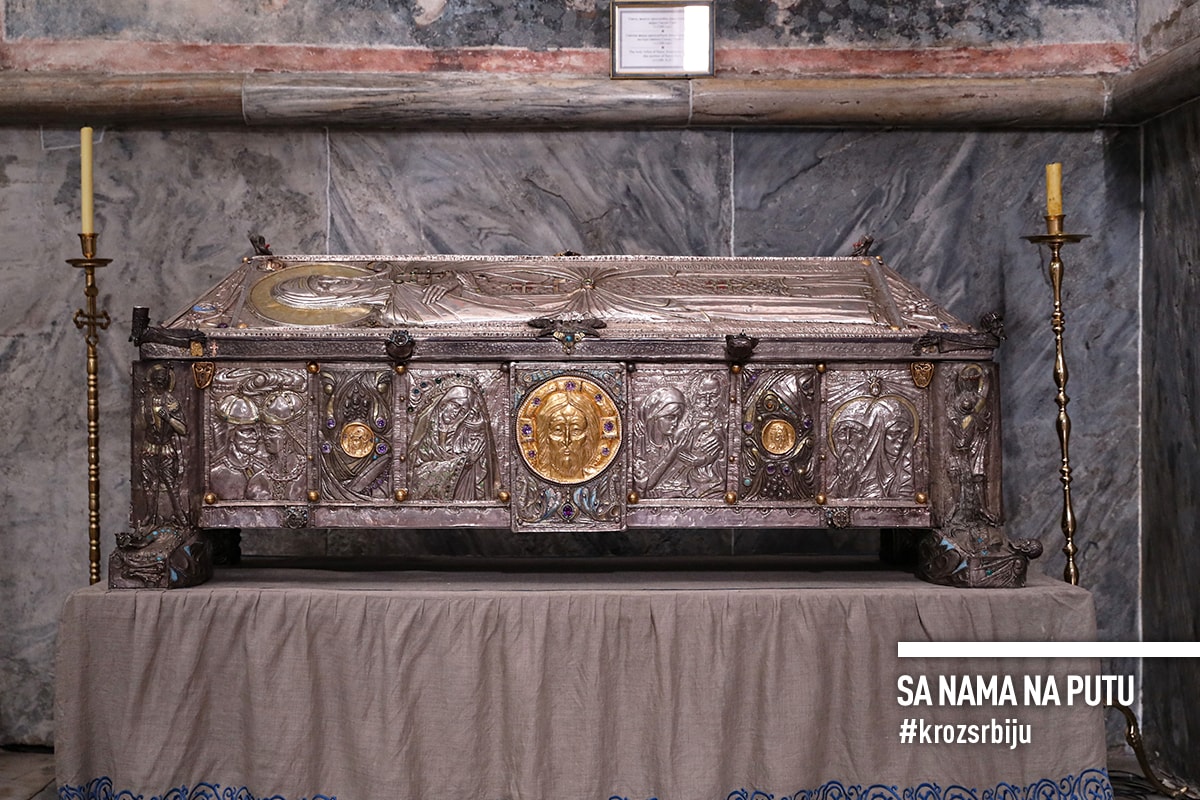
The peculiar atmosphere of Studenica permeates everything. The worshippers absorb it with their eyes and their souls, without words and timidly, almost with awe. Aware of the magnificence of the first among equals.
Because Mileševa is the home of a White angel
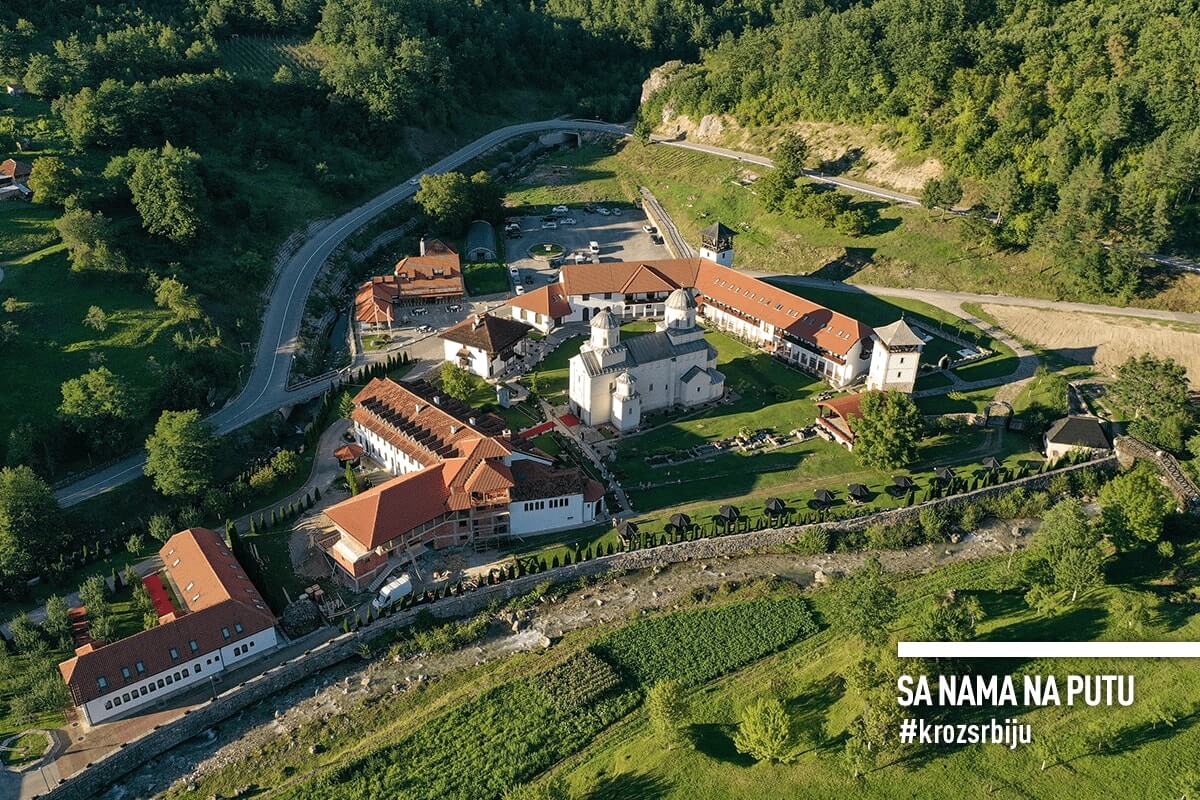
The most beautiful work of art from the Middle Ages, many say. The paintings were produced in the early XIII century. The monastery survived the Turkish ravages as well. It was saved by the wisdom of the people. A fresco of timeless beauty, a supreme achievement of art and a profound spiritual message. It made Mileševa famous across the globe. However, notwithstanding the most precious angel, this monastery situated on the shores of the murmuring Mileševka River is considered by the people one of the holiest of all temples. It used to be called the monastery of Saint Save for his love of staying there. After his death, the monastery kept the relics of the first Serbian archbishop until the end of the XVI century when the Turks removed them from the monastery and burnt them in Belgrade. It was founded by King Vladislav, the grandson of Stefan Nemanja. It also boasts the largest bell in Serbia, the gift of the Russian people, and the treasury that holds the sceptre of St. Sava, the symbol of the autocephaly of the Serbian Orthodox Church.
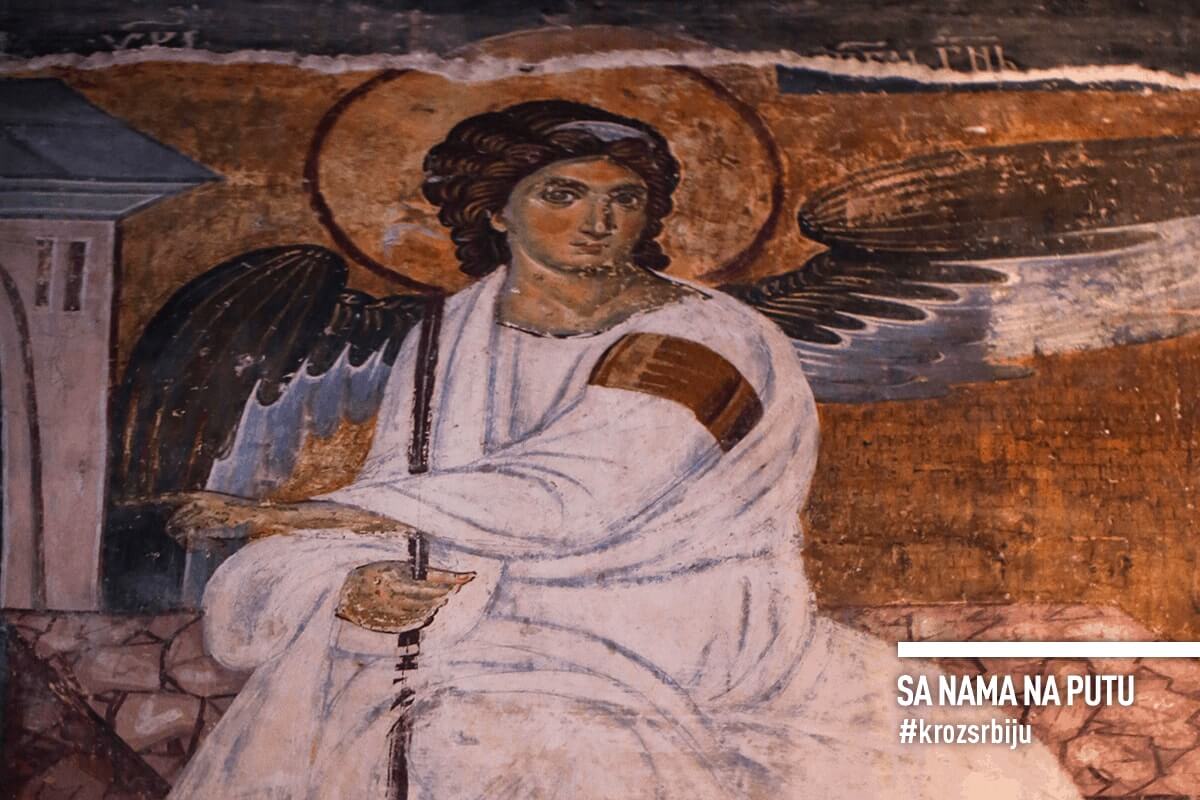
Inside the white walls of Mileševa, the atmosphere is that of vibrant life, intimacy and serenity. The joy and hope, gifted by the White Angel to every living soul that steps inside.
Because Manasija is the temple of the knights
The supreme achievement of Serbian building prowess in the late Middle Ages. A gigantic, powerful fortress, surrounded by thick, high defensive walls with 11 towers and an additional outer protective wall. Inside the fortress, there is the Church of the Holy Trinity, the pearl of the Morava architectural school. In the early years of the XV century, Manasija was founded by the son of Prince Lazar, despot Stefan Lazarević, in the vicinity of present-day Despotovac. The knight above all knights. A hero, patron, writer and poet. As he skillfully wielded both the sward and the pen, backed by excellent education, he gathered in his monastery the writers, monks, translators and transcribers to illuminate the manuscripts and books. This is how the famous Resava school came to life. The monastery, also called Resava, was the centre of spirituality and enlightenment over the next several centuries.
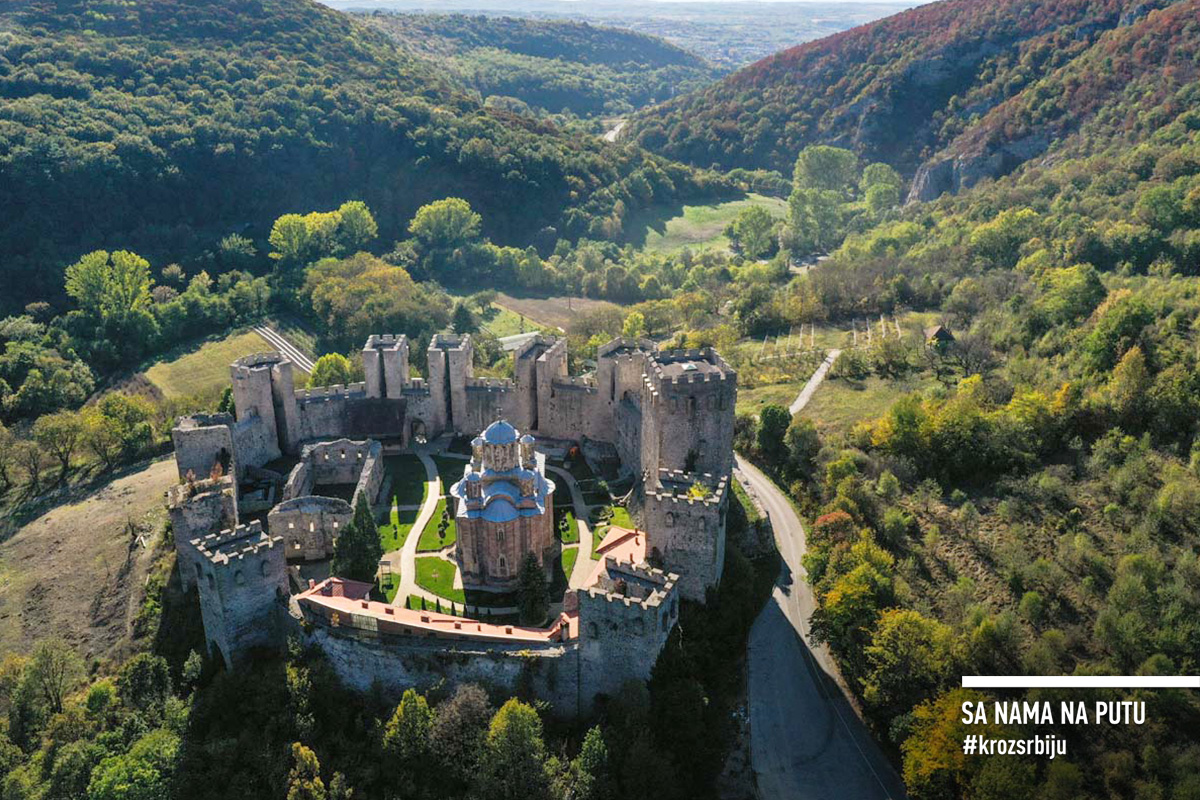
Although only a third of the original paintings have been preserved, they represent the supreme achievement of medieval paintings in Serbia. The most famous is the composition portraying despot Stefan, the 12 holy warriors, depicted in motion, and the image of Archangel Michael, which is associated with interesting folklore. It was ravaged, devastated and looted times without number. And restored as well. Today, bordered by dense greenery and a forest, it resembles a mysterious fairytale castle. In the last few years, he has been the host of the Despot Stefan Lazarević International Festival of Chivalry. It celebrates courage, honour and a good reputation.
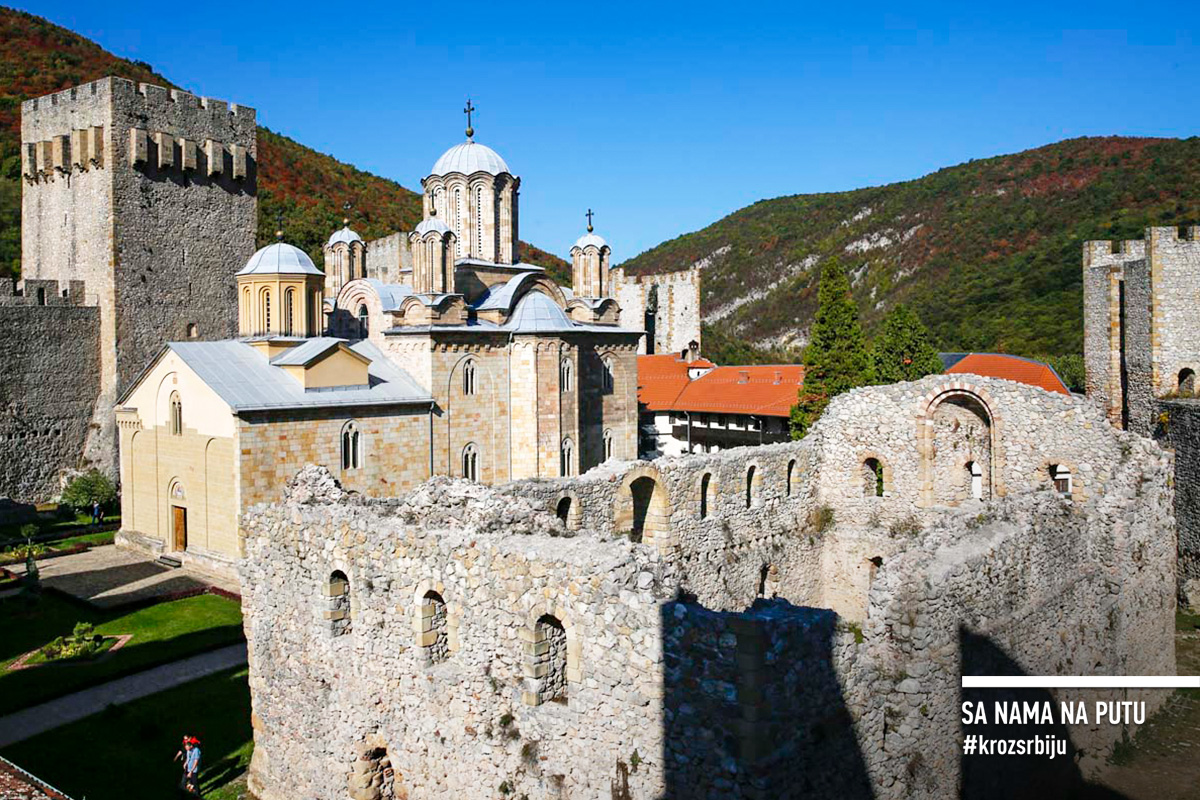
5. Because the lakes of Serbia can replace the sea
It’s not like Serbia can have everything. Salty shores were not its destiny, at least not in its recent history. But nature gave its best in the mountain and lowland lakes.
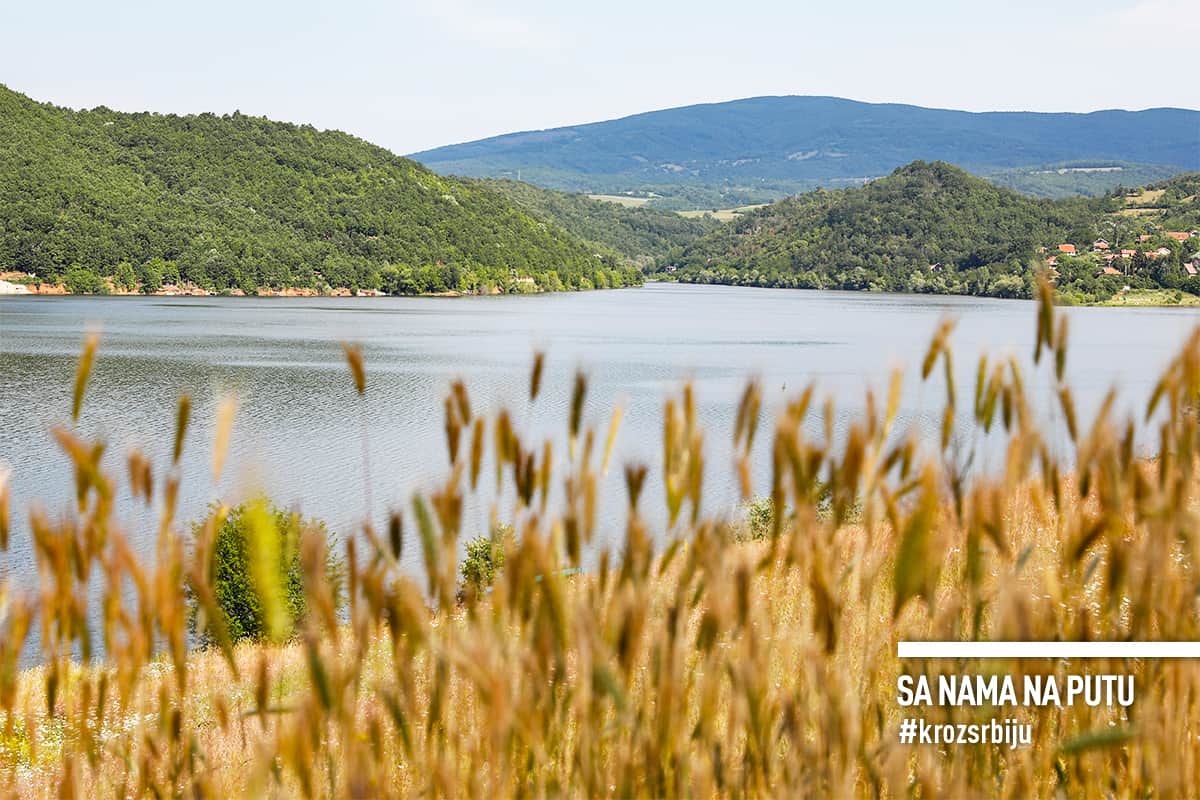
Because Vlasina is a retreat for nature lovers
Once a vast swamp, today an exceptional landscape, boasting diverse flora and fauna. It is the second-largest lake in Serbia and, at the height of 1,200 m above sea level, it is also the highest. The water is crystal clear and chilly. It simply refuses to warm up even in the summer months. The floating islands are its unique feature, with only a dozen in existence today. They rest stranded until powerful winter winds set them in motion. Visited mostly by true nature lovers as there are hardly any amenities. But almost everything that nature can provide is here.
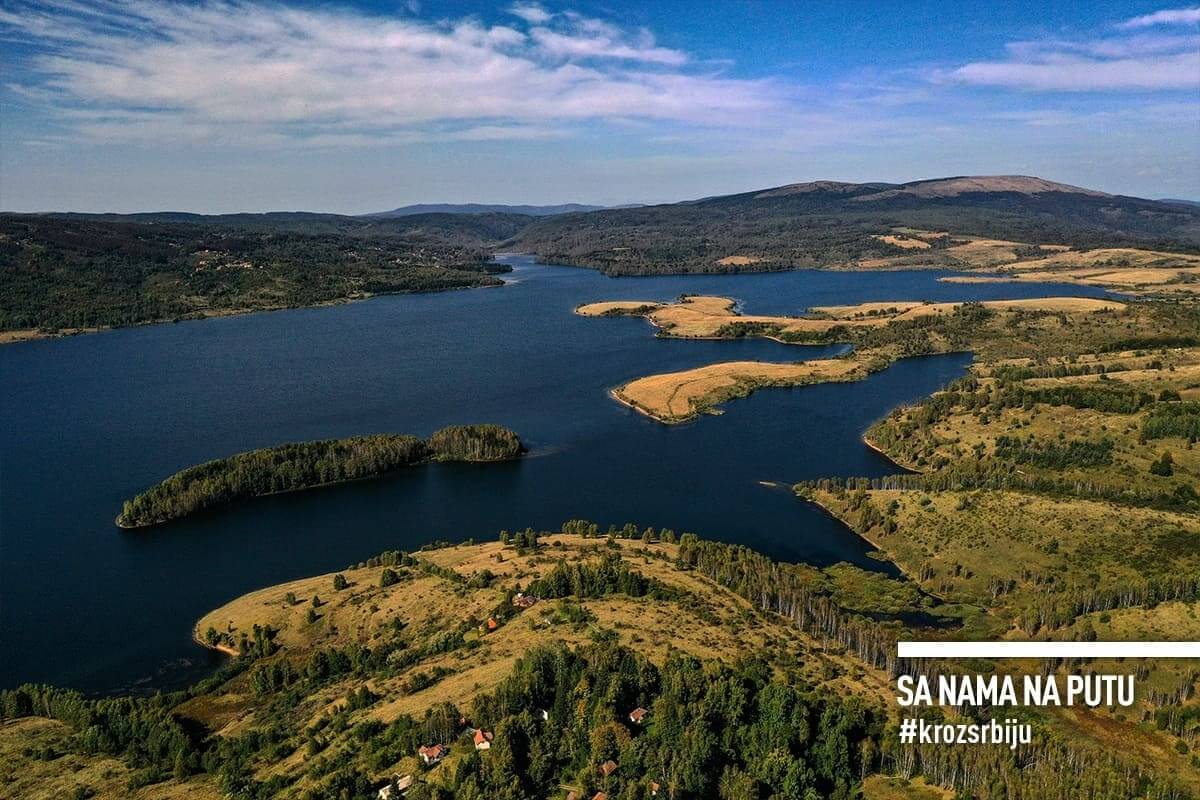
Because Palić is a pride of Vojvodina
A well developed and appealing destination, better known for plenty of services rather than just for swimming. Despite its long shores, many are reluctant to get wet. As the host of the Olympic Games, 16 years prior to the first official modern Games, it still cherishes the spirit of sports. Bicycles, rickshaws and rollerblades and joggers take to the promenade, while kayaks or pedal boats cruise the lake. Green parks and gardens, interesting architecture, cafes and traditional restaurants offering various Vojvodina specialties. For the youngest, there is a small zoo, better said safari, whose residents are allowed to roam freely. There are several famous salašes and horse stables in the neighbourhood. And Subotica as well, with its lavish architecture.
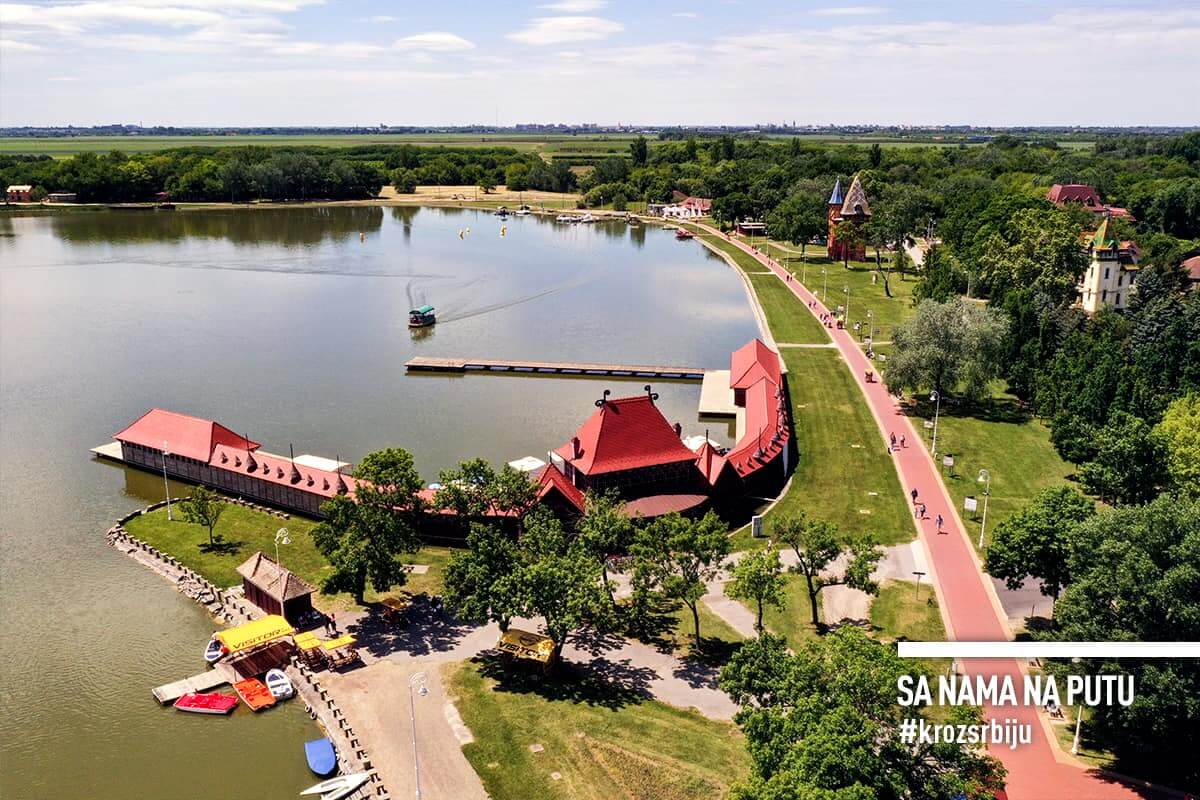
Because the Silver lake offers the spirit of the sea
The colour of the water is not silverish, but it shimmers as the sun sets down. People cherish the goods that their names were dubbed “gold” and “silver”, which is how the bullheaded branch of Danube got its name. The grass and pebble beach stretch along the shoreline, with concrete sundecks here and there. A swimming pool has been built to accommodate diving and the most award-winning national sport – water polo. The promenade is a true waterfront, a spectacle of colours. With cafes named after luxurious European resorts. The little ones can enjoy the aqua park and playgrounds, with various sports fields and a mini-golf course available for the sporty. In addition to the hotel and private accommodation on the Silver Lake, you can camp in a trailer, under a tent or anchor your own boat in the marina. There’s a boat offering a three-hour cruise along the Danube. An entirely new experience of the blue river.
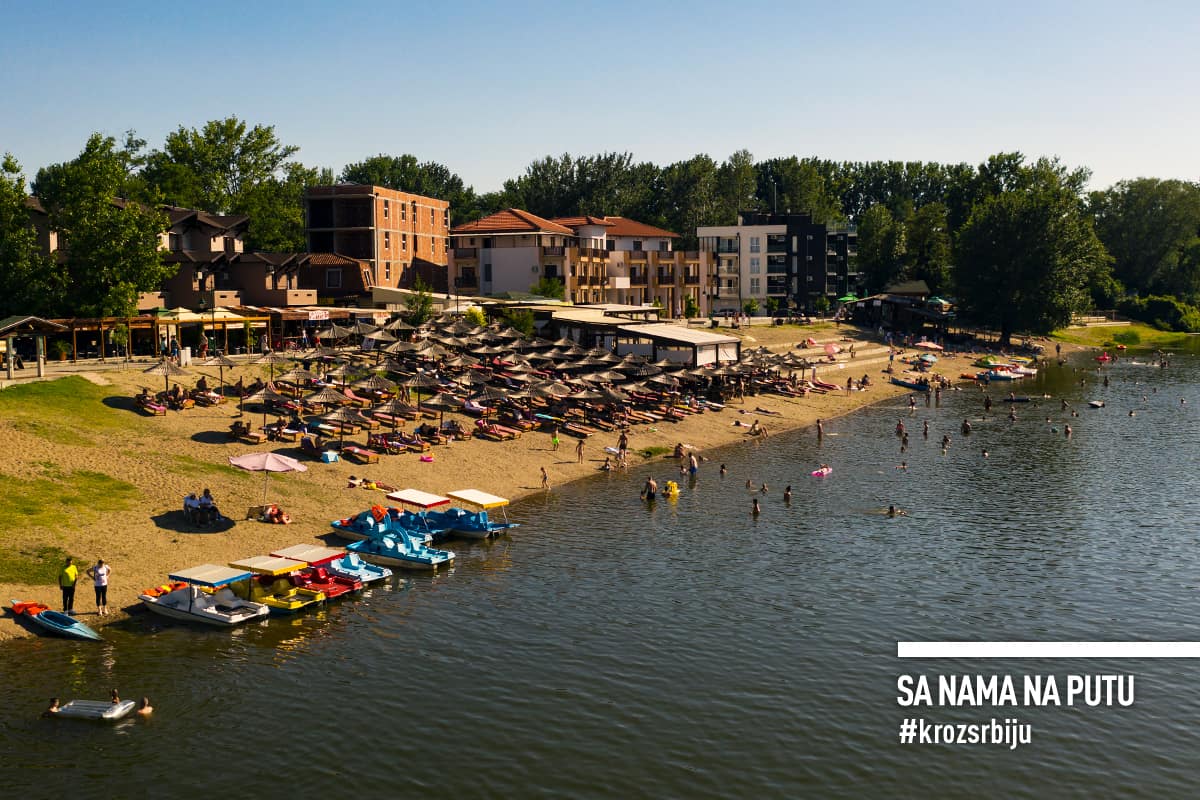
6. Because Serbia’s cities have a turbulent past
According to many, the past was cruel and the present is unjust. Big or small, young or old, each city contributed to freedom and development and spawned at least one notable person. And each one holds at least one secret or its unique treasure.
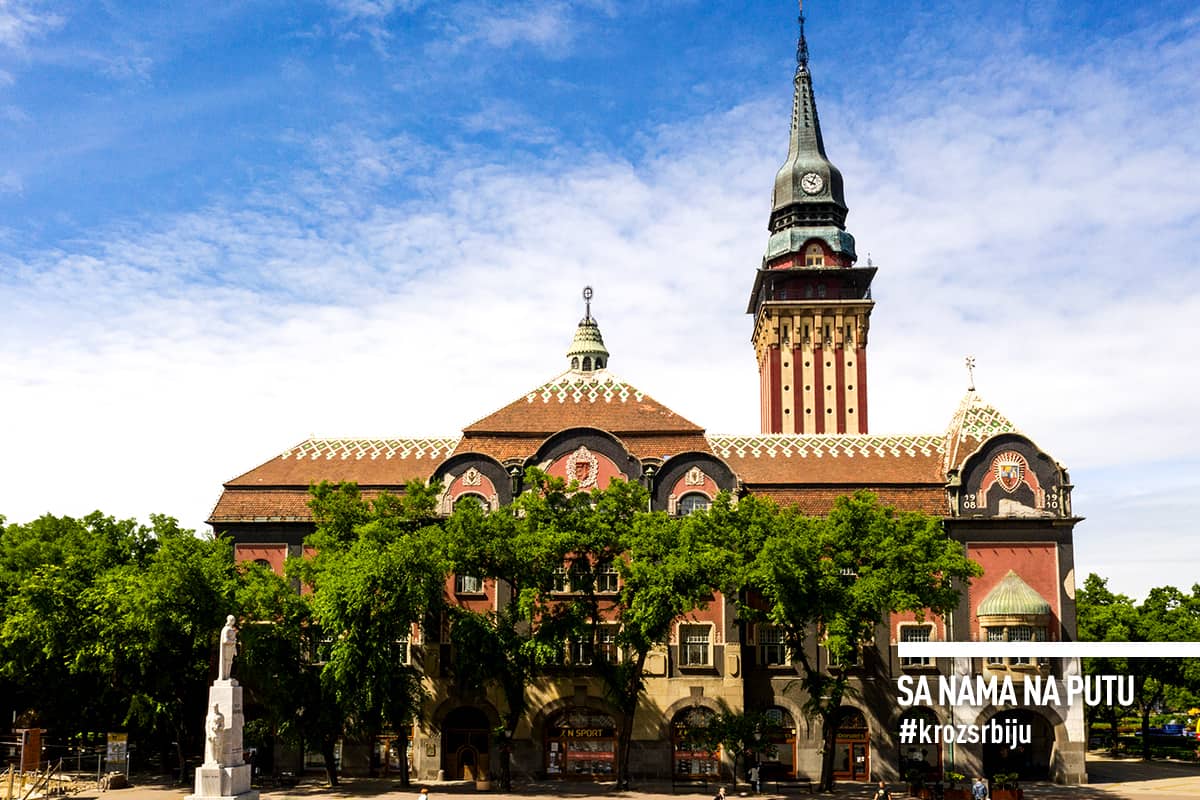
Because Vršac is a town of wine and poetry
City of wine, renowned people and harmonious community of different nationalities, cultures and religions. Remarkably wealthy. Clean. With lovely, well-preserved majestic buildings, with the Government Court of the Banat Eparchy standing out. With a substantial religious heritage. The city is dominated by the Roman Catholic Church of St. Gerhard, an imposing neo-Gothic building. The city park, modelled after the French and English gardens, is a botanical garden of a kind. It’s home to the Air Force Academy. Except for the father of Serbian drama, Jovan Sterija Popović, painter Paja Jovanović and poet Vasko Popa, the city is most famous for its exceptional wine-growing region. Wine drinking has been known since the time of Dacians. A hat off to the worthy tradition.
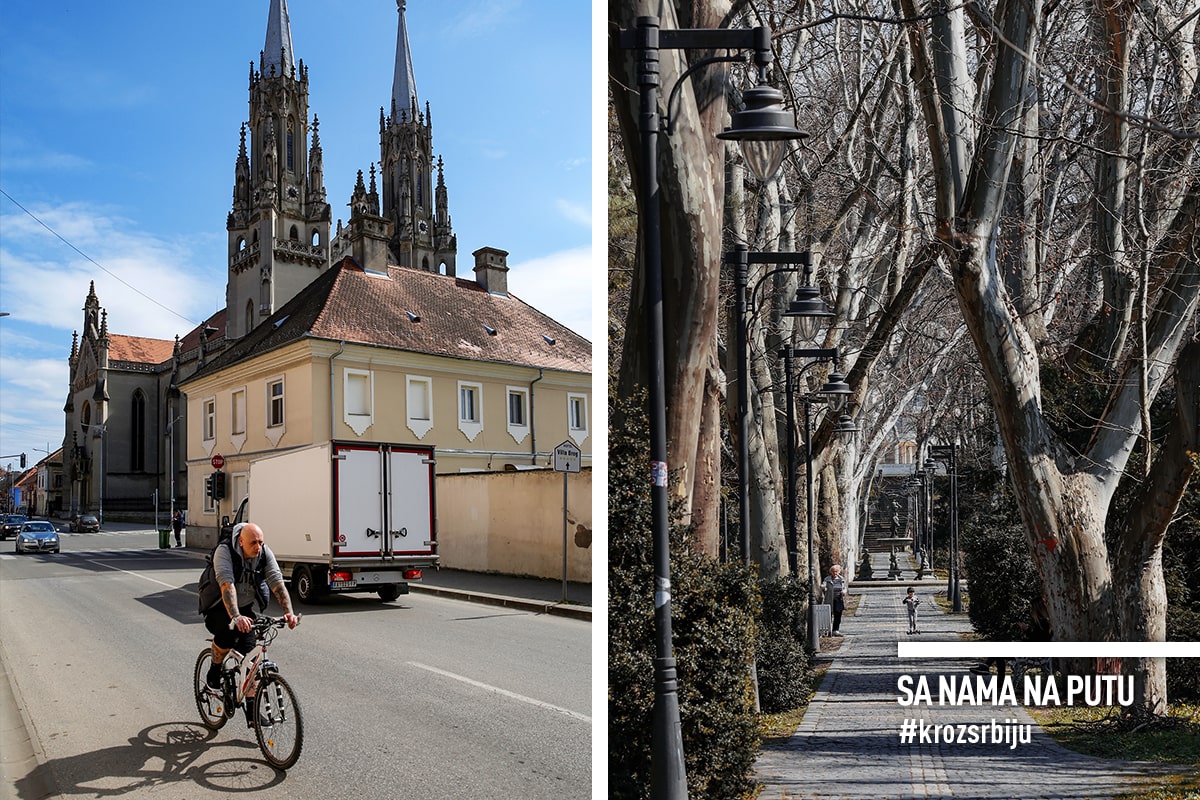
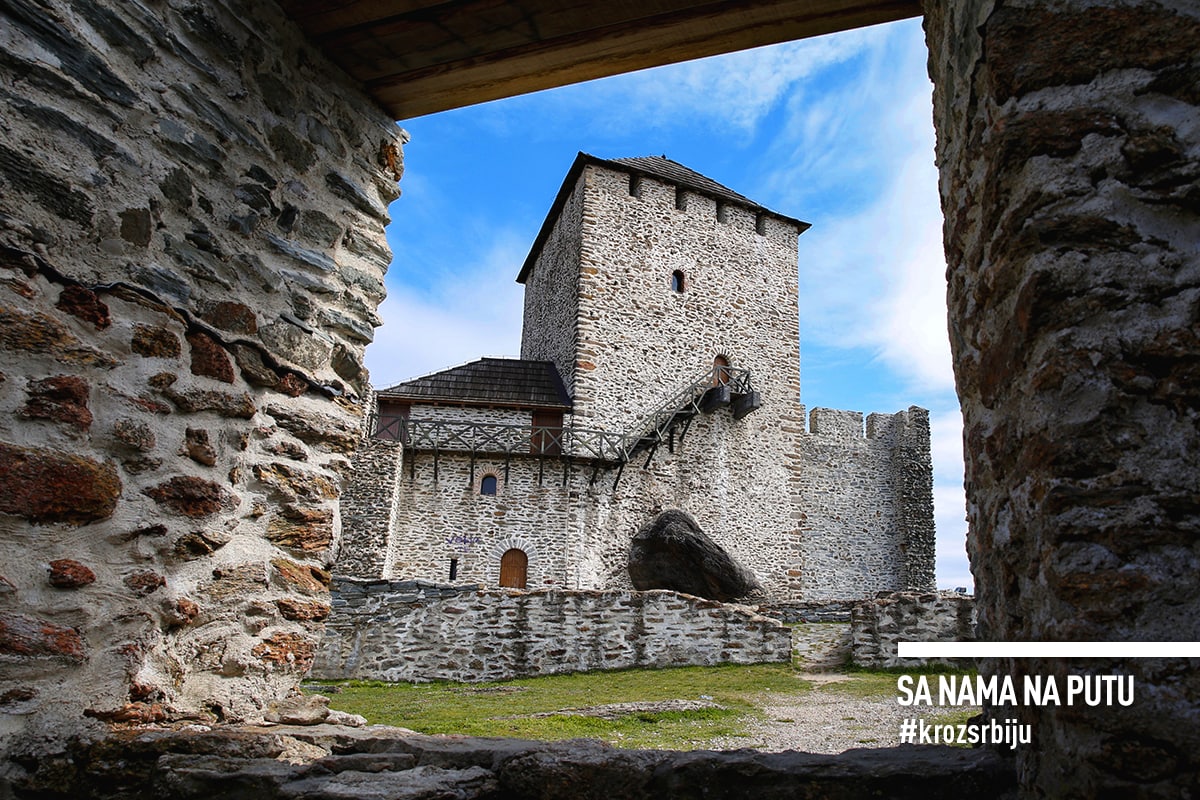
Because Kruševac is city of Czar Lazar
He will forever be associated with the almost mythical Serbian emperor Lazar and the fateful Kosovo Battle. It was the city he reigned from. From a fortress on a hill, now in ruins. Here he gathered his soldiers before leading them to Gazimestan. It was Lazarica, the beautiful church built in the Morava style, where the heroes received their communion. Milić od Mačve donated more than 120 of his paintings, which are on display as part of his legacy. It has a unique tourist attraction, Miniatures Park on Bagdala. Having the shape of Serbia, it houses models of the largest Orthodox temples. It was the birthplace of some of Serbia’s greatest actors – Čkalja, Taško Načić and Radmila Savićević. It has suffered greatly throughout history, with plenty of memorials to the fallen and killed that testify to that. Once an imperial capital, today a city worthy of respect.
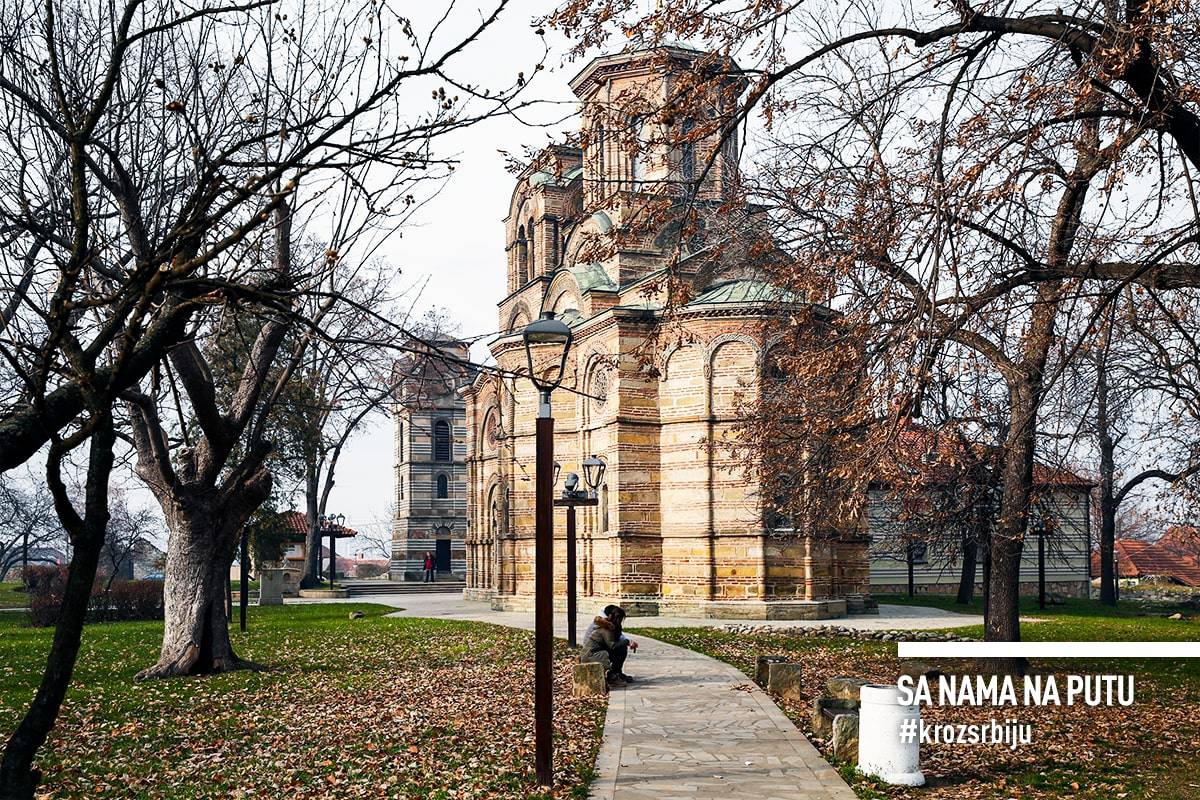
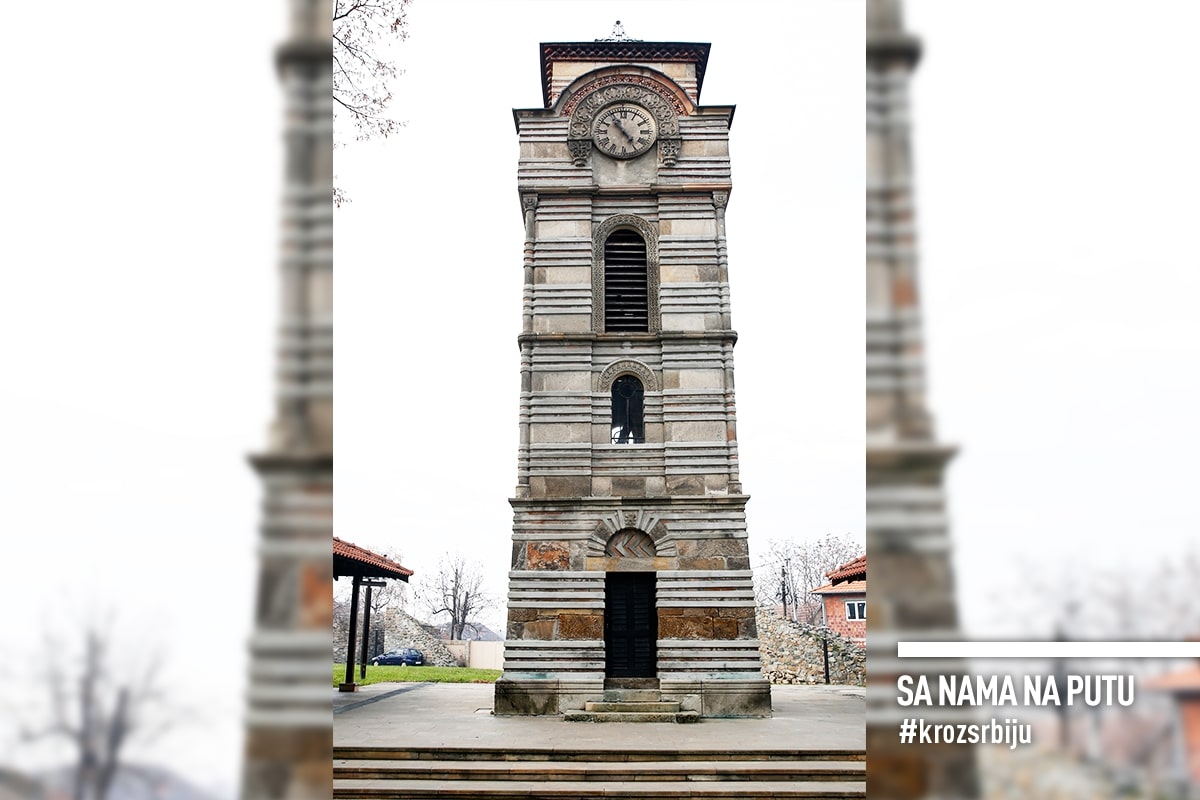
Because Novi Sad is a city of culture
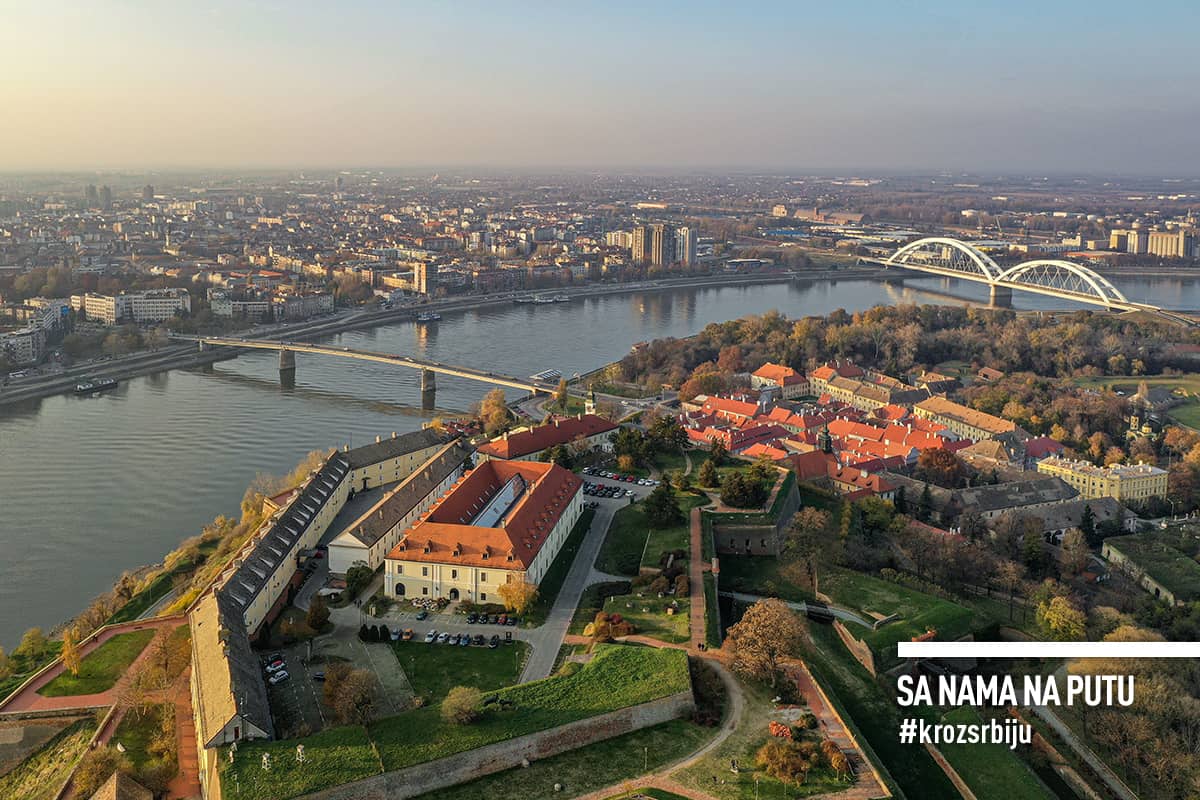
And that’s official now. It is the European Capital of Culture in 2022. It comes as a confirmation of its long-standing nickname, the Athens of Serbia. From its very beginning, it has been oriented towards spiritual life and culture. Its most important institution is Matica Srpska, which was moved to Novi Sad from Budapest in 1864. It cherishes both cultural and religious diversity, which is embodied in its ravishing antique buildings. In the city’s downtown, the Roman Catholic Church of the Name of Mary, the City Hall and the Bishops Palace of the Eparchy of Bačka stand out. Numerous side alleys with diverse goods on offer give the city its special charm. The façades are sleek and tidy and the streets are clean. The pride of the people of Novi Sad. The city relishes in the joys of the Danube. The Strand, the weekend getaways of Ribarsko ostrvo and Kamenjar, and a long promenade are nesting on the Danube’s left bank. On the other side, Petrovaradin, the symbol of Novi Sad adorns the Danube’s right bank. It is one of the best-preserved bastions in this part of Europe. Its construction lasted almost a century, from the end of the XVII to the end of the XVIII century.
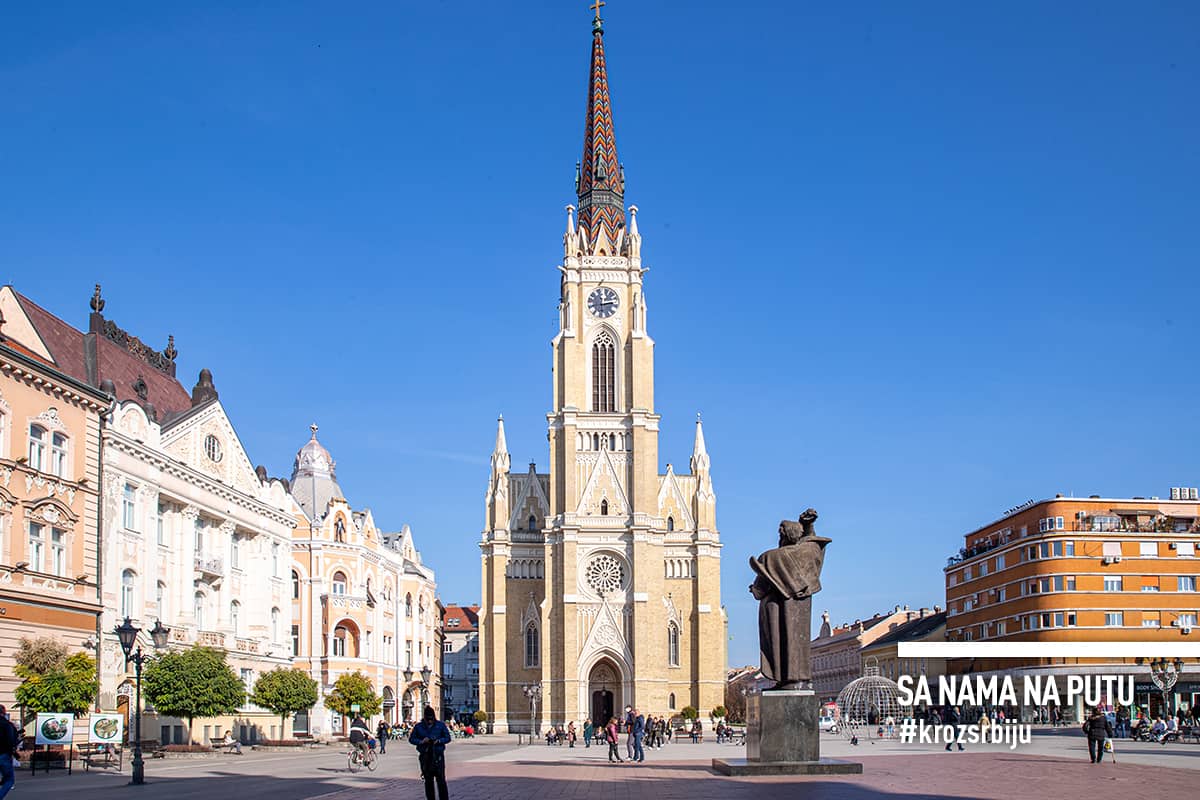
After the bridge, Sremska Kamenica is home to the Zmaj Museum. Deserving of a visit. After all, one should look up to Čika Jova Zmaj. He devoted his life to the youngest among us, he treated equally both the rich and the poor, planted trees, and genuinely loved his country.
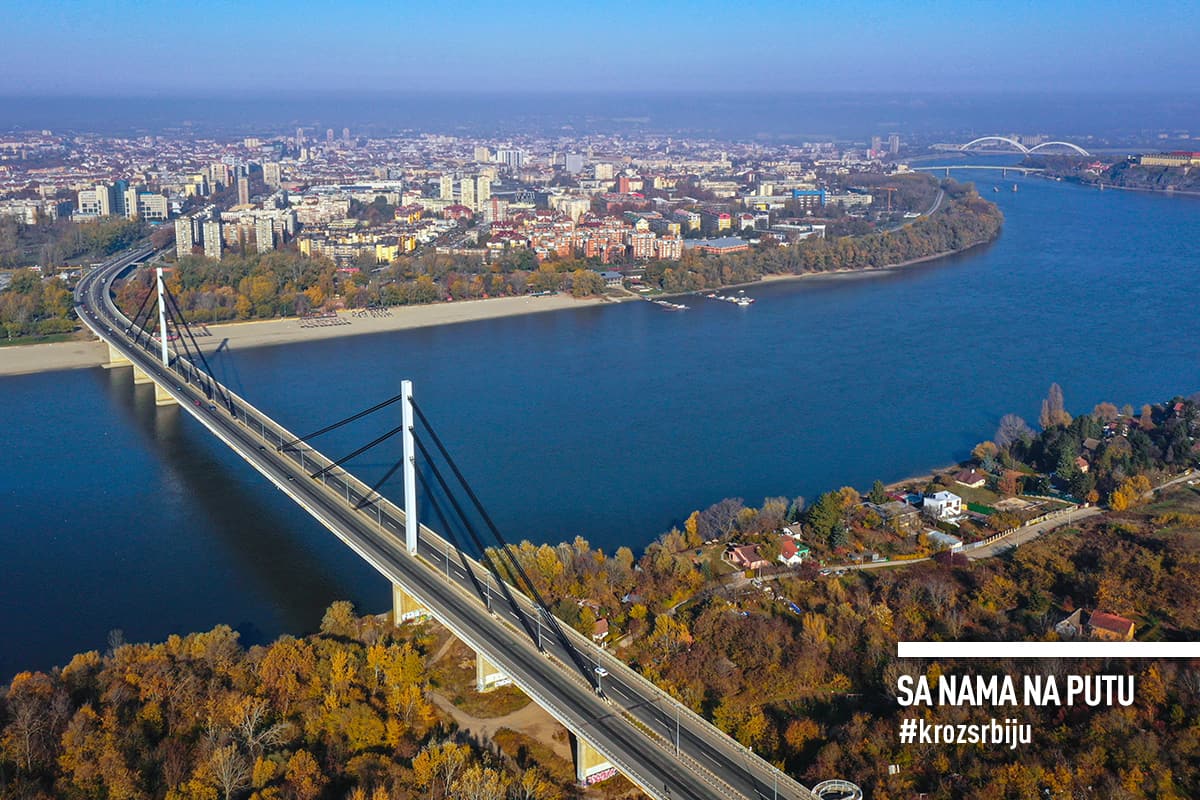
7. Because wherever you go, we’ll be waiting on you with a smile
The beauty of Serbia is so vast that the question “Where to go?” never comes to mind, but only “In what order do we visit them?” Everyone should discover Serbia in their own way, wherever the road takes them.
And once you head for the road, it is good to know that a NIS Petrol or Gazprom petrol station is always along the way whatever that road may take you. With a network of more than 300 petrol stations all over Serbia, offering top products, it will serve your needs, whatever it may be: coffee, delicious burgers, snacks, refreshments, world-class fuel or technological improvement.
You can enjoy yourself at ease or just refuel using the Drive.Go app and head your way without getting out of the car. Rest assured, you will be credited the bonus points if you are a member of the loyalty program “On the road with us”.
